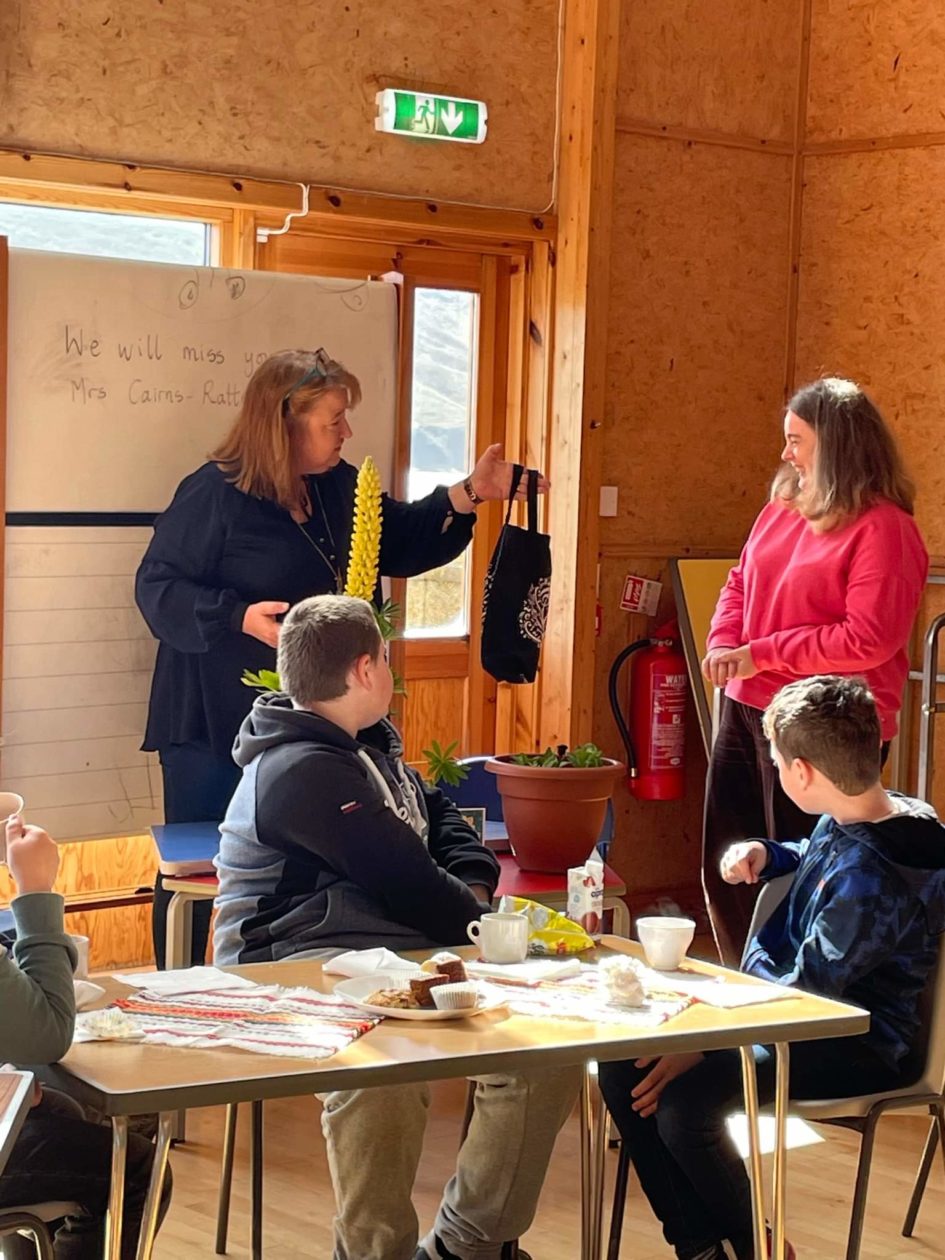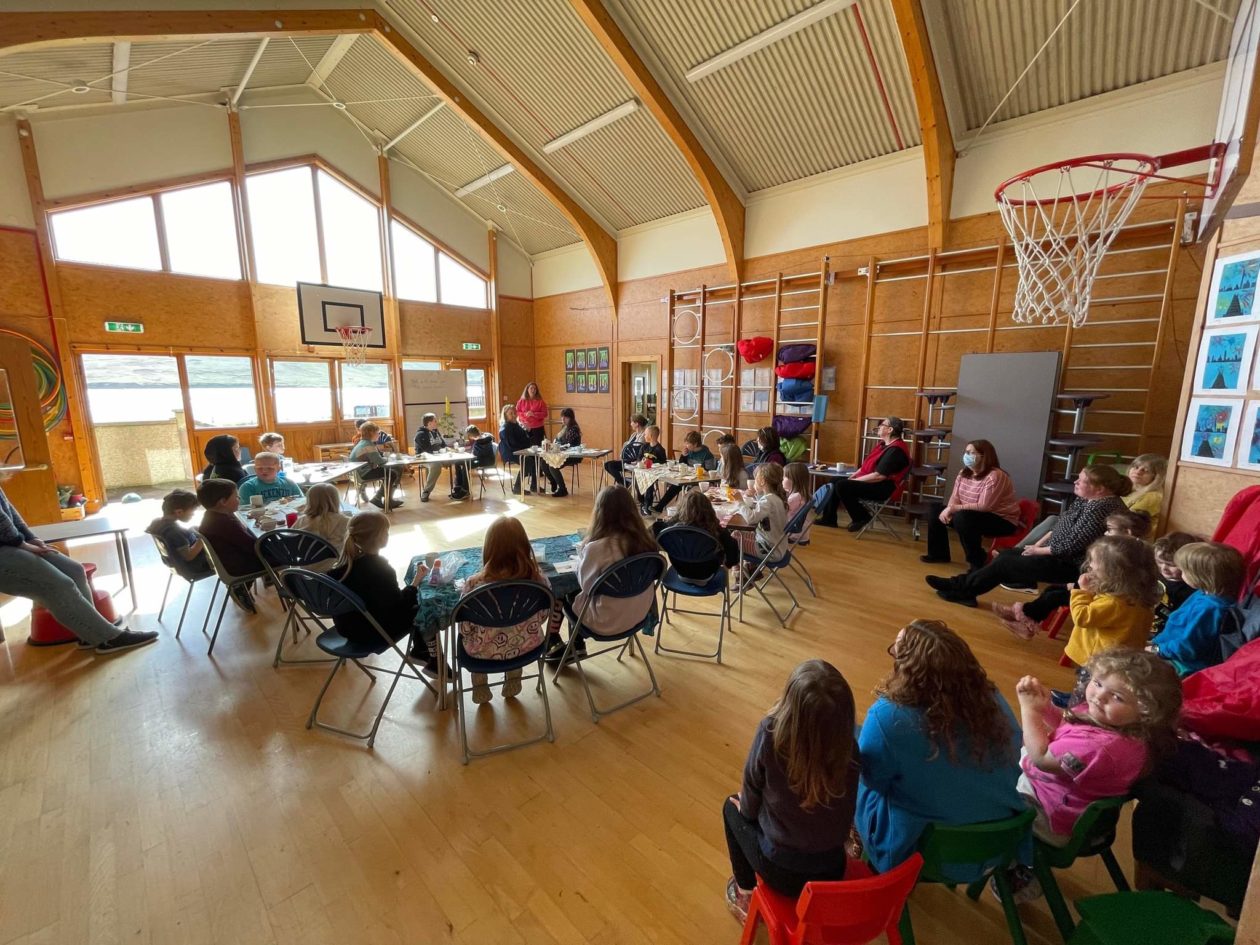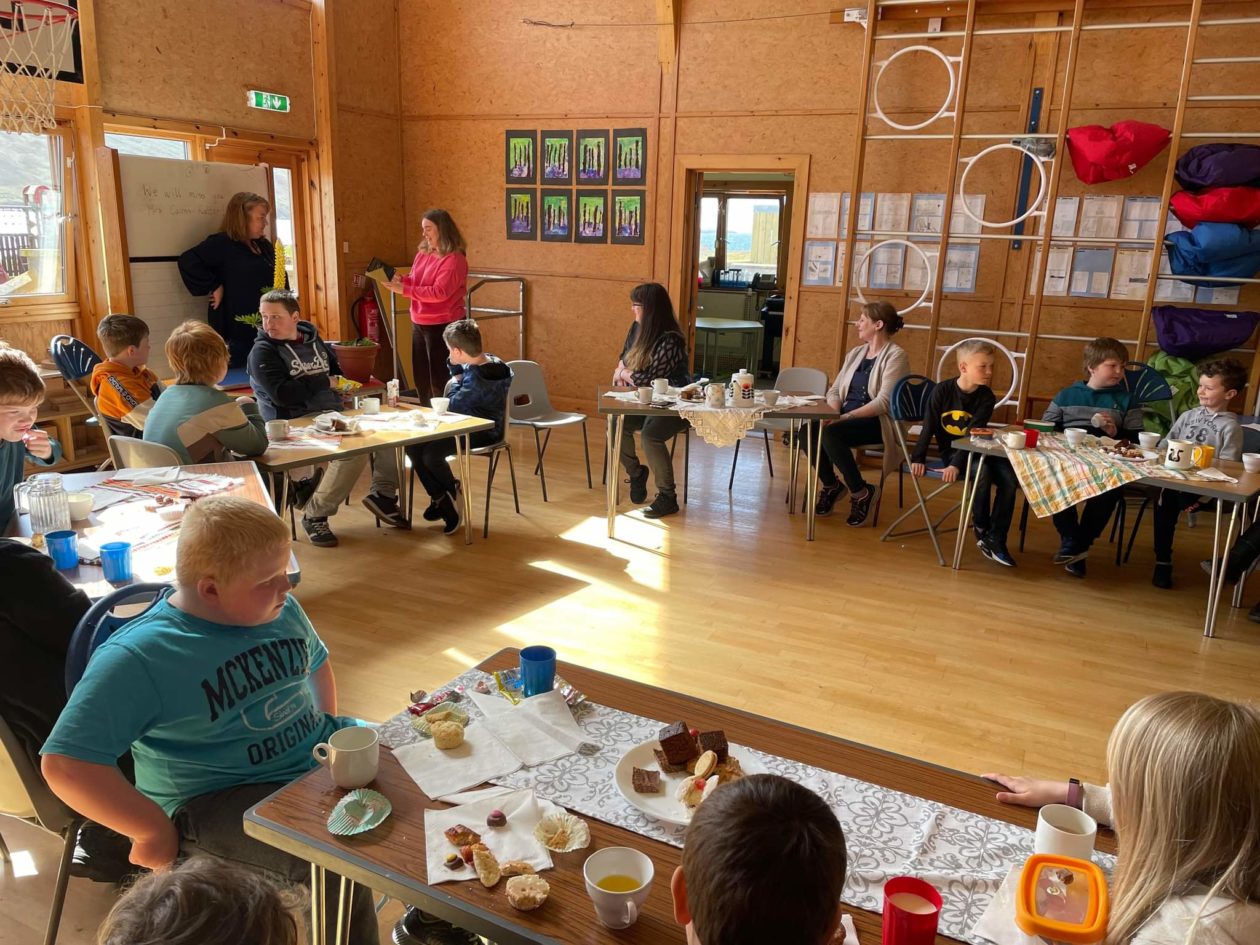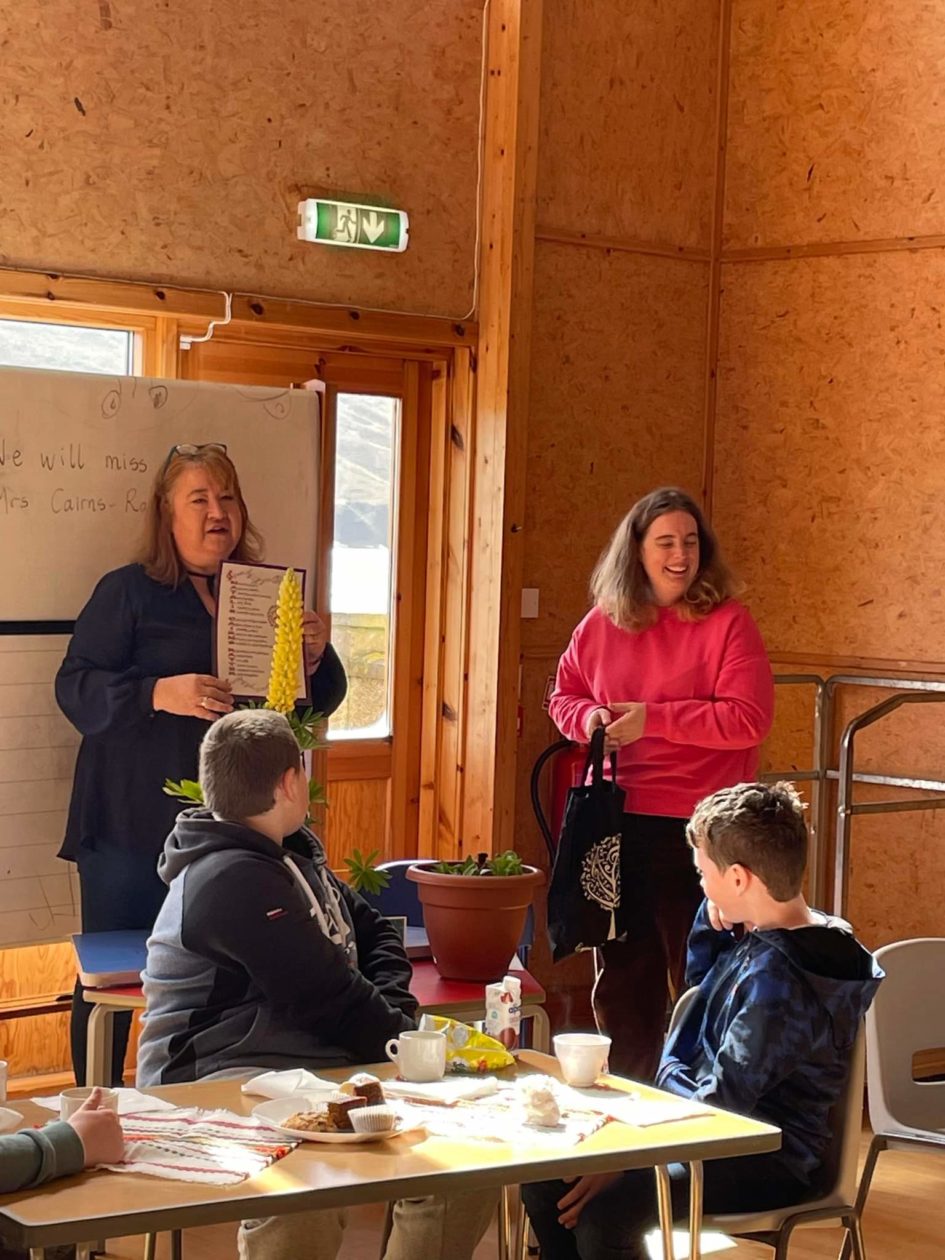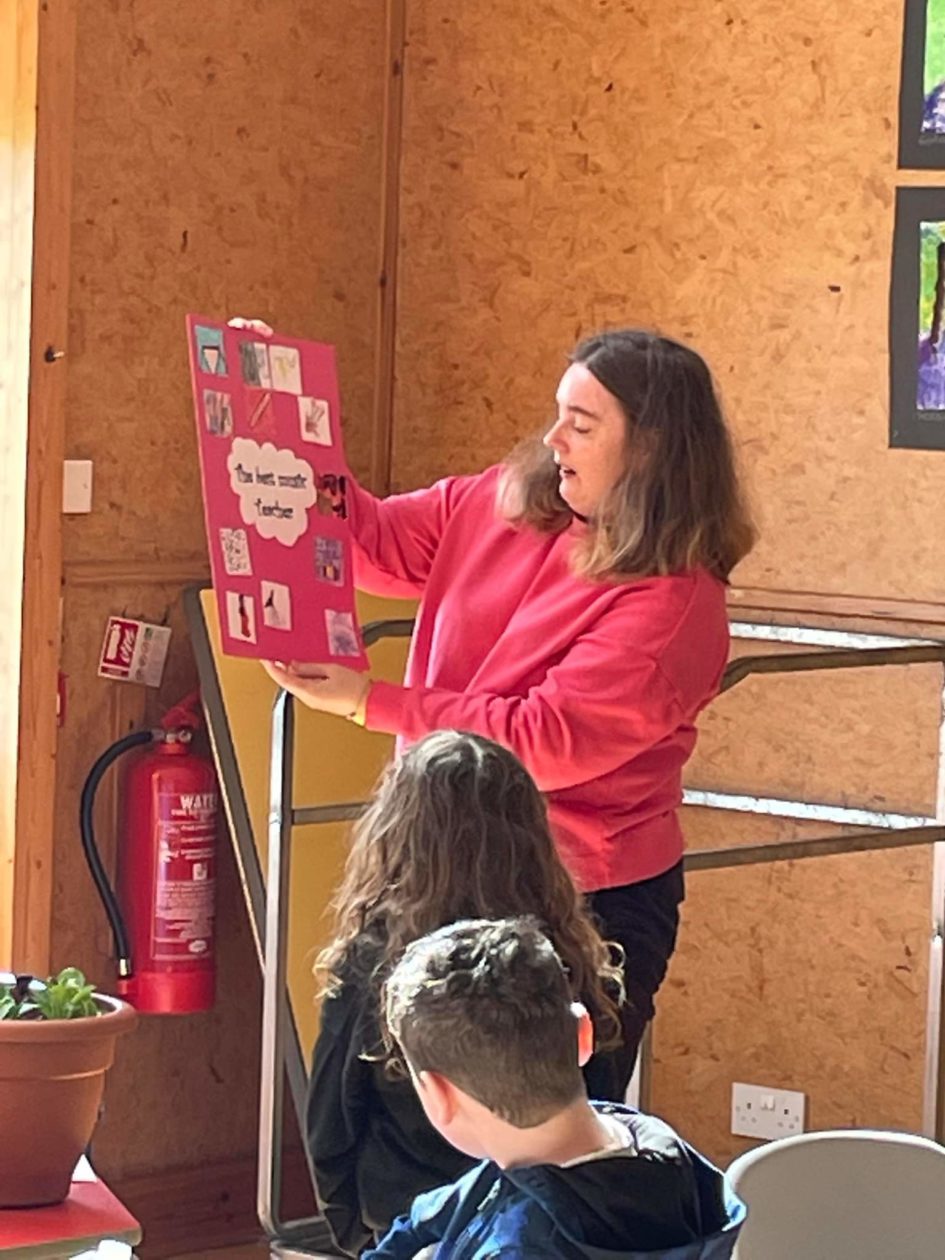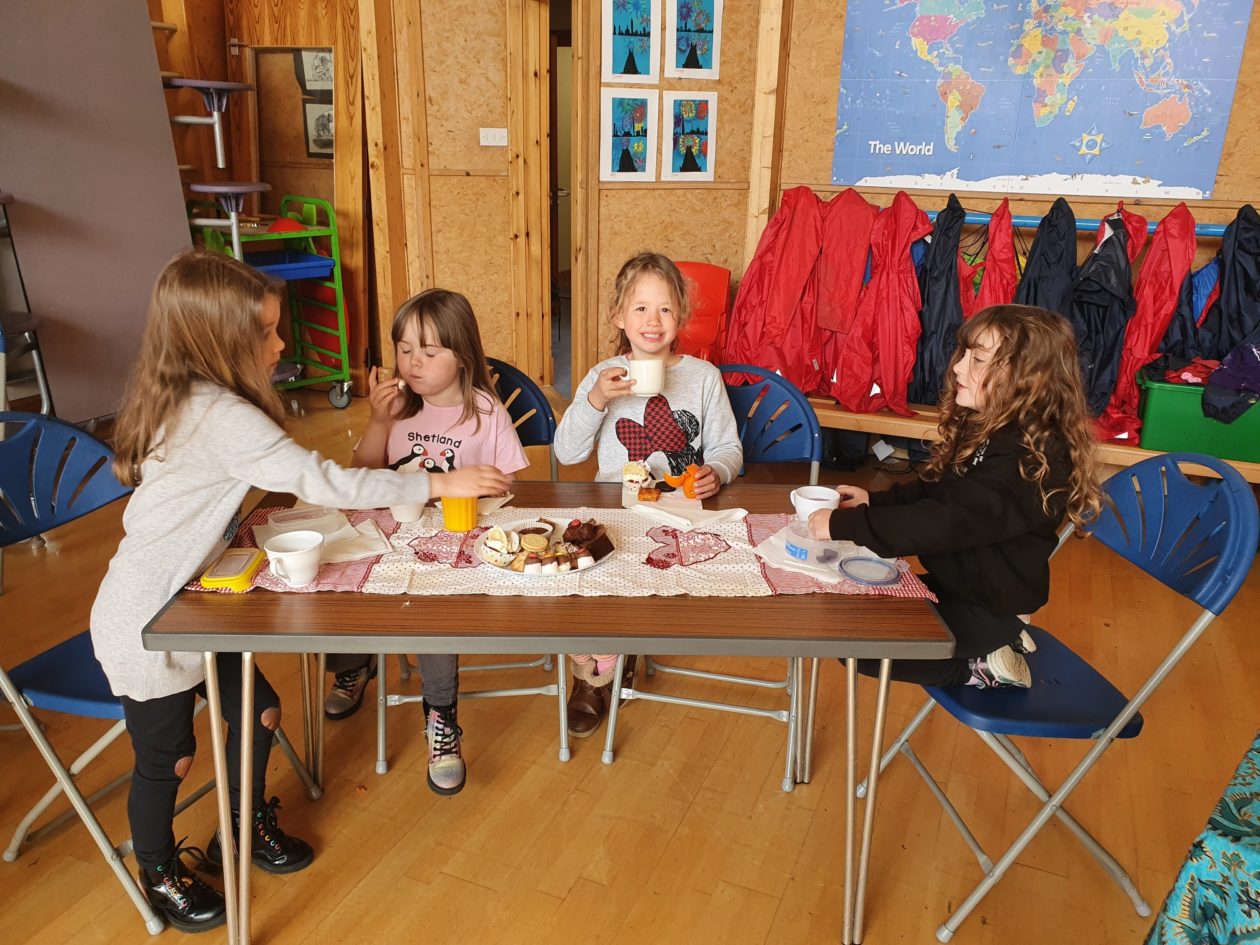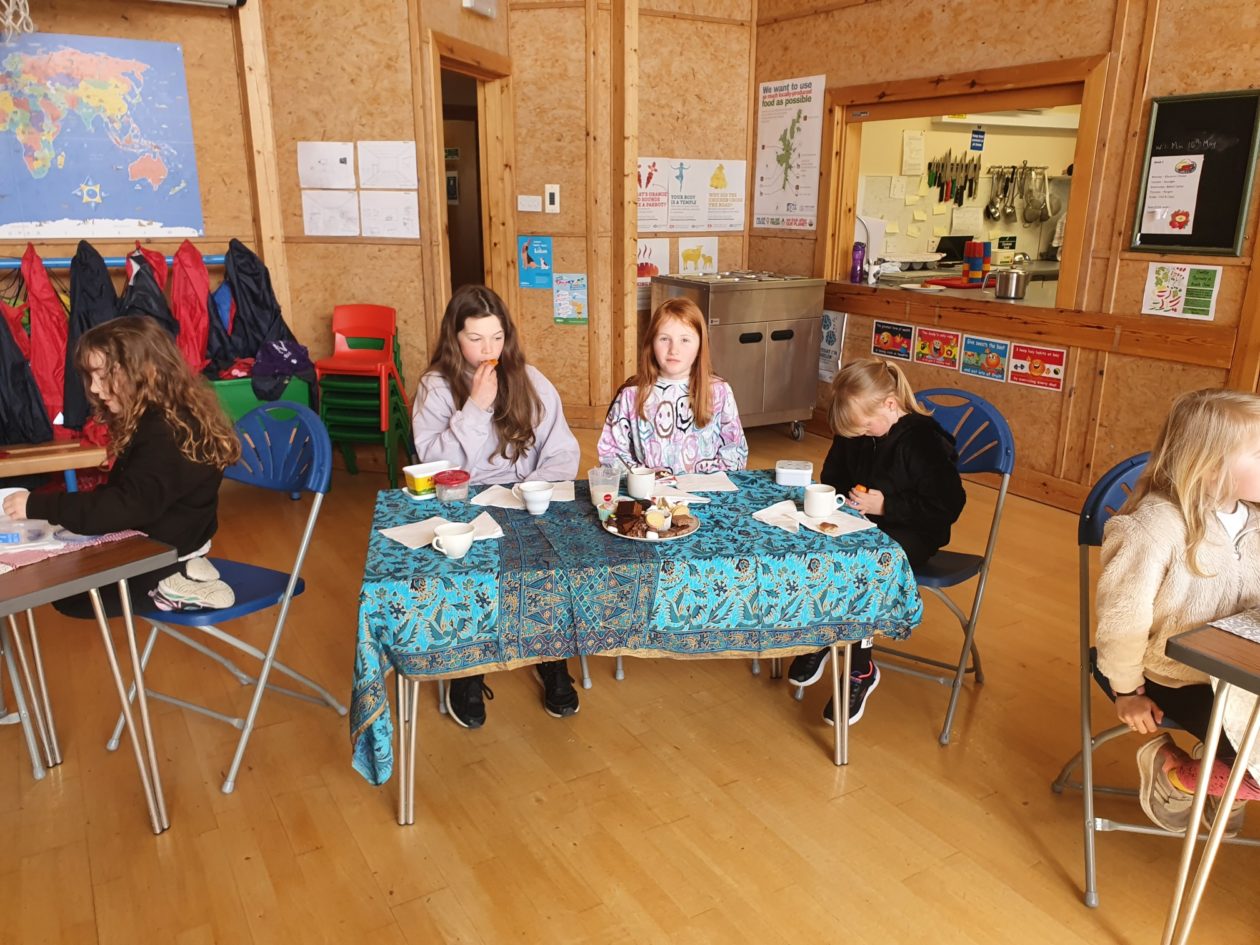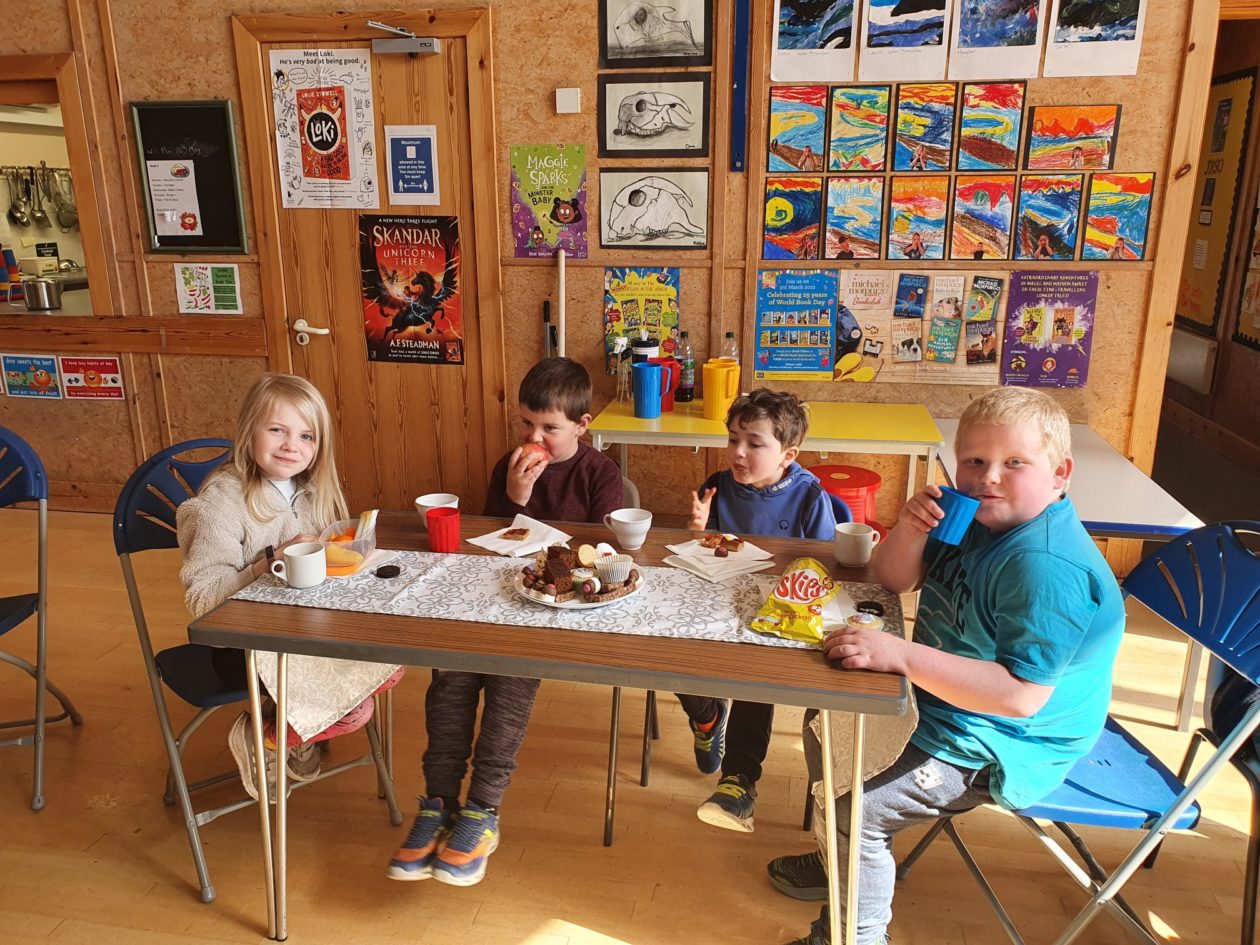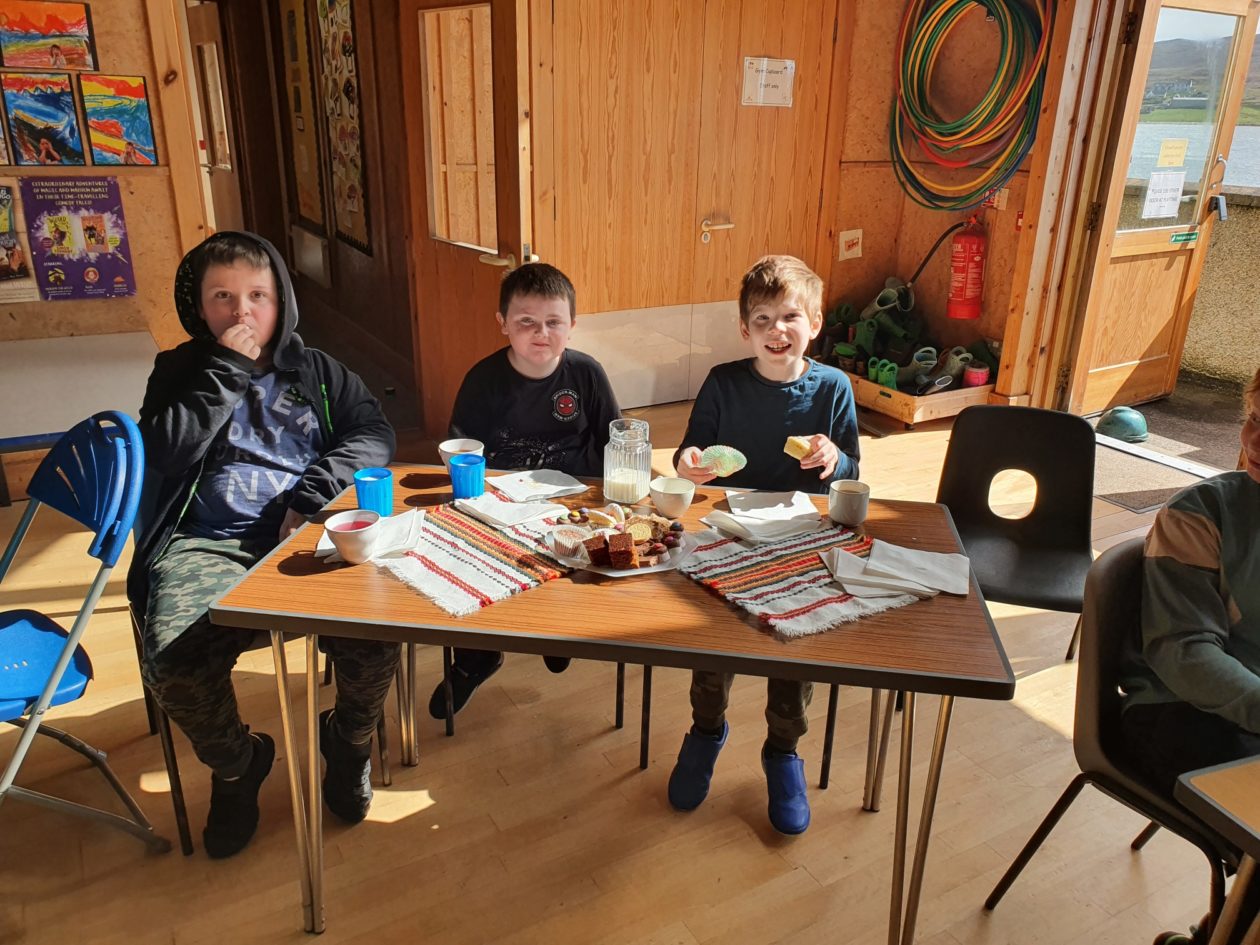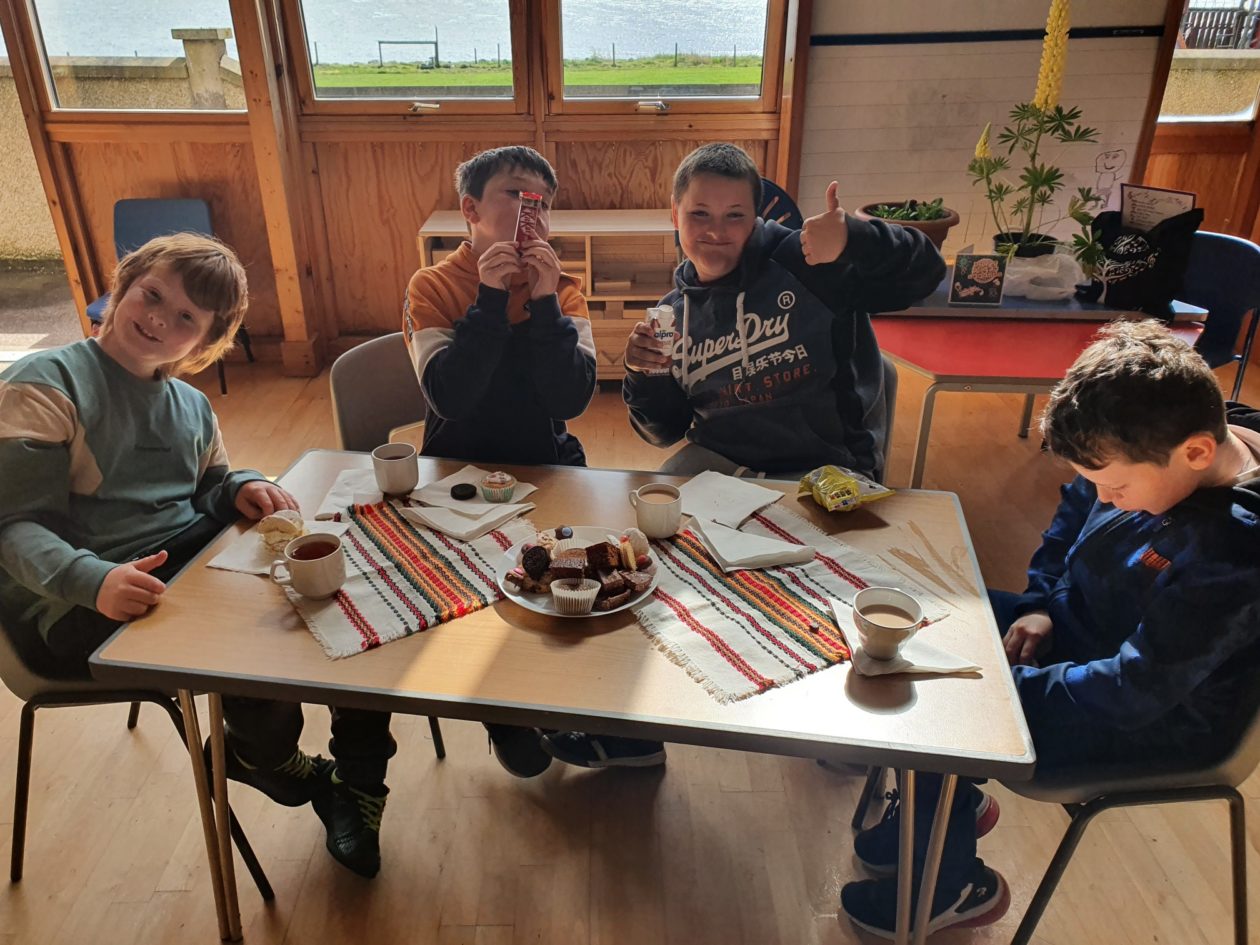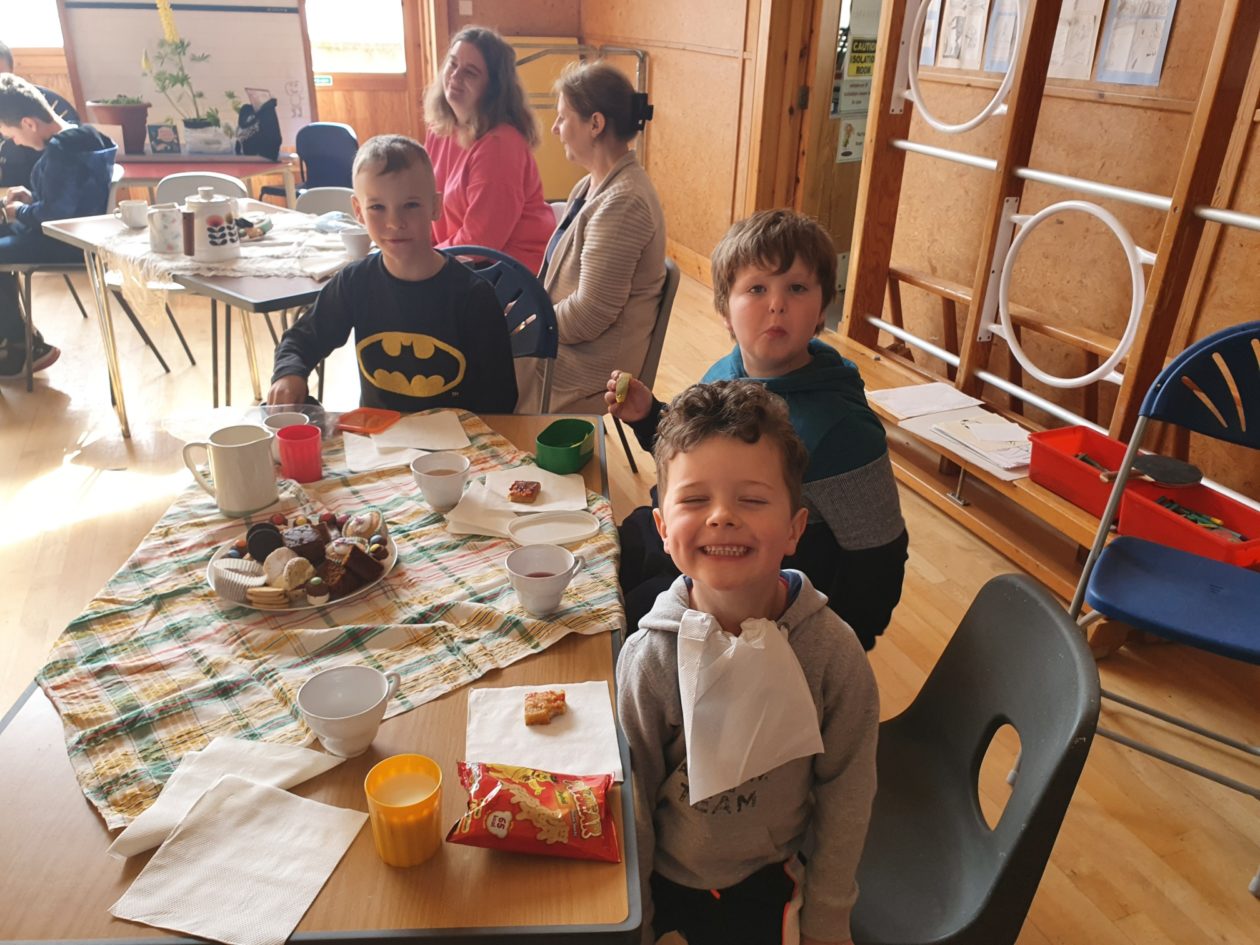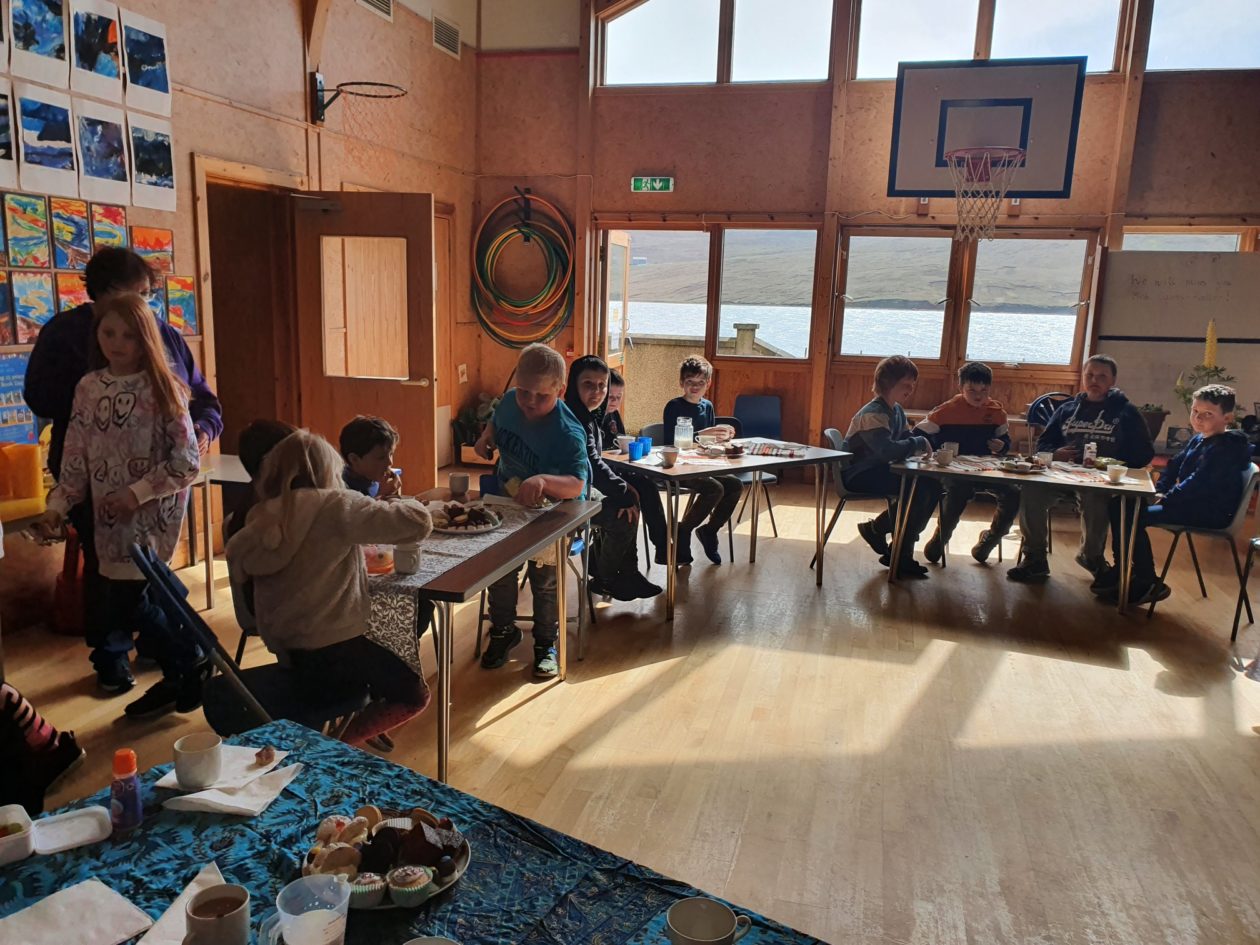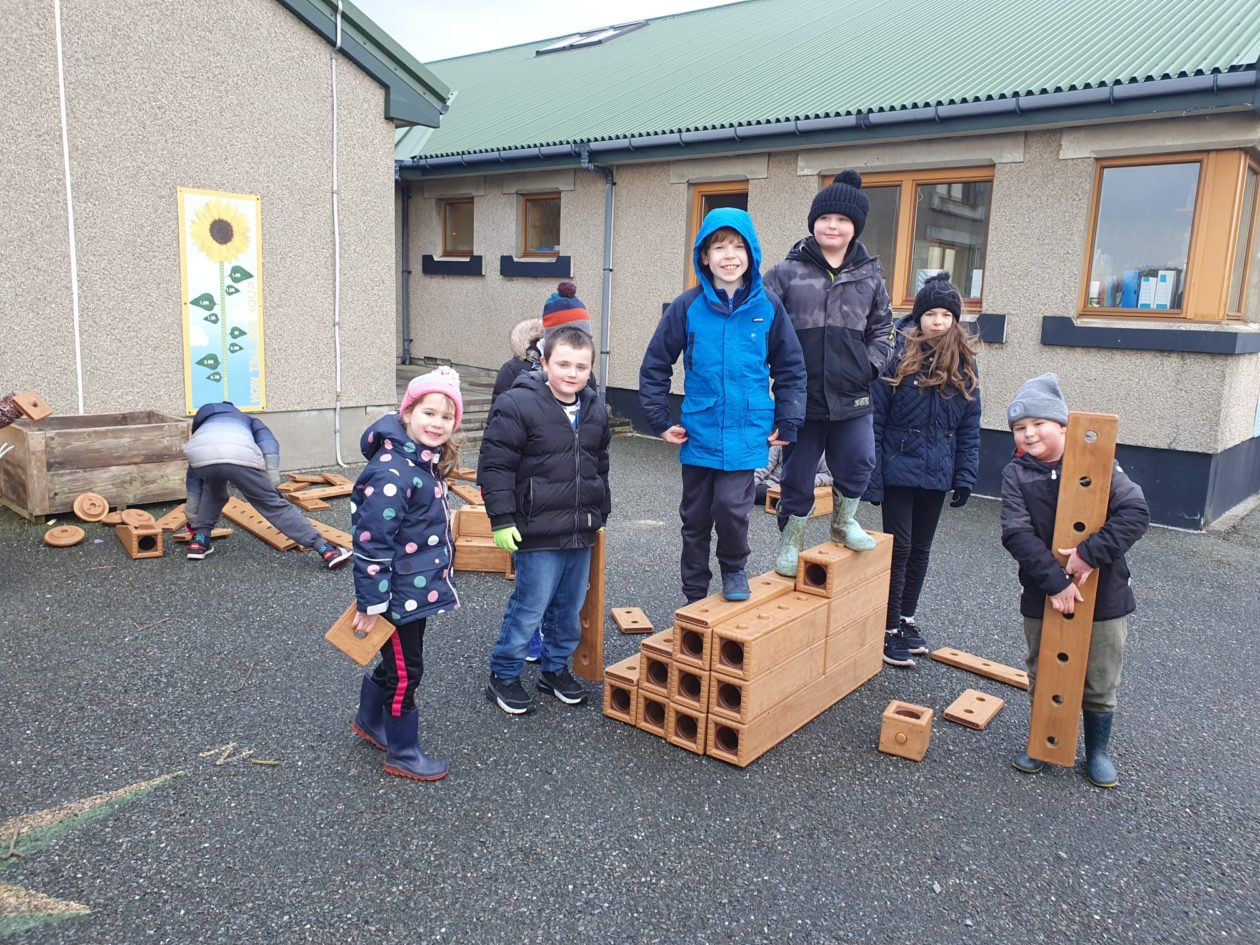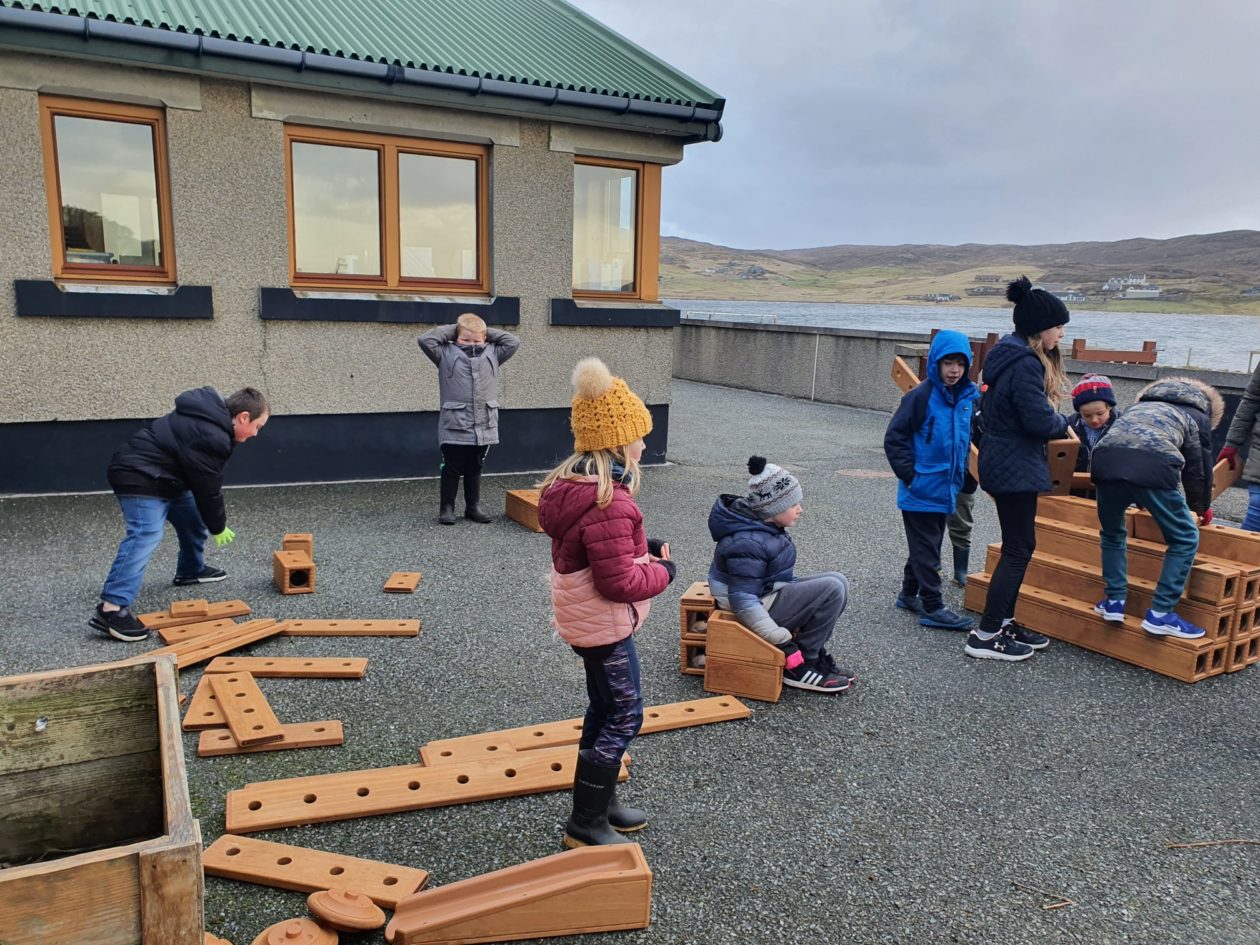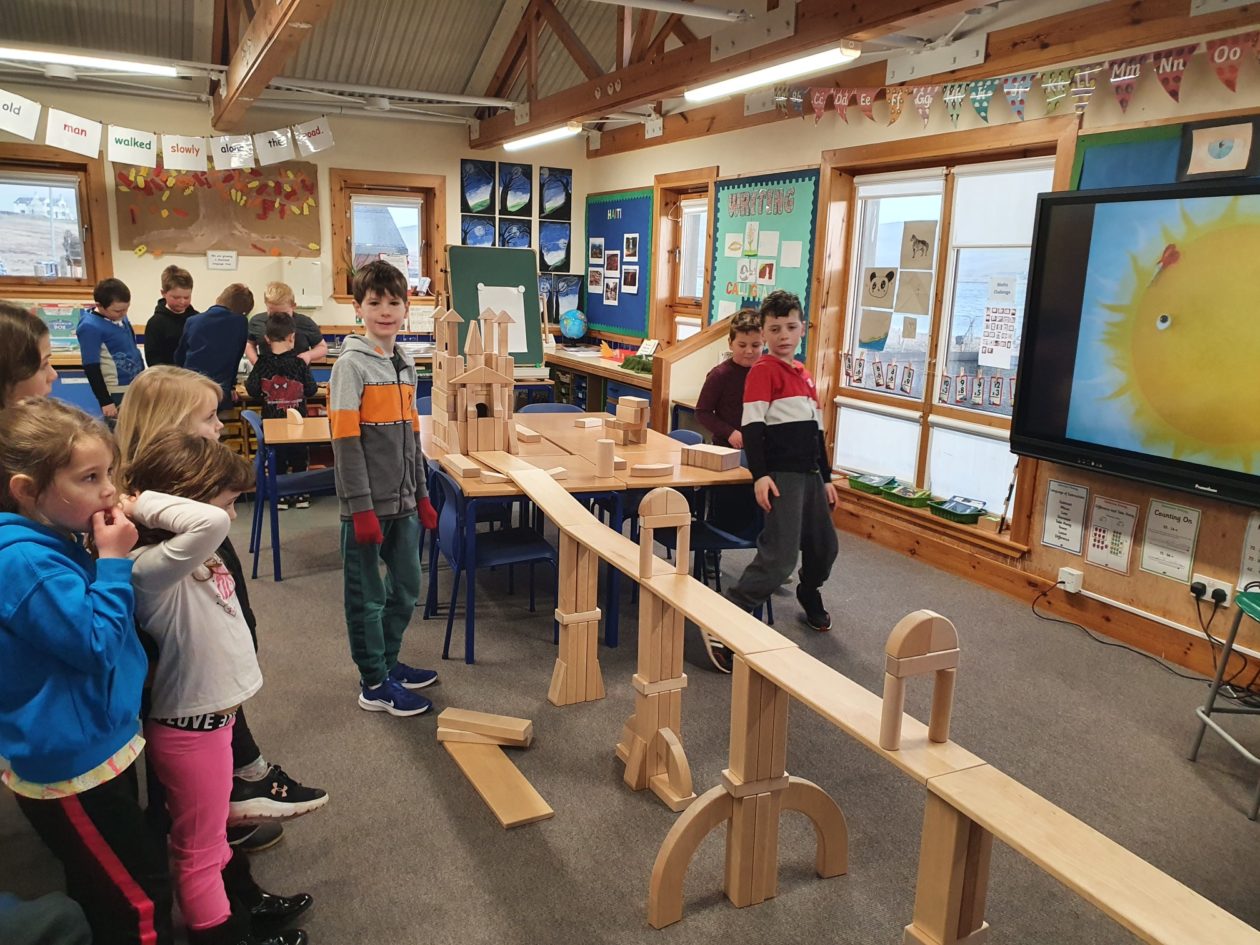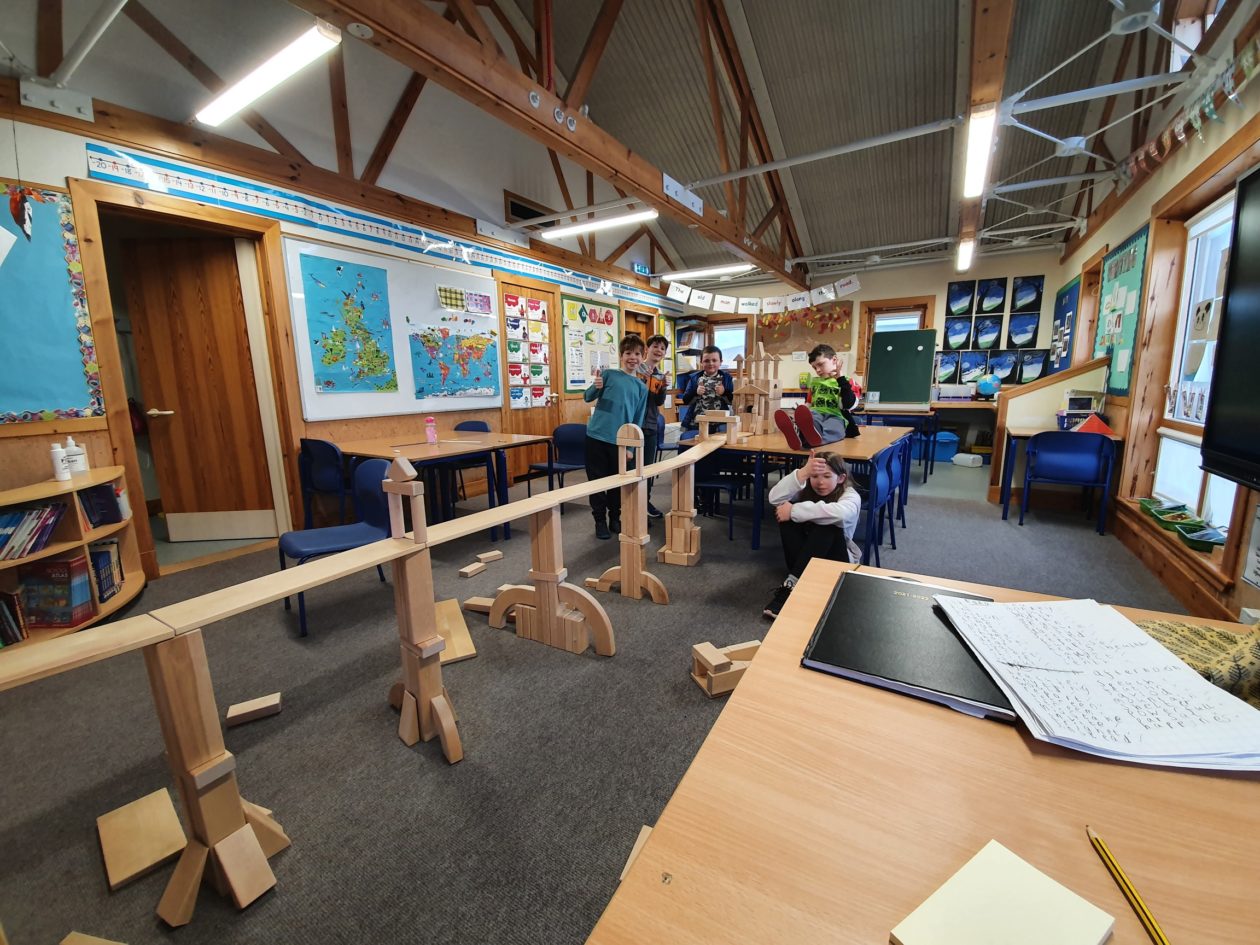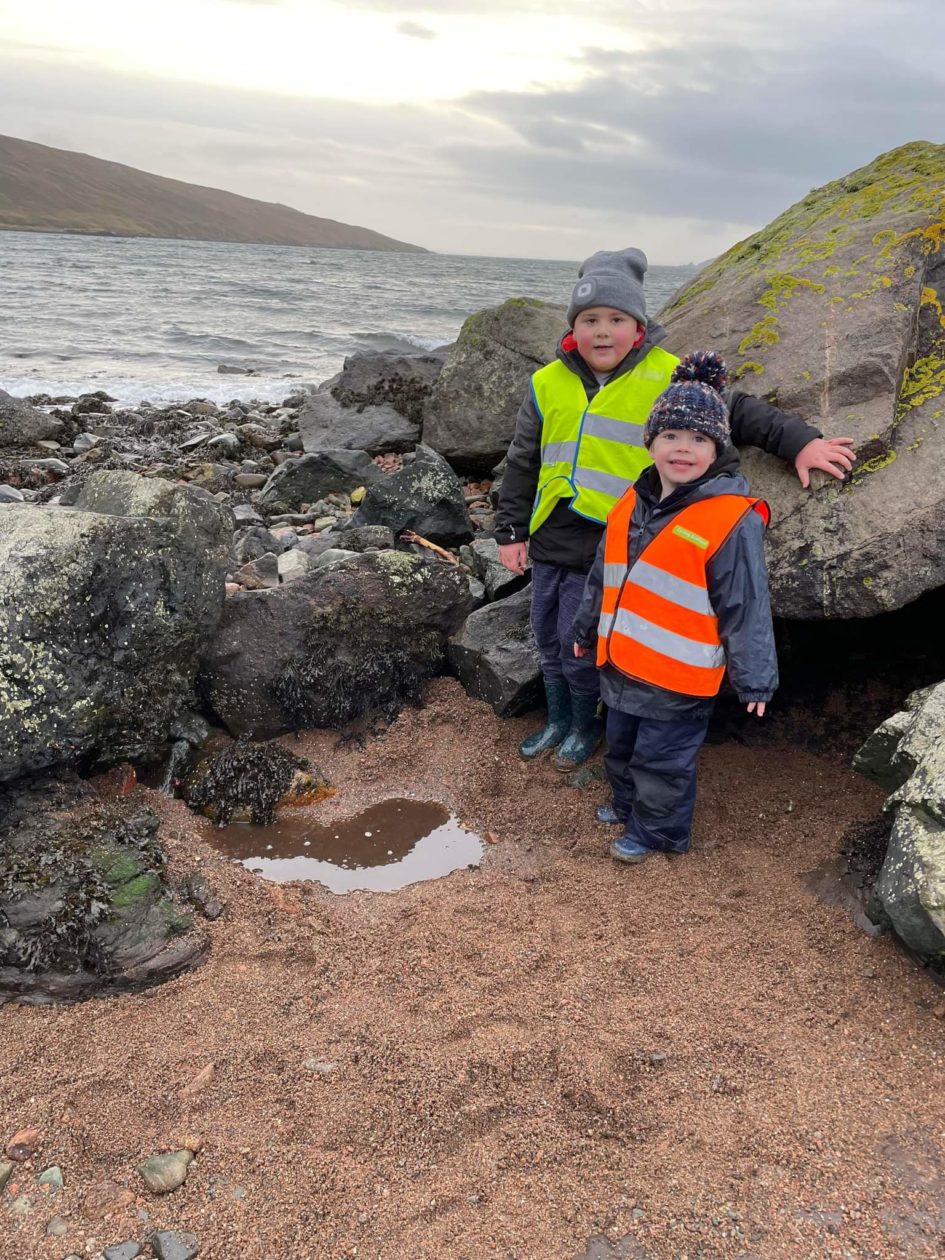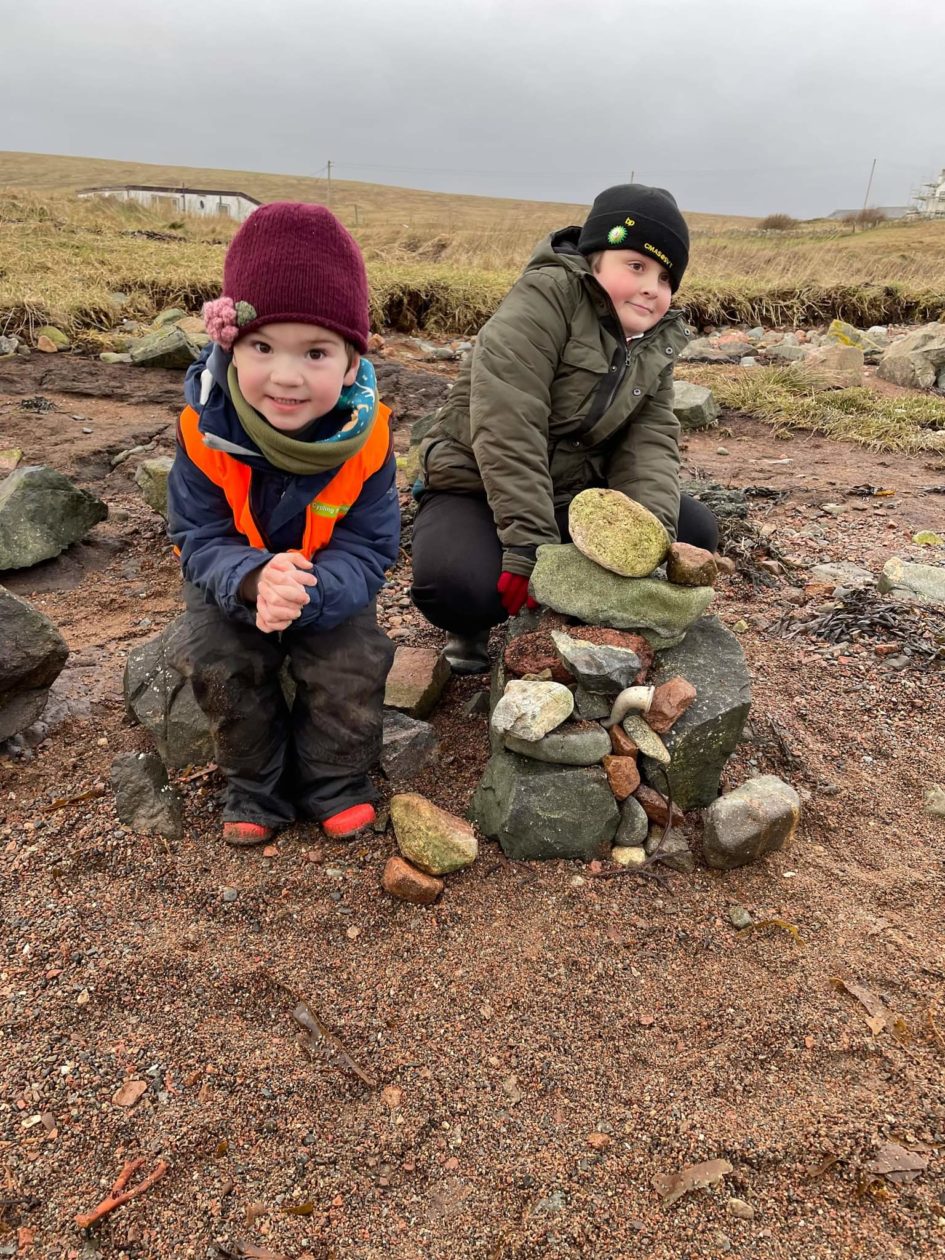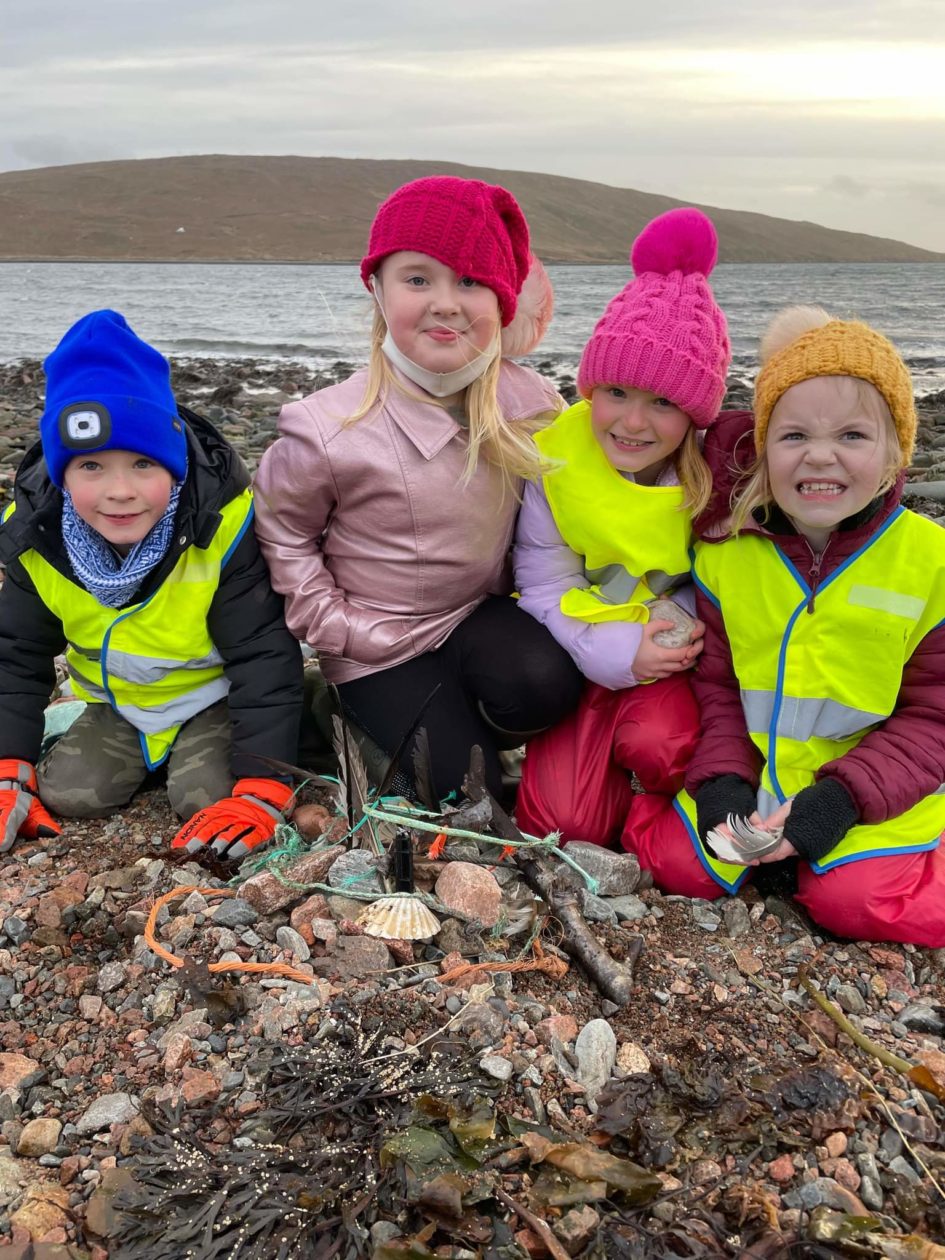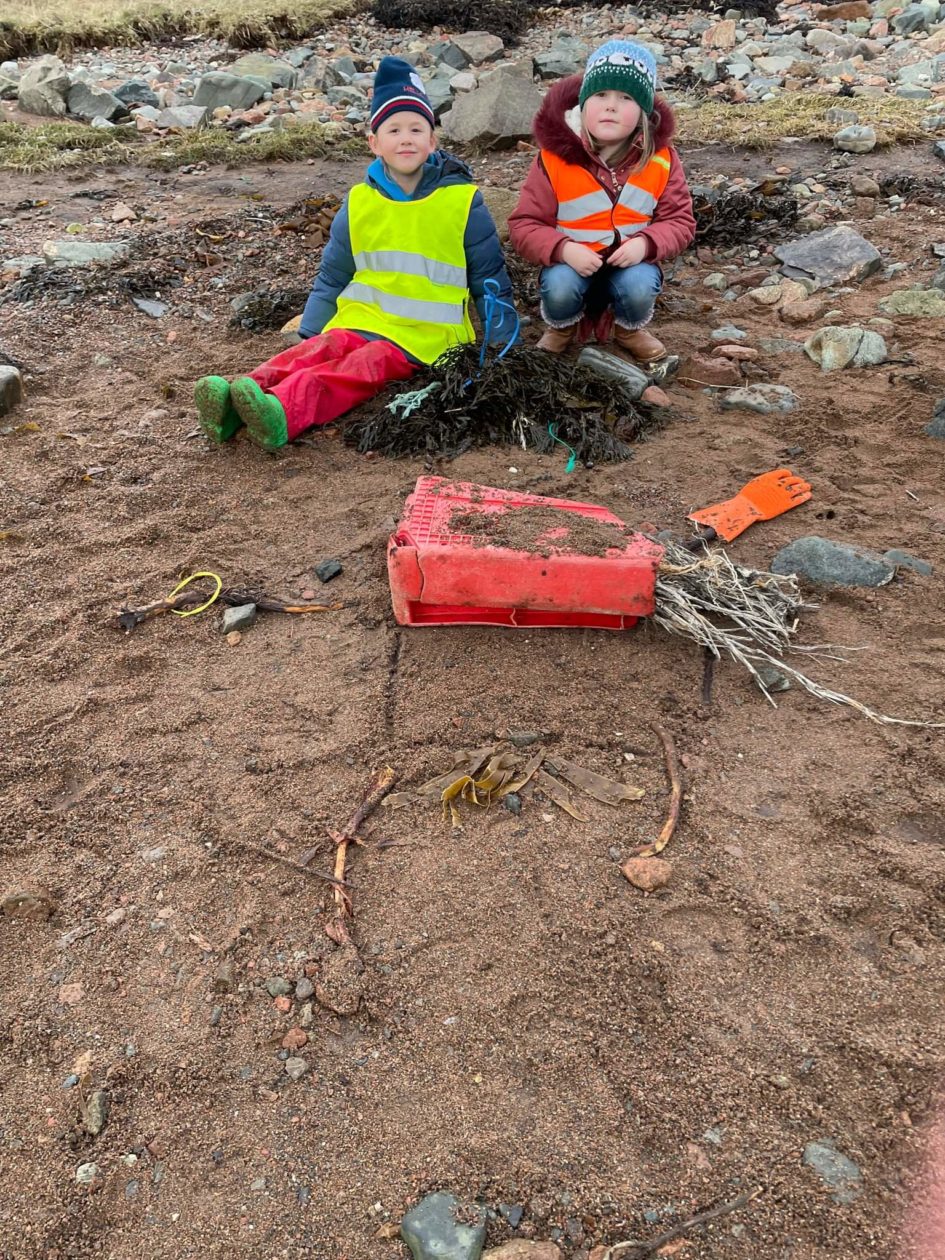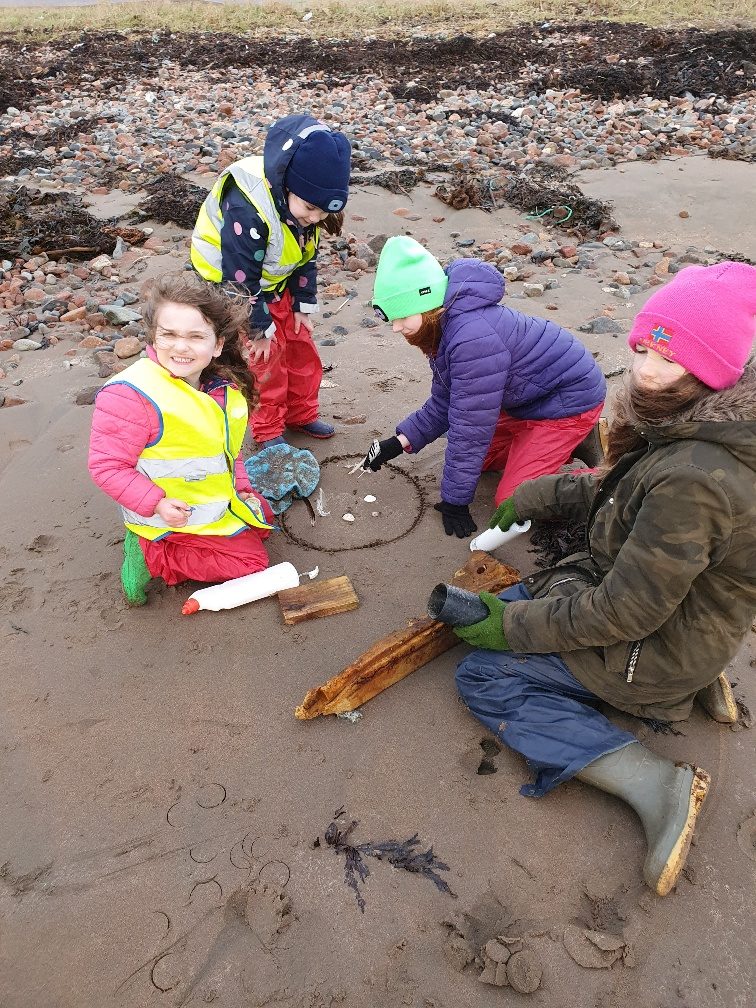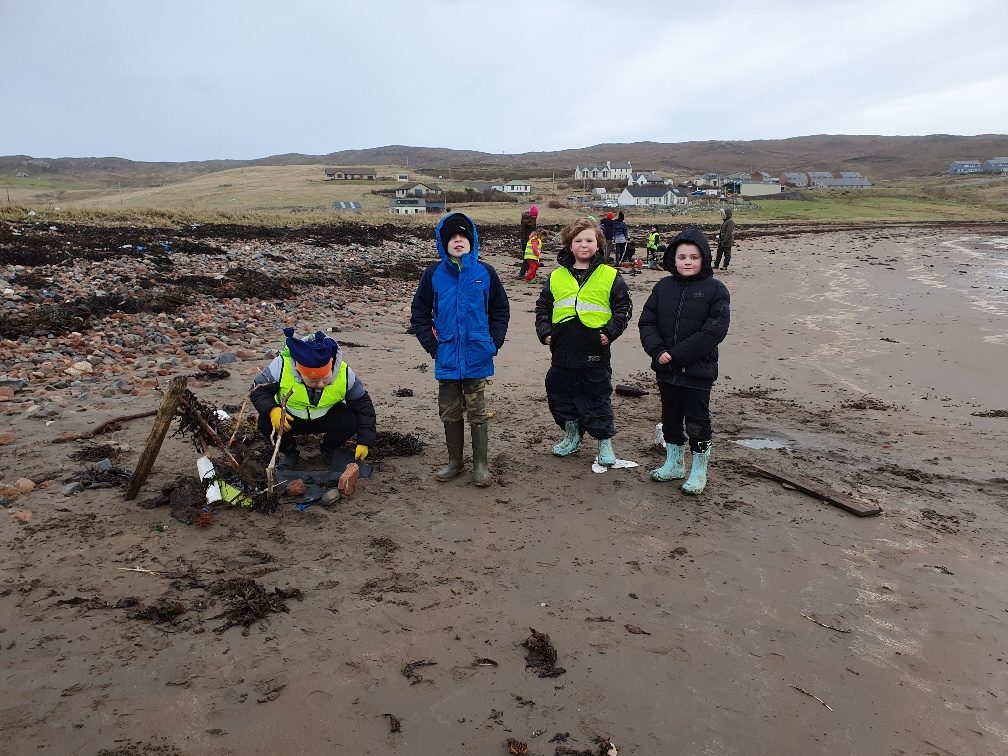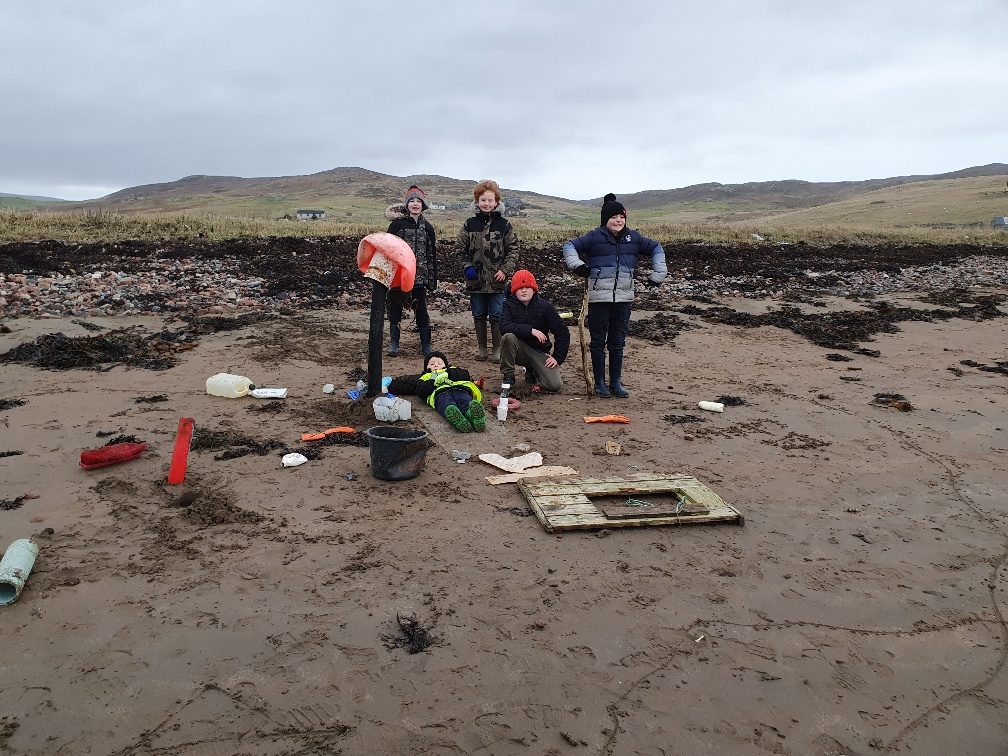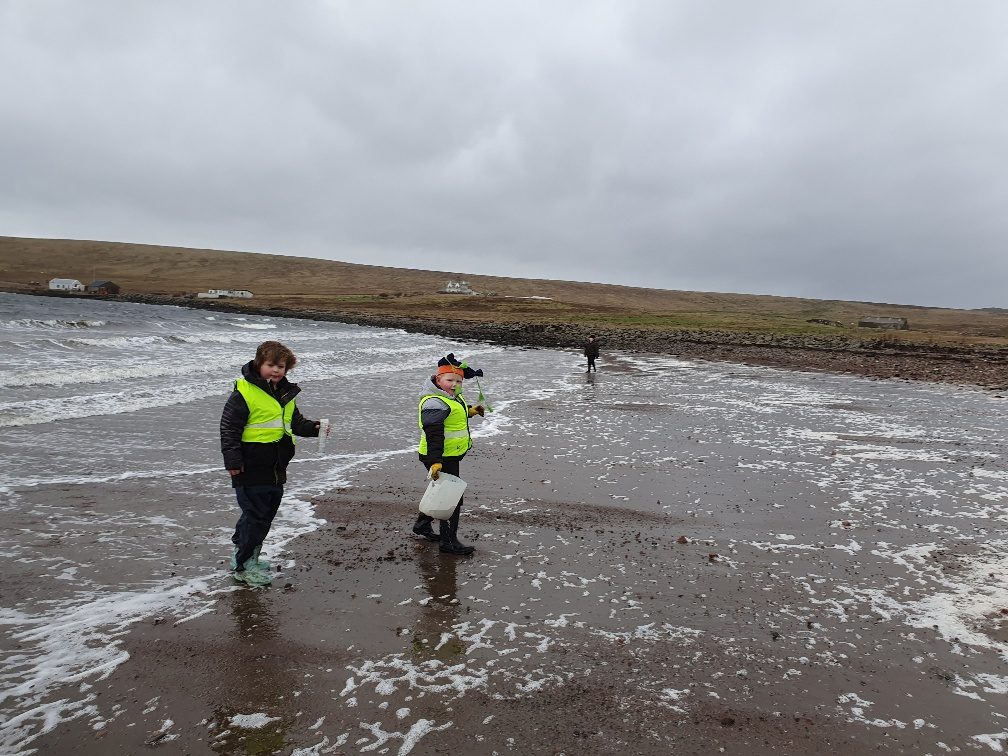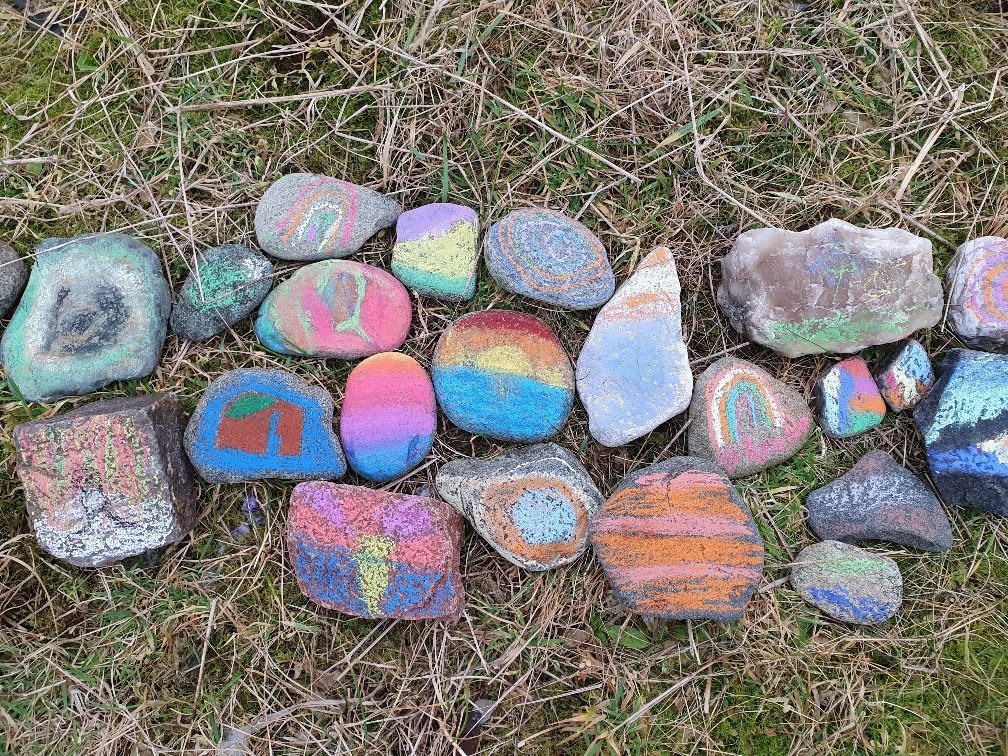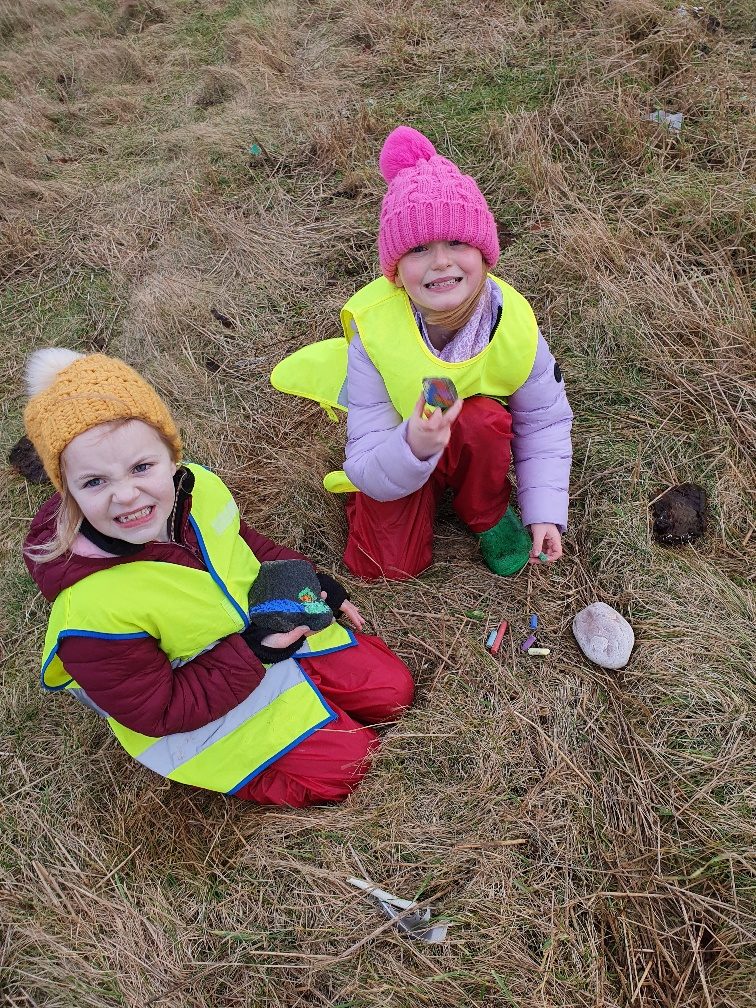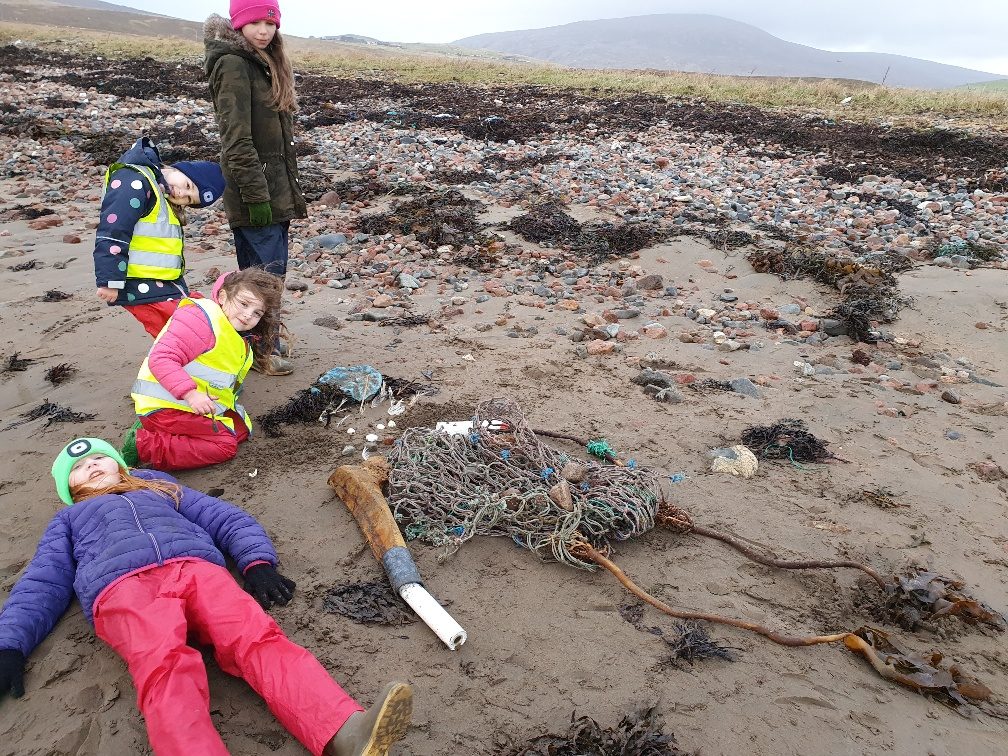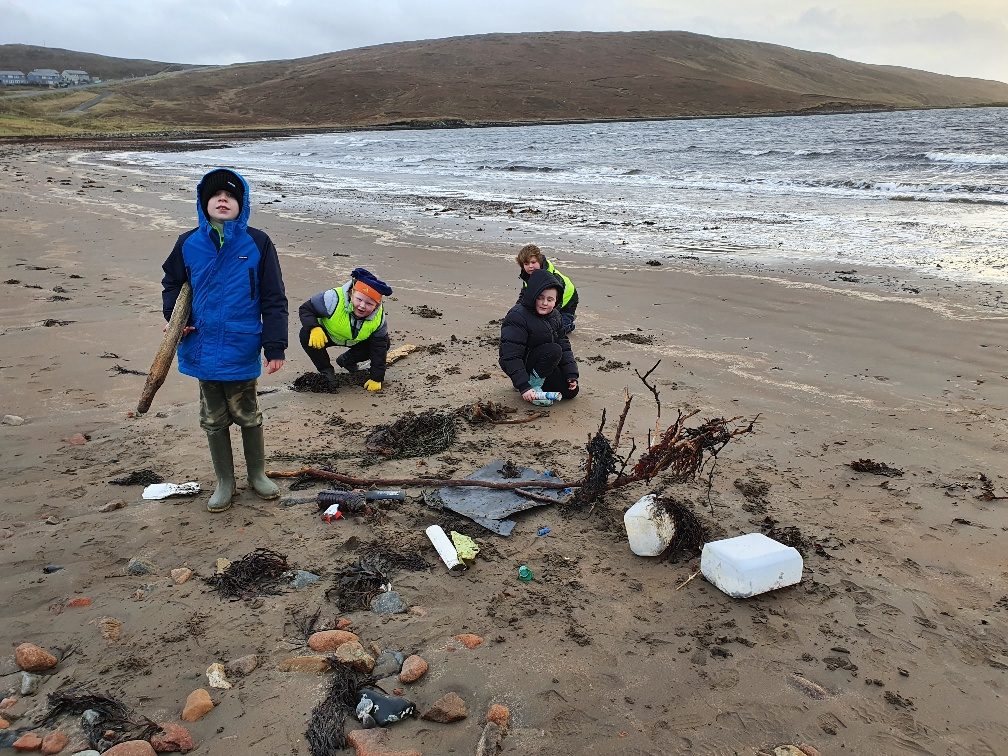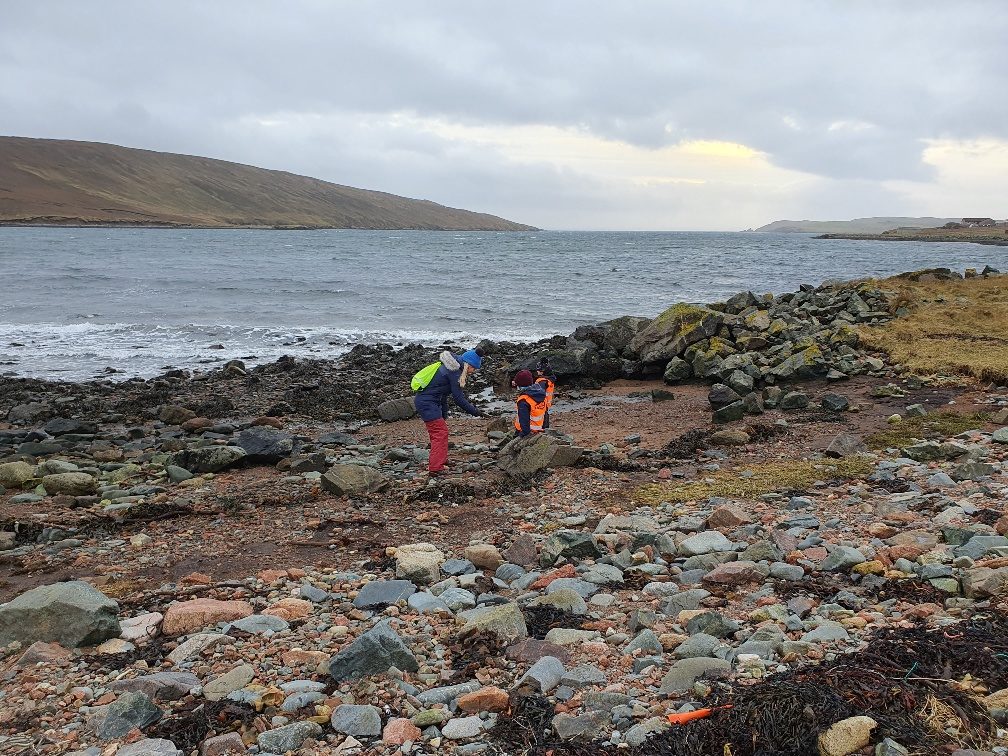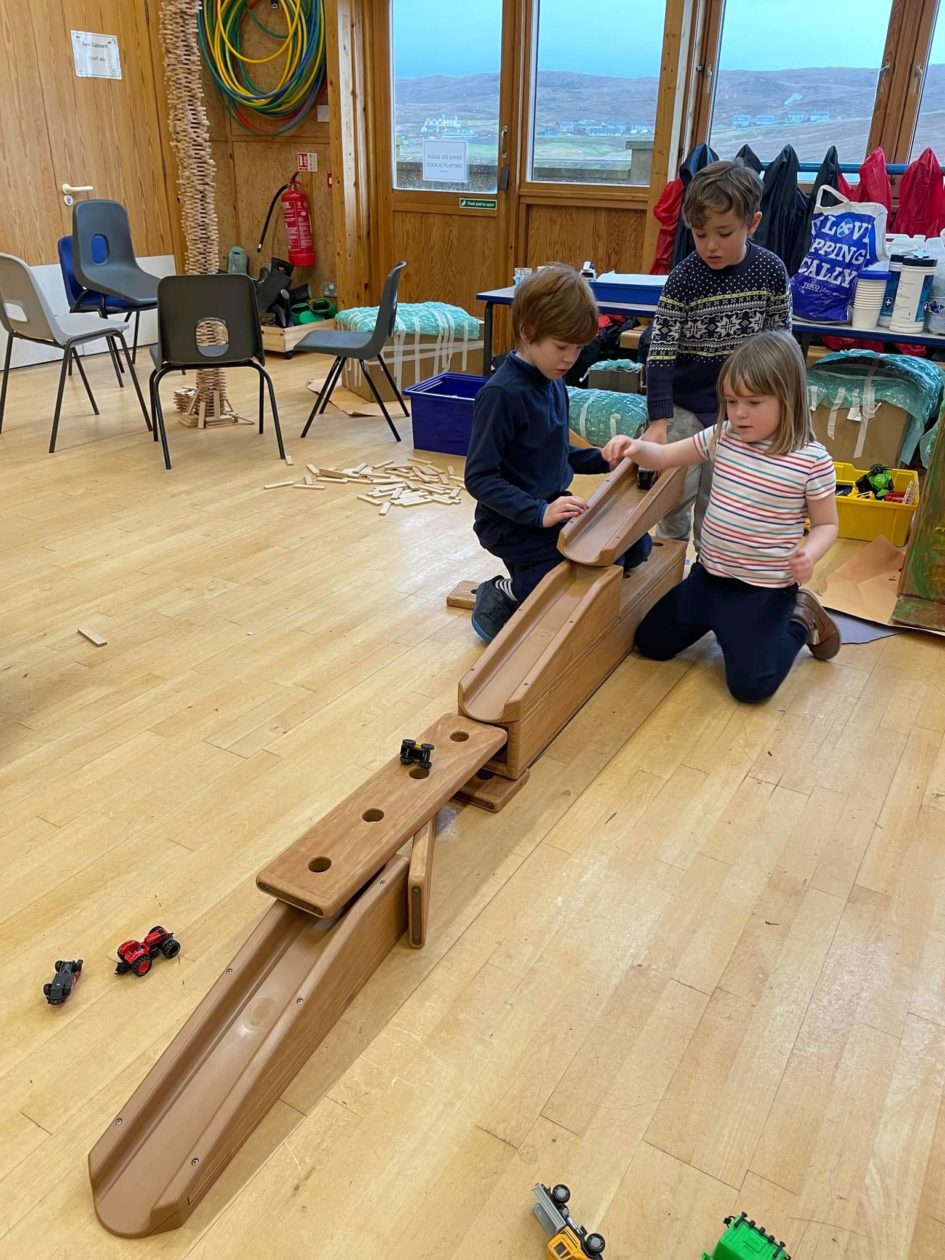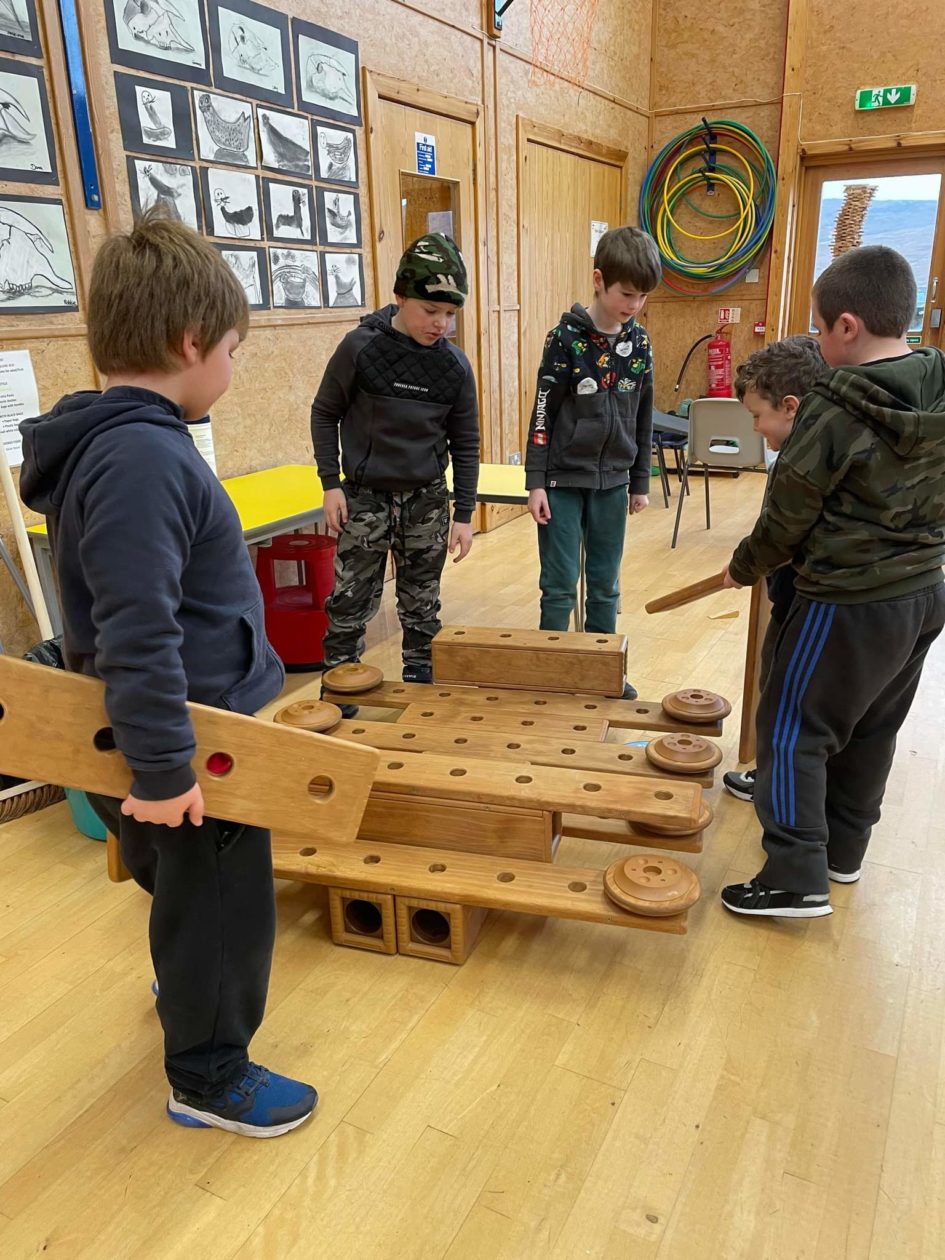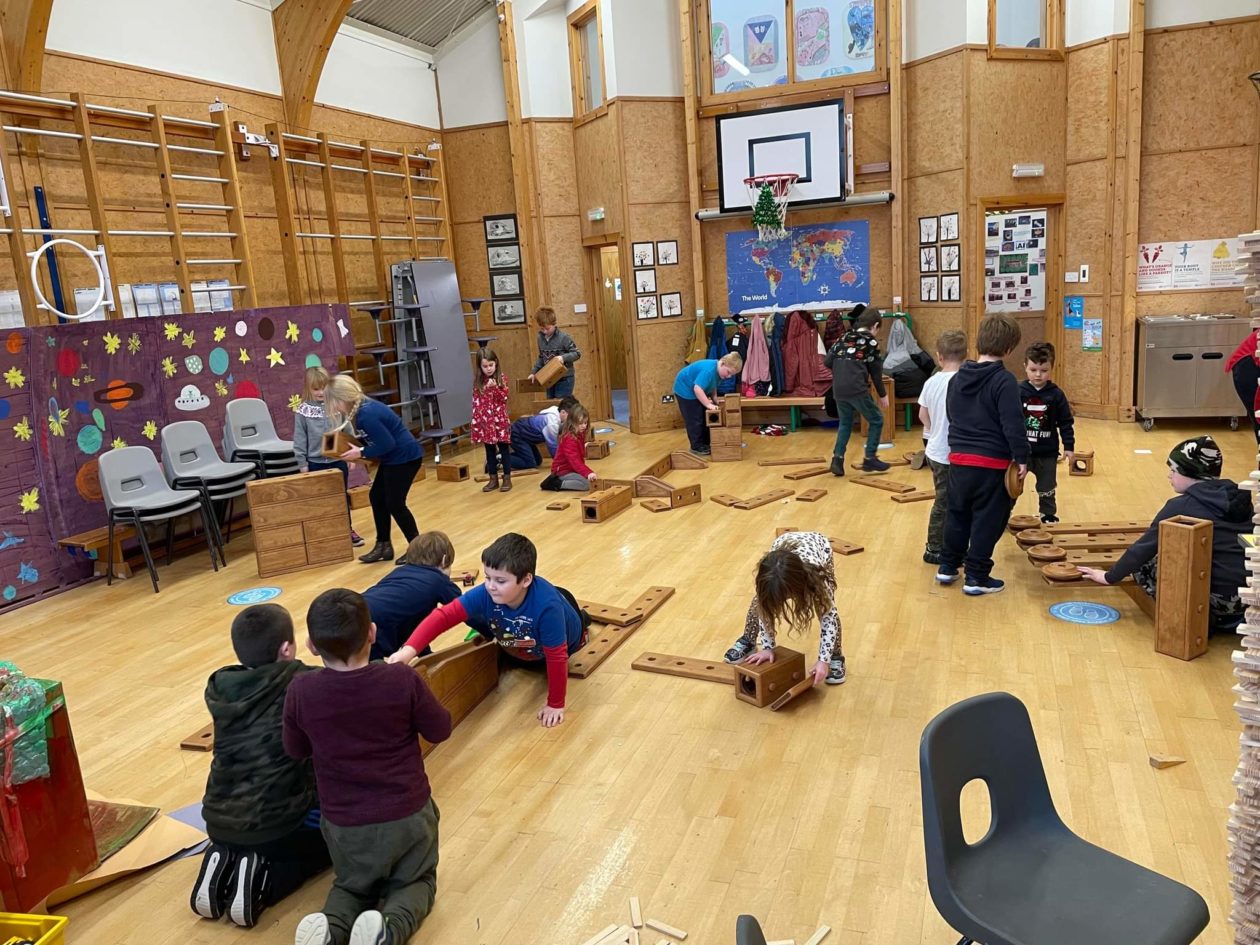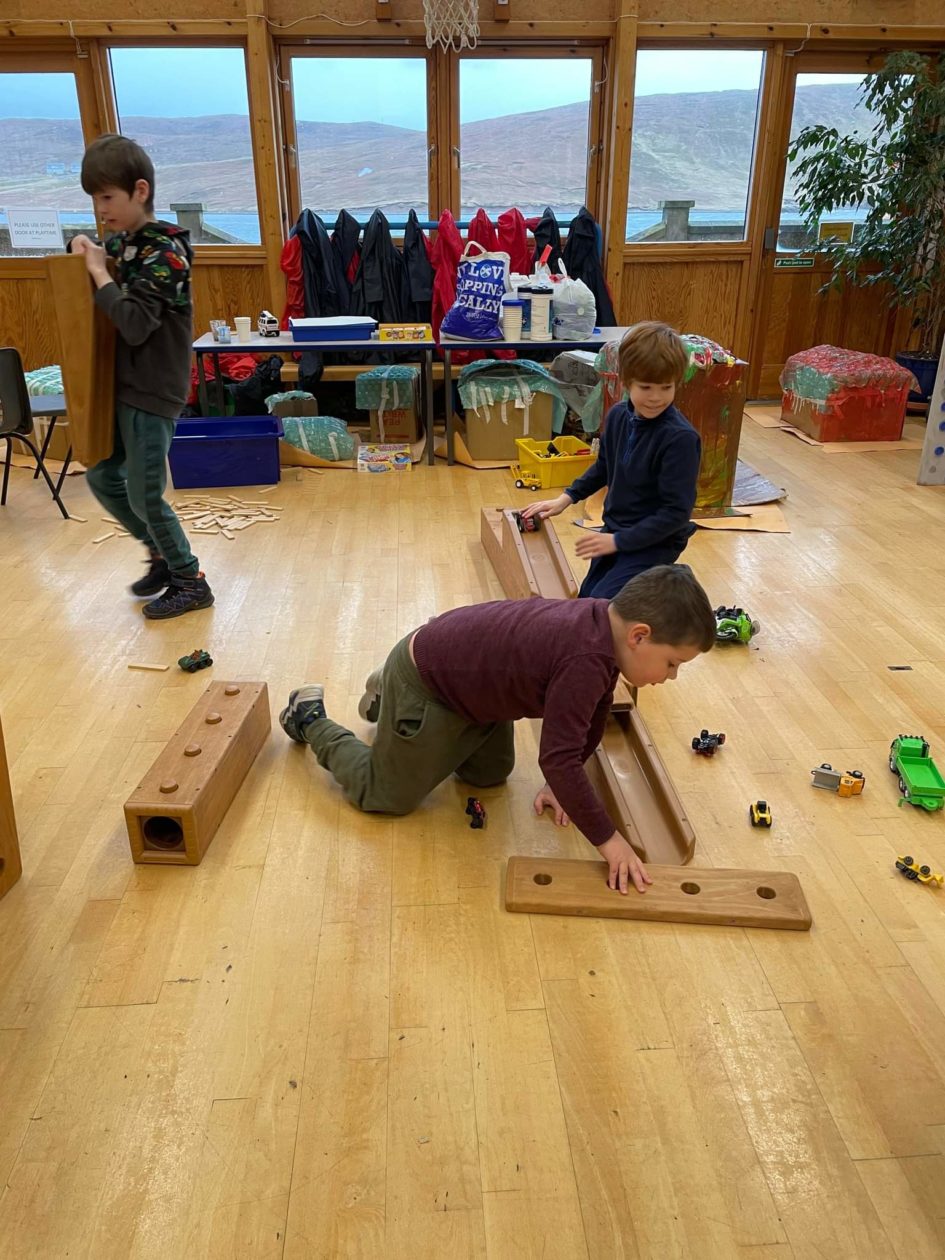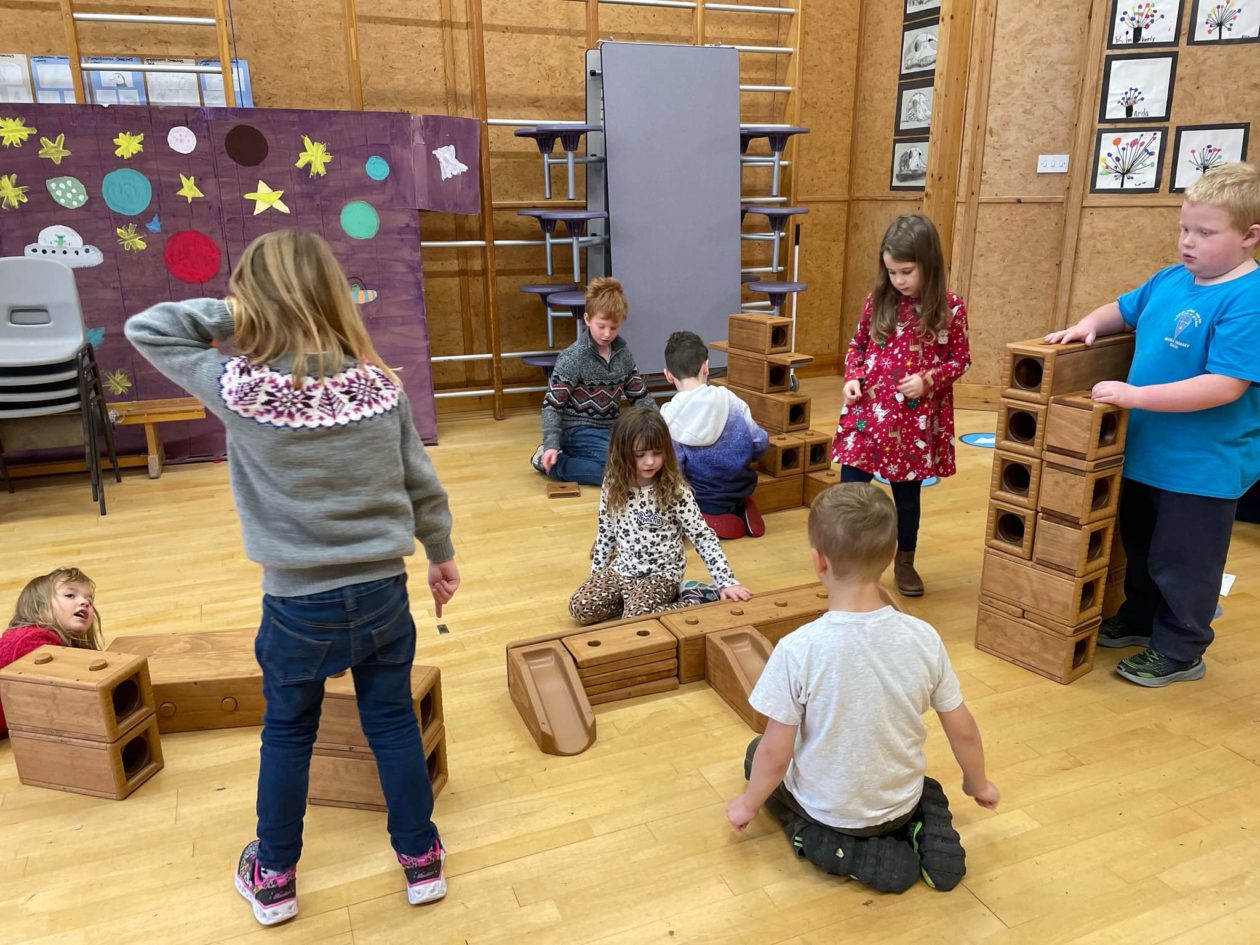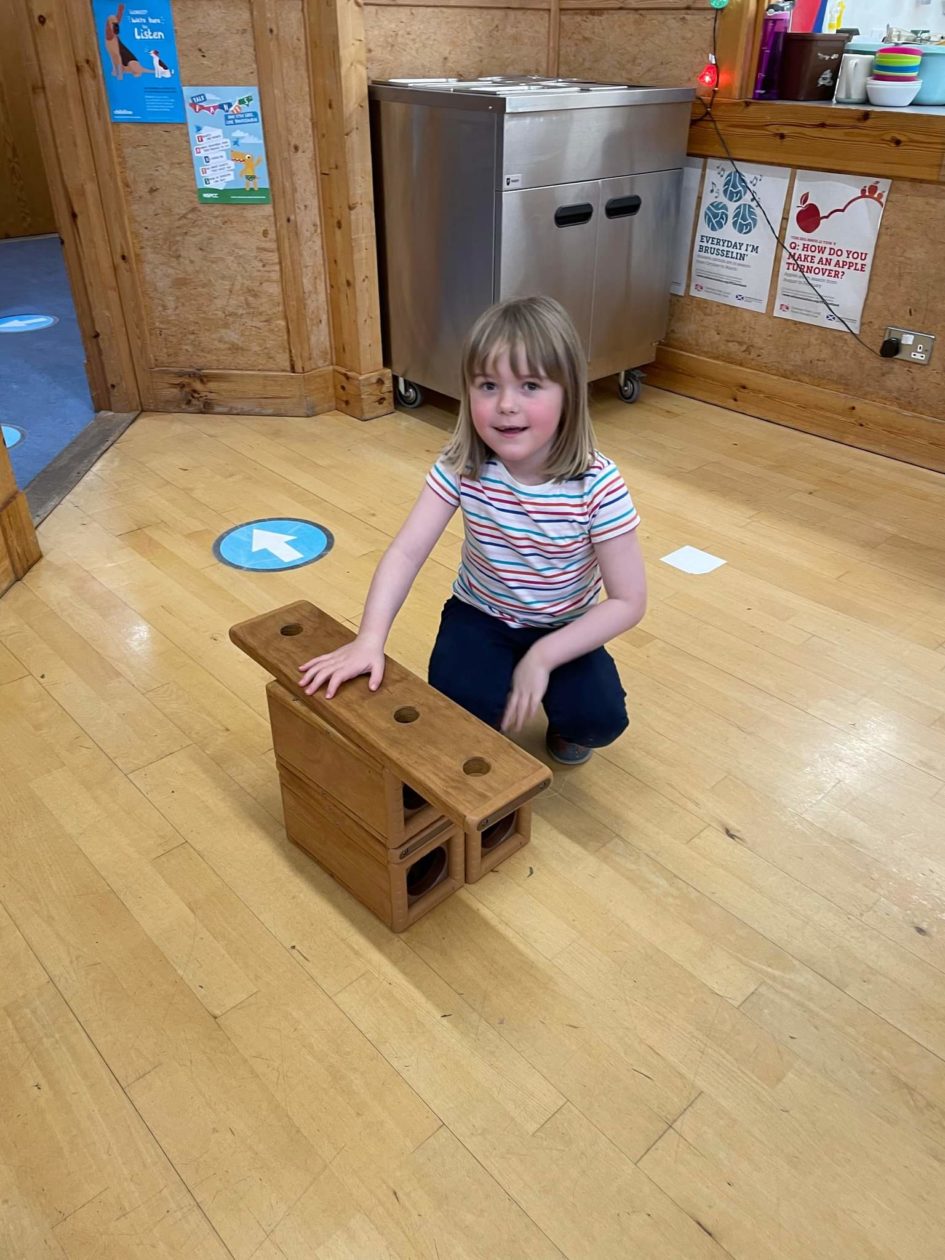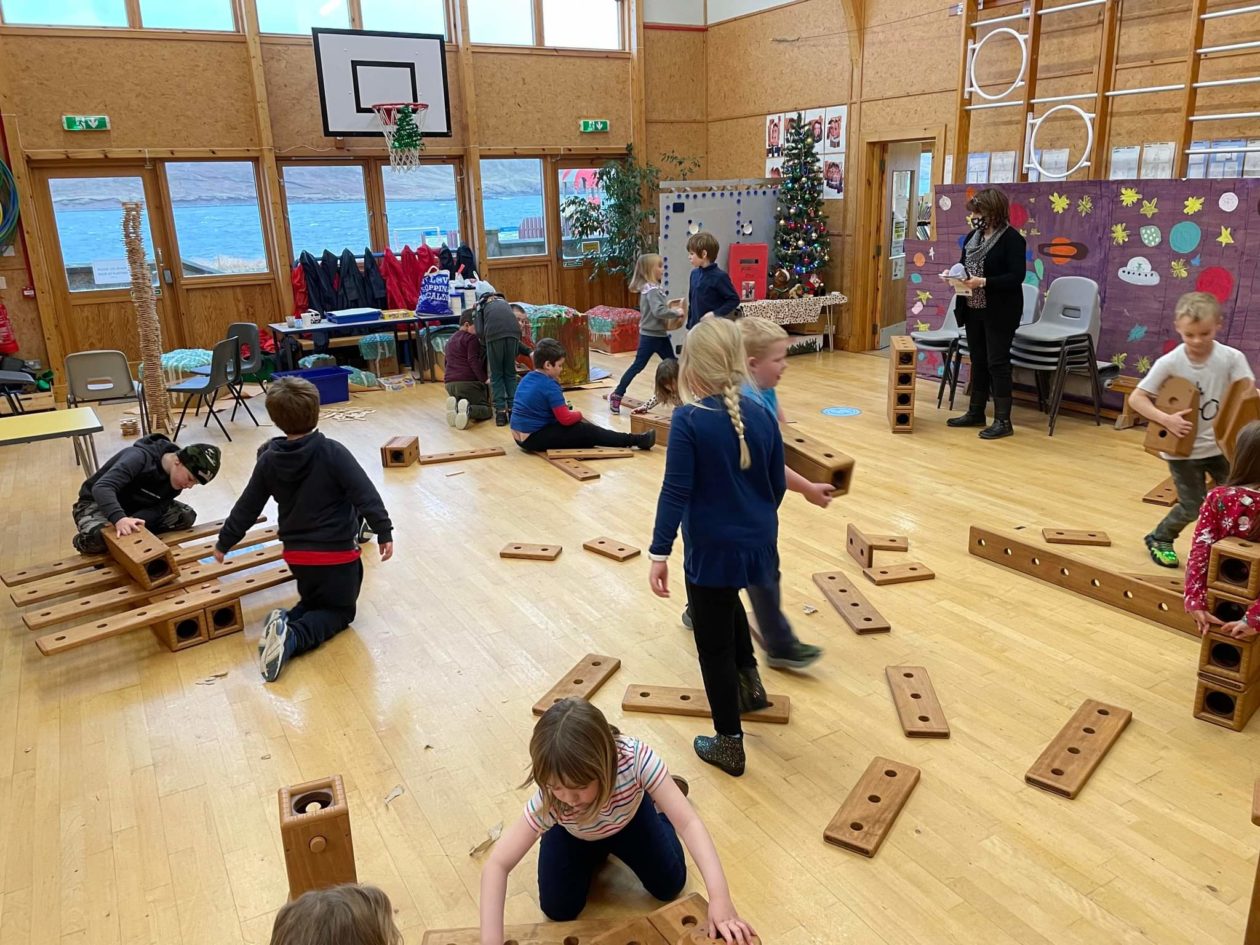We had a very successful and fun coffee afternoon to raise money for Clan Cancer Support. The P4 -7 class did a great job of setting up the hall and running the raffle. We made a grand total of £393.50 for the charity. Thanks to everybody who baked and was able to come.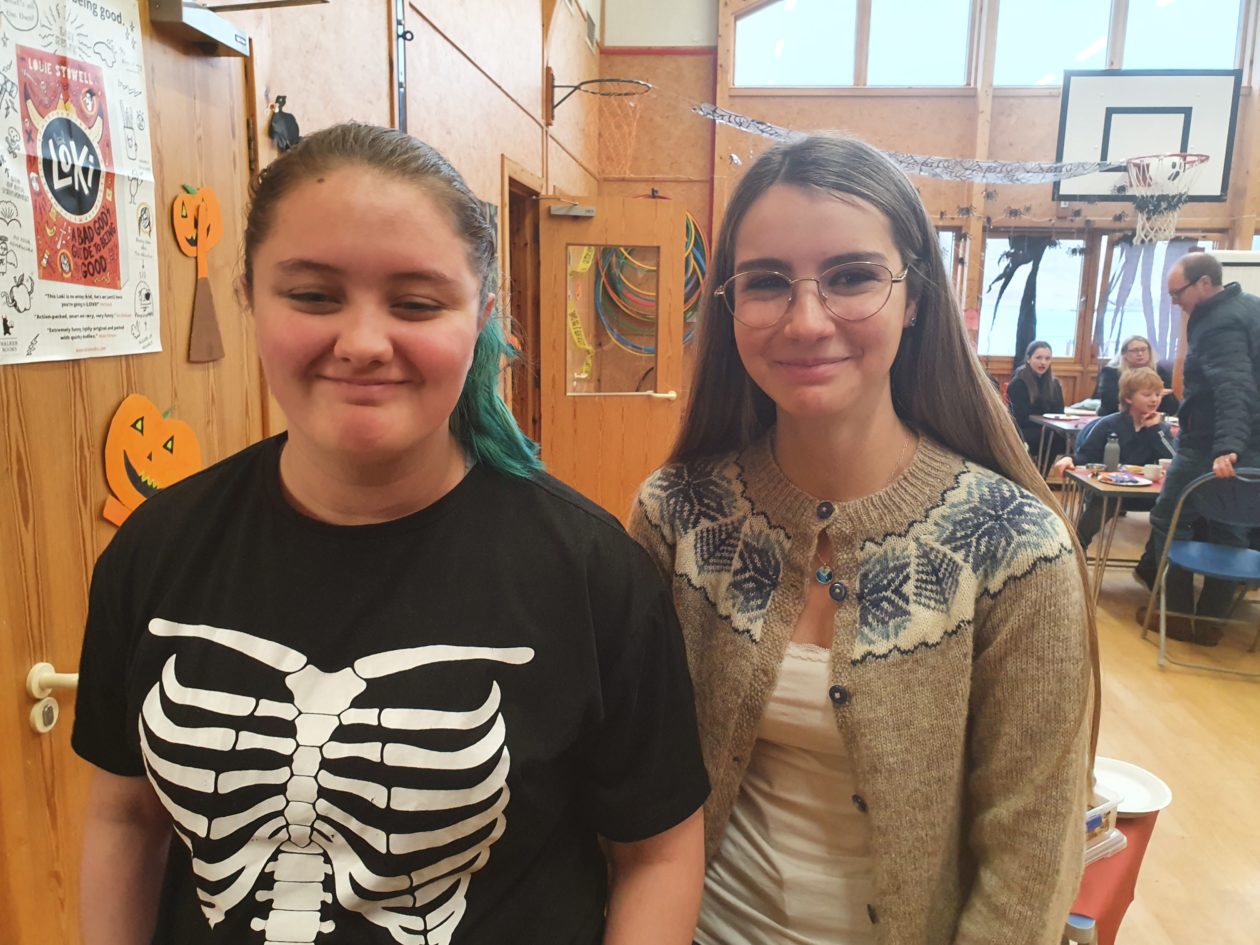
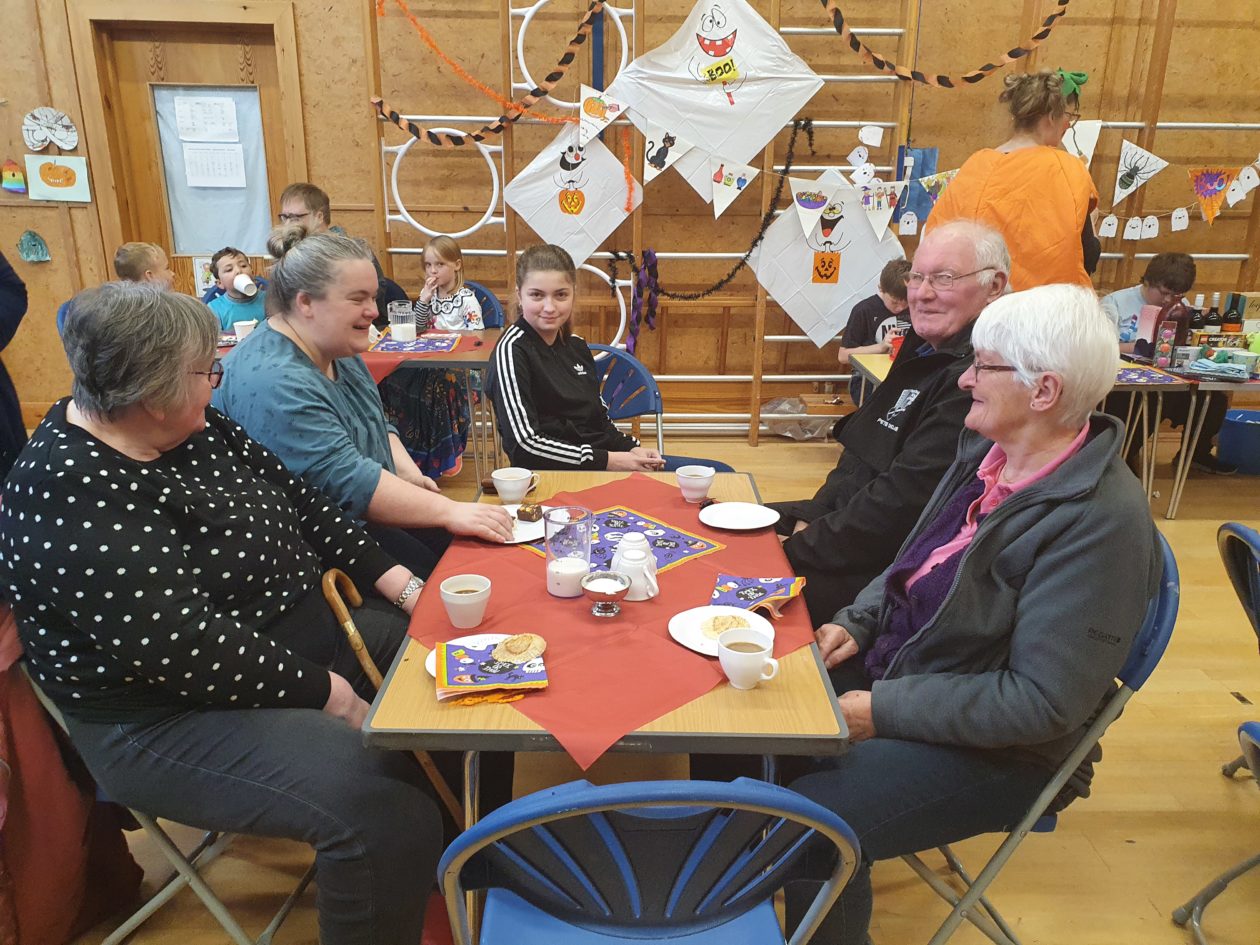
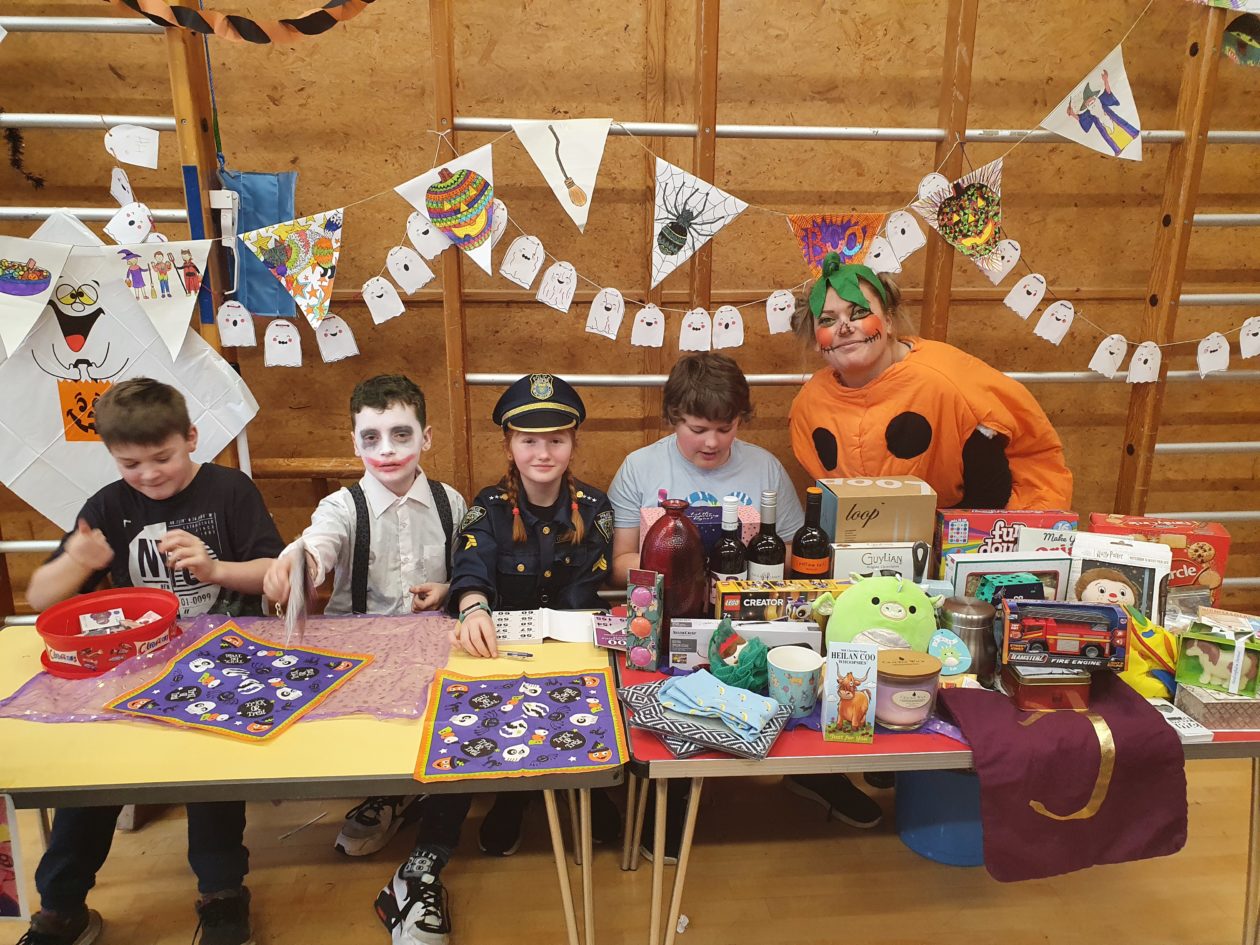
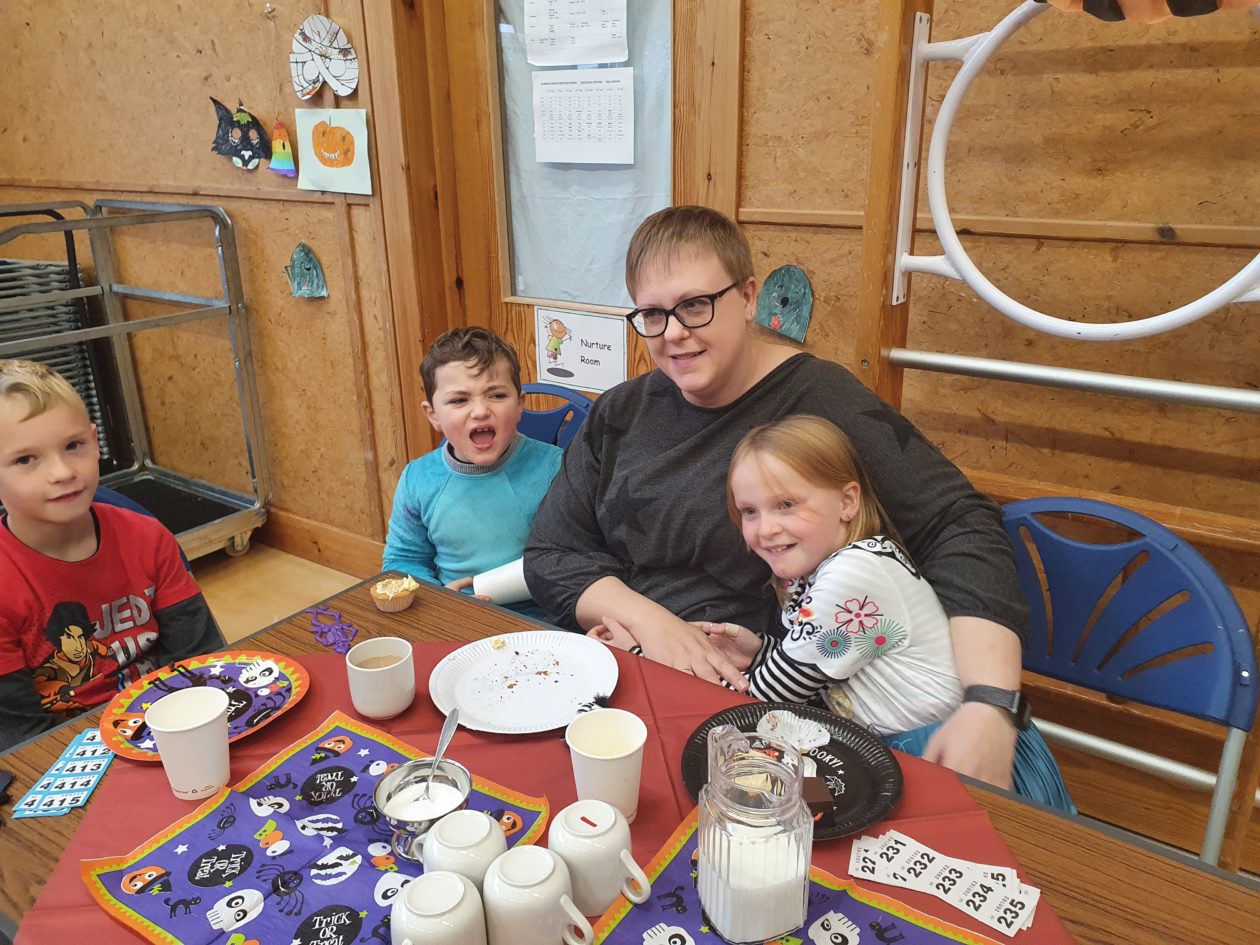
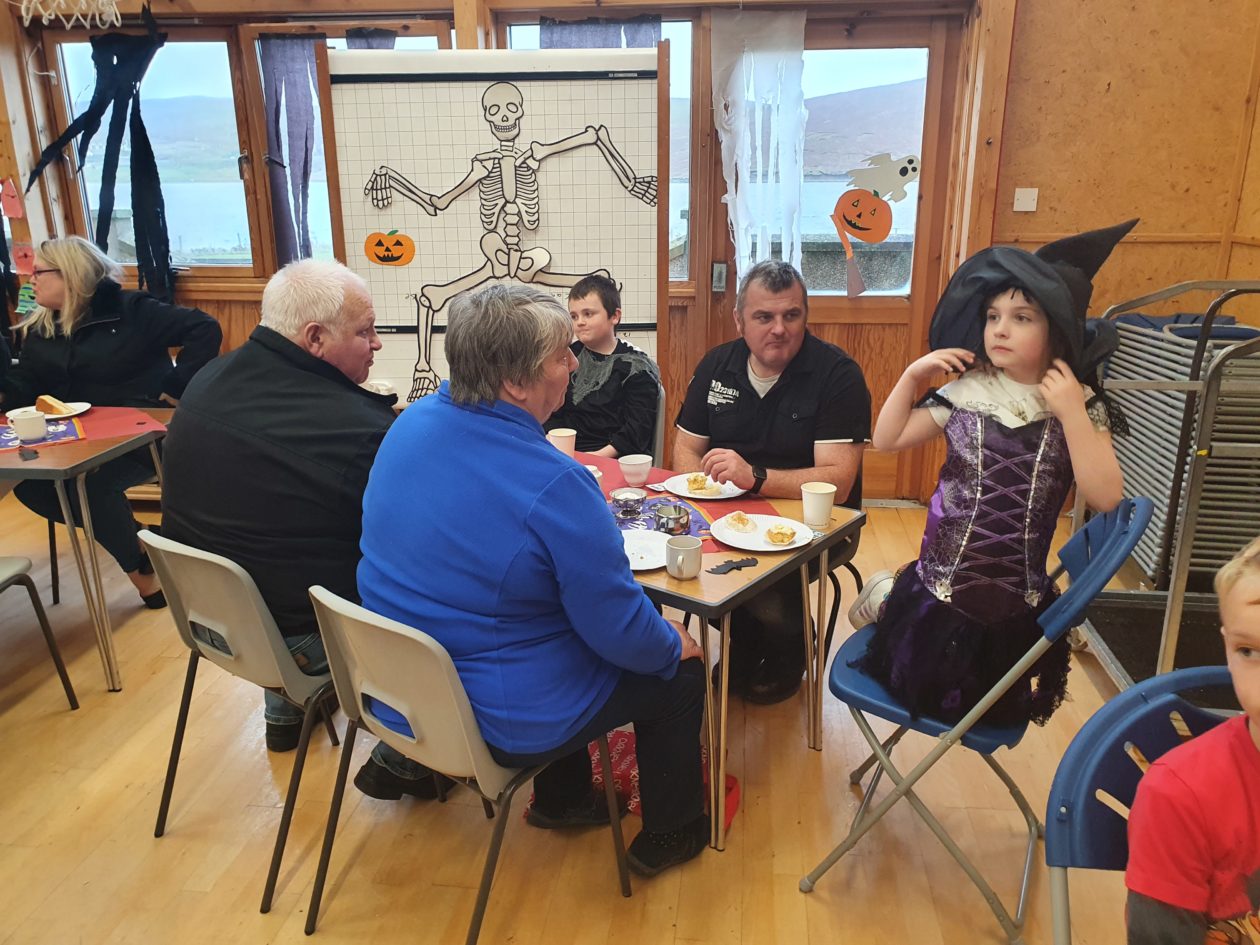
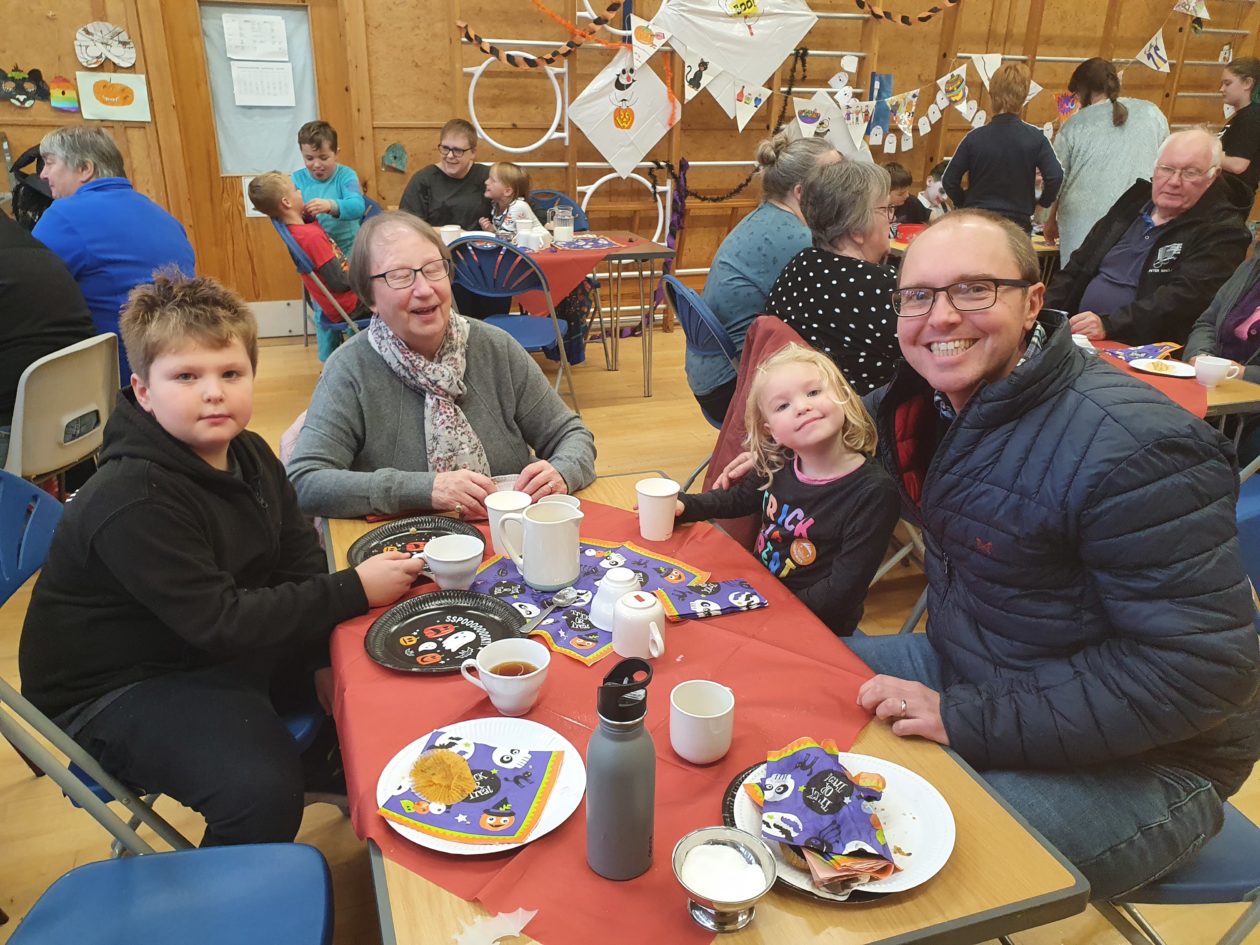
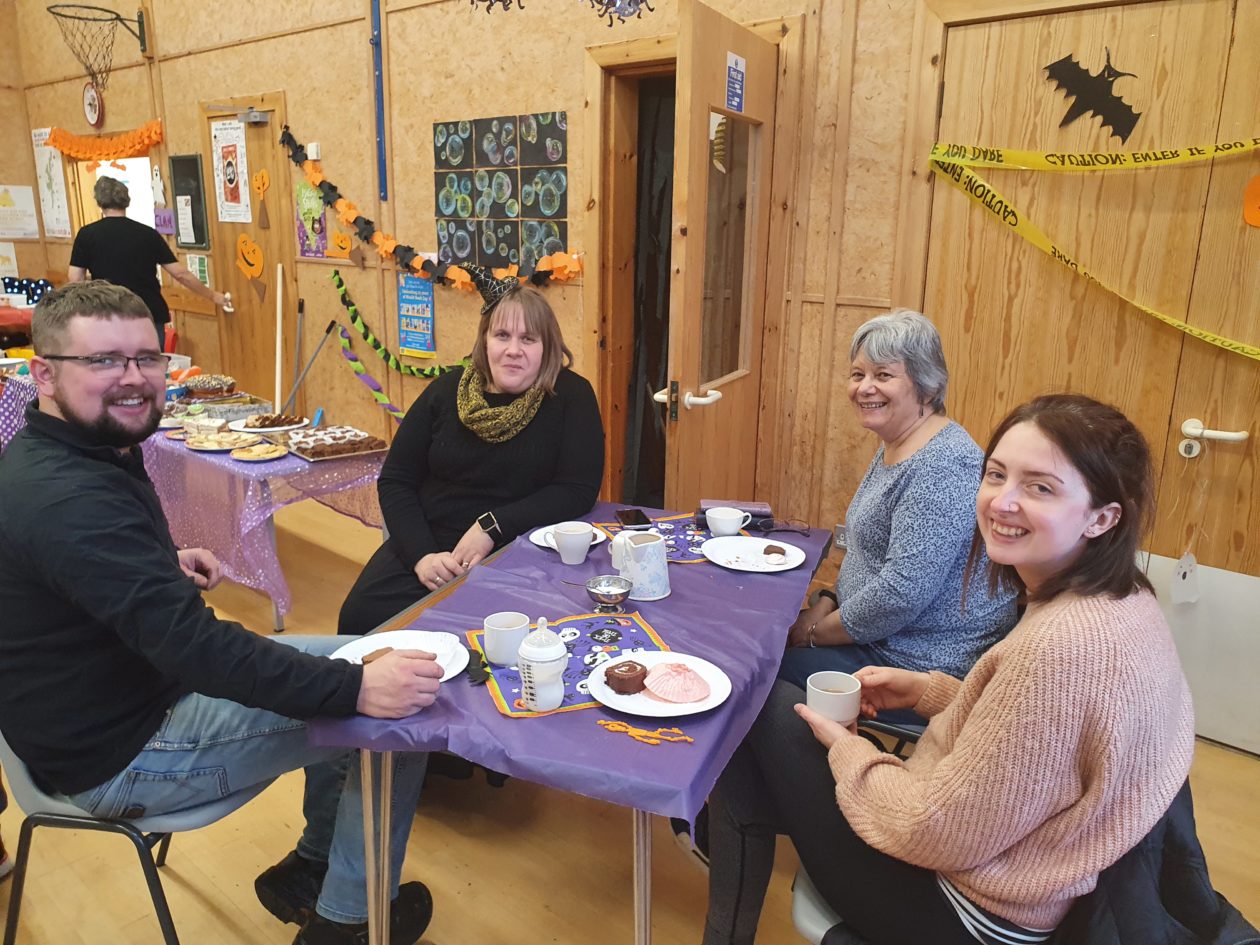
Category Archives: Having fun
Mrs Cairns-Ratter is leaving
Check out our dinosaur
New blocks!
Windy Beach Trip
Rainy Day playtime surprise!
Urafirth Fun Day
The children had an amazing time at the Fun Day yesterday. The whole school was involved from nursery to P7. Among the attractions there was a water slide, sports, slime, soft play, camping, circus skills, candy floss, waffles, etc etc!
Everybody was really tired by the end of the day but we all agreed it had been super fun. Alex from the Ability Shetland was able to come and help us with the candy floss and den building.
It feels like a good end to the year given the current restrictions but we are hoping we can have a Summer Fayre next year and hopefully some fundraising at the beginning of the next session.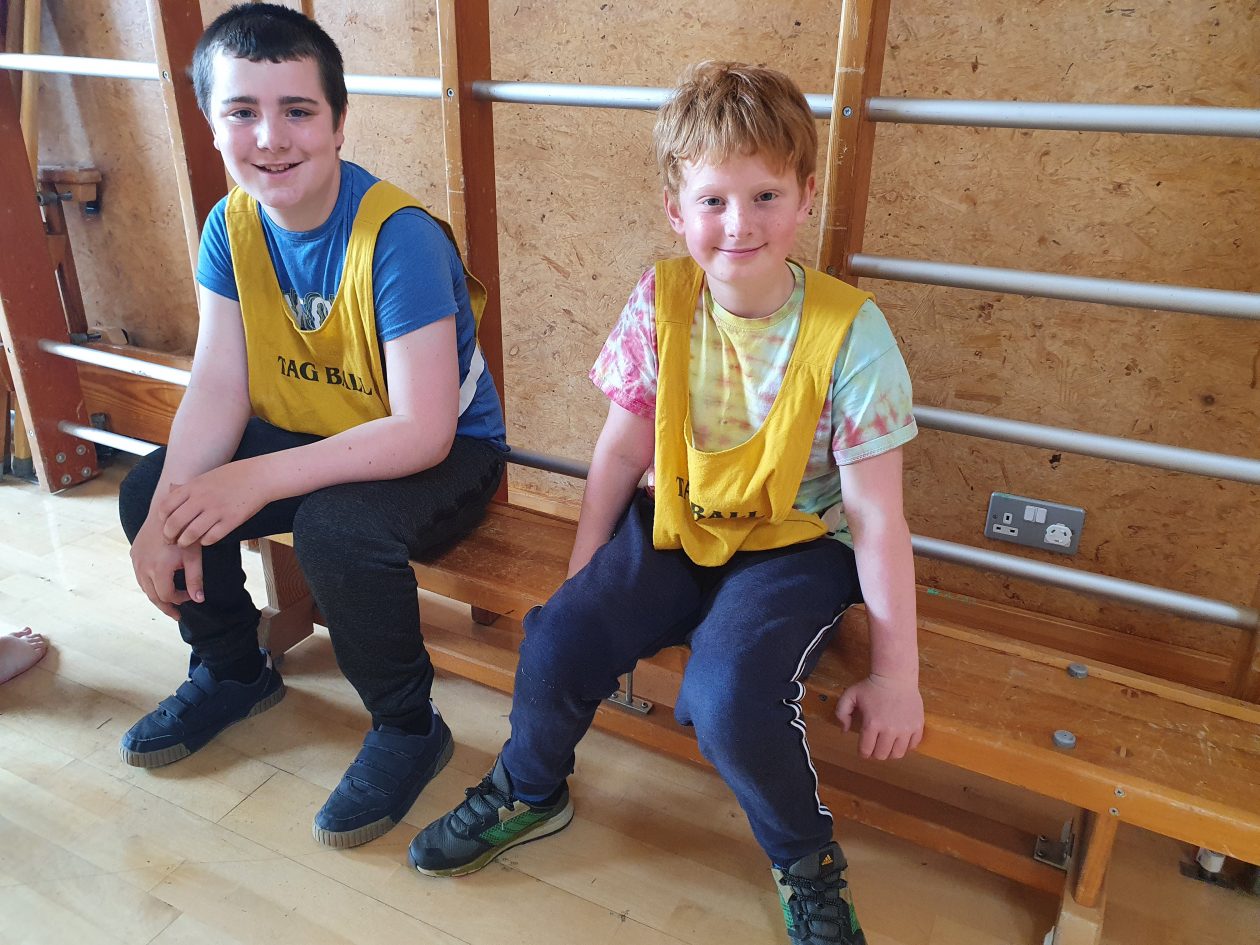
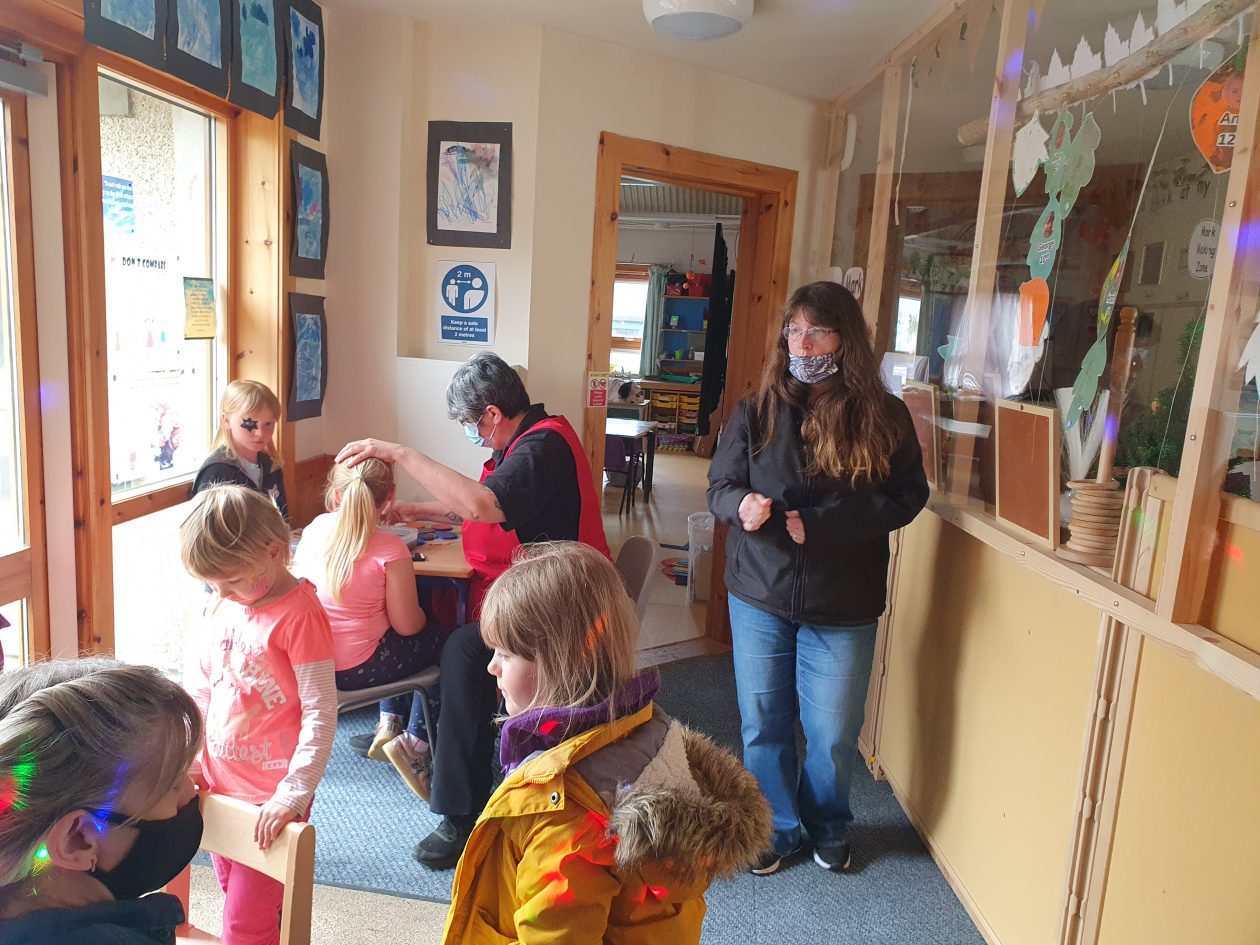
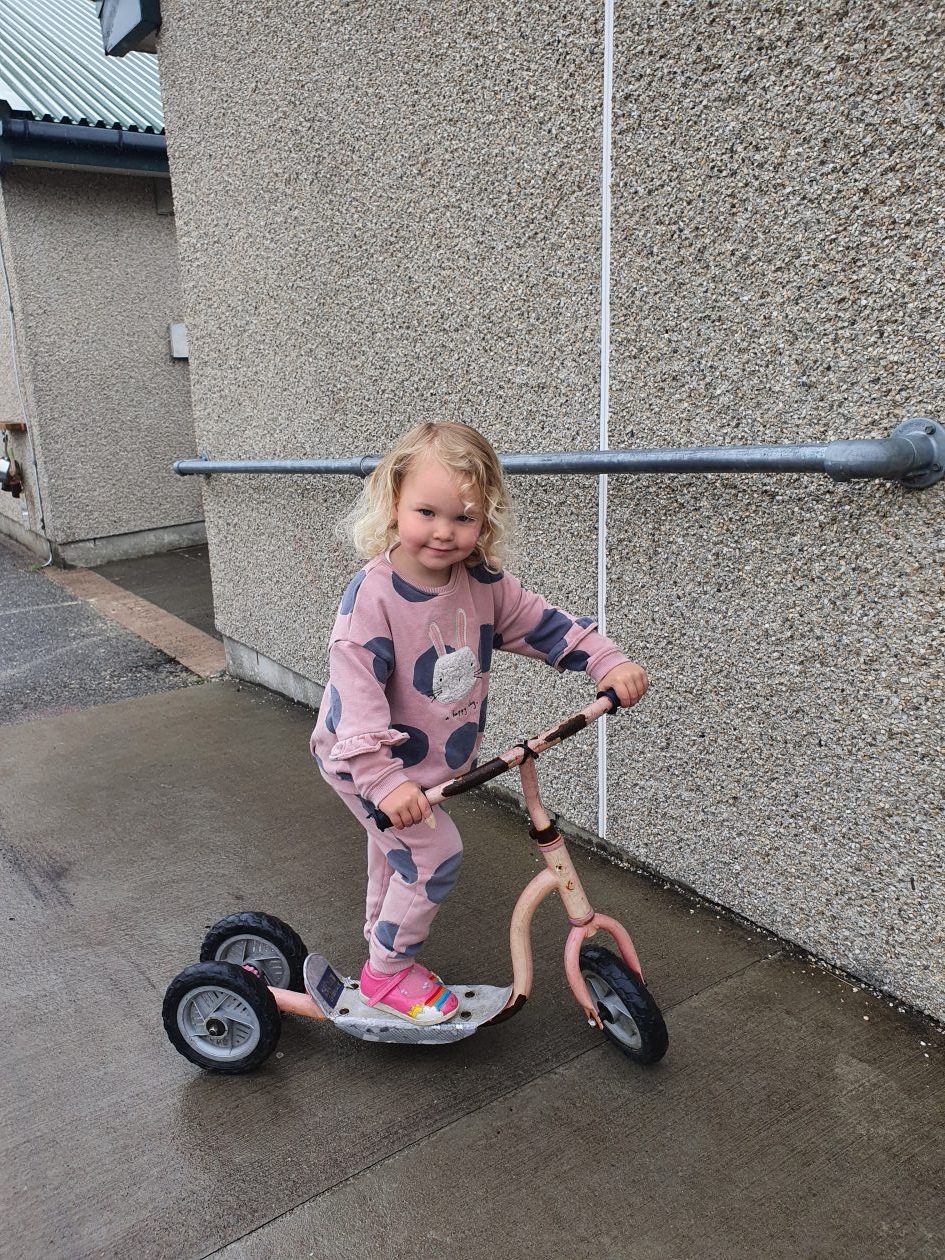
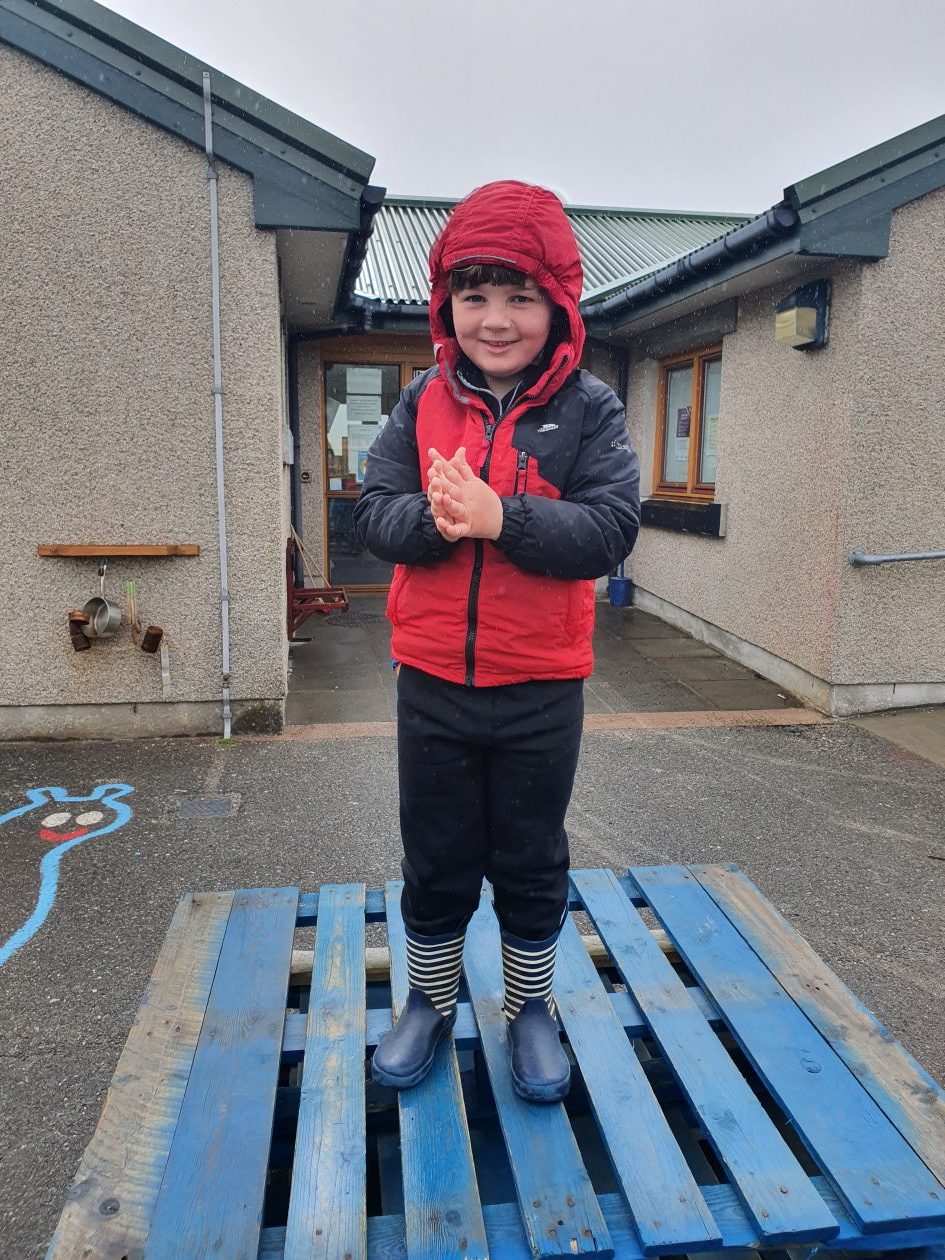
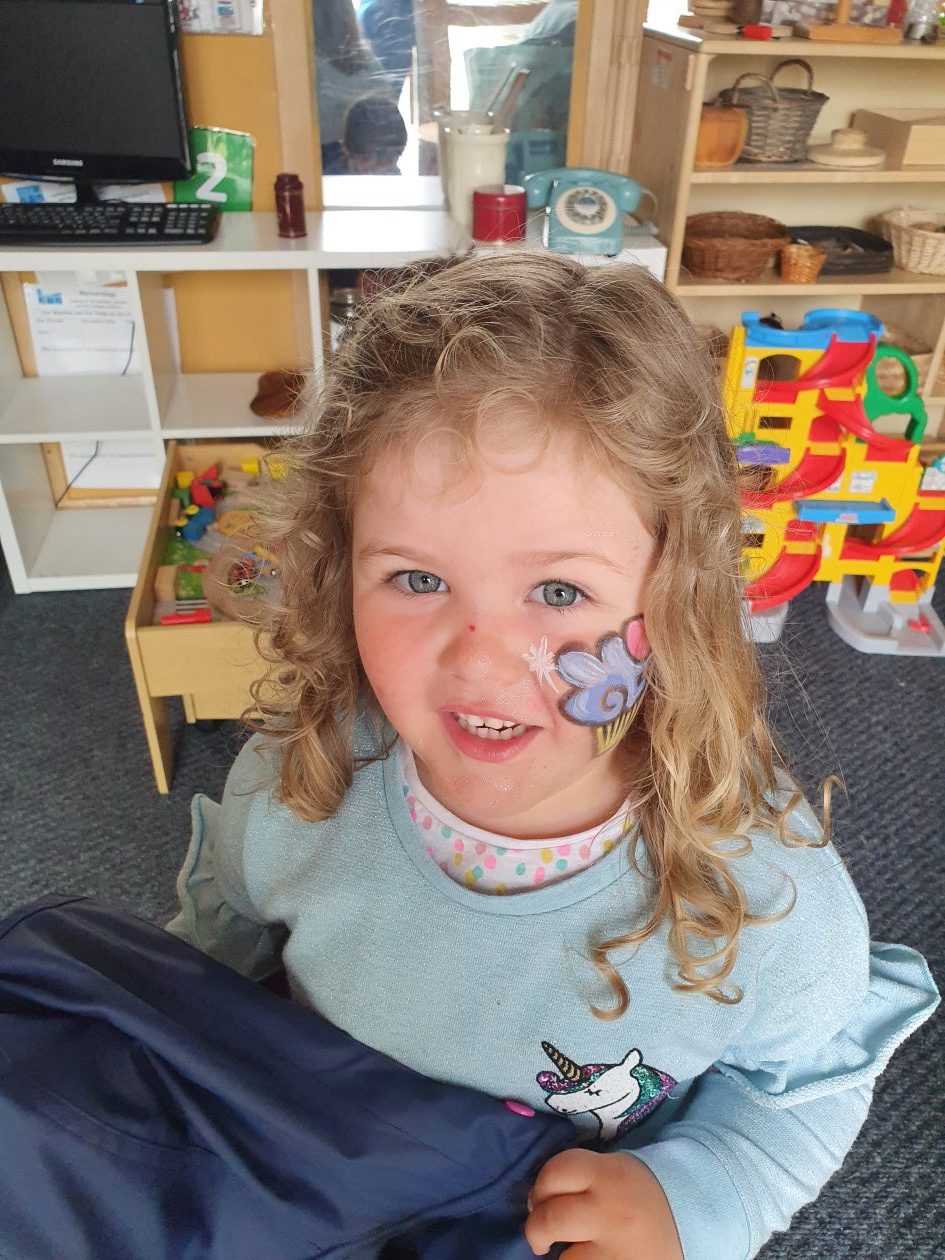
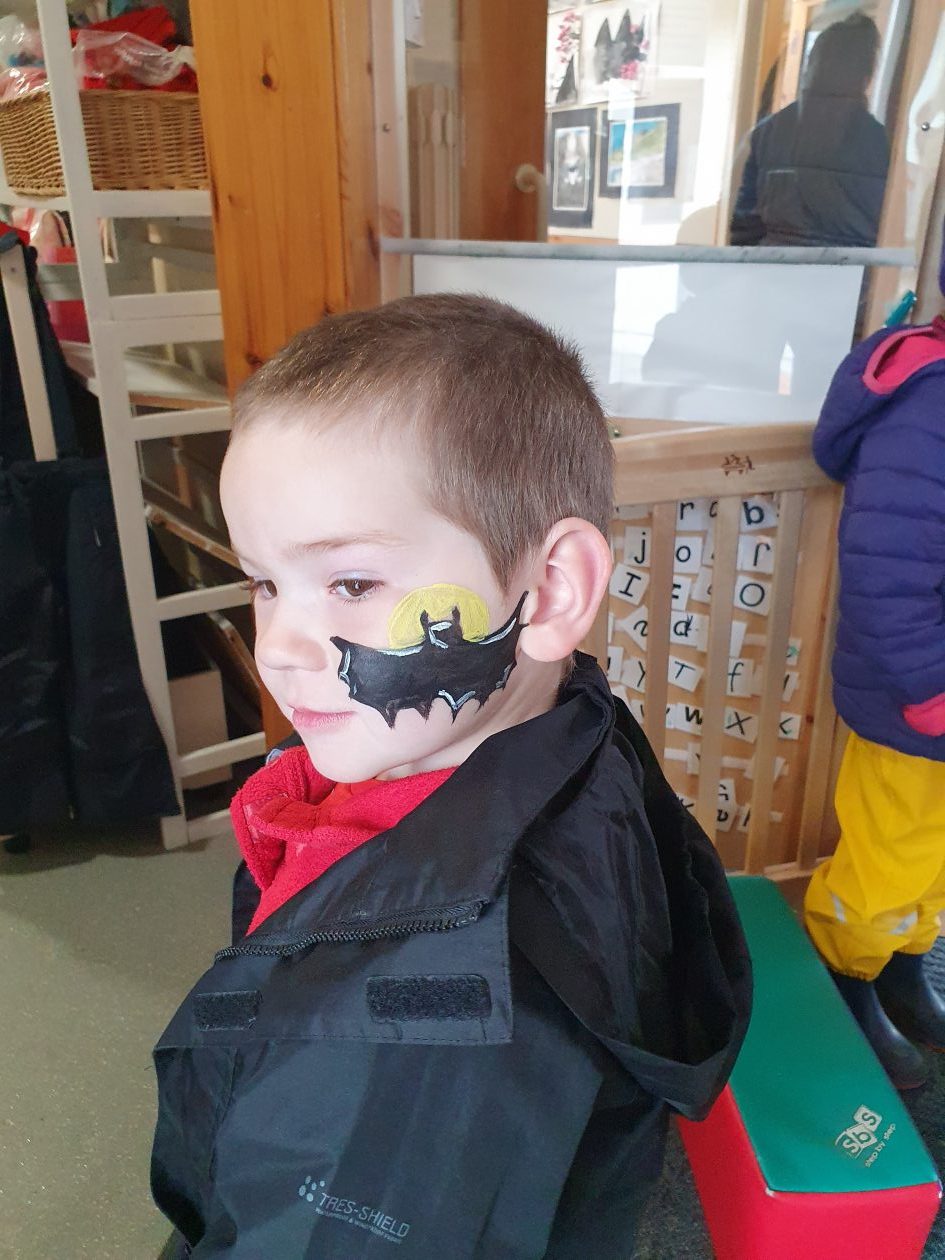
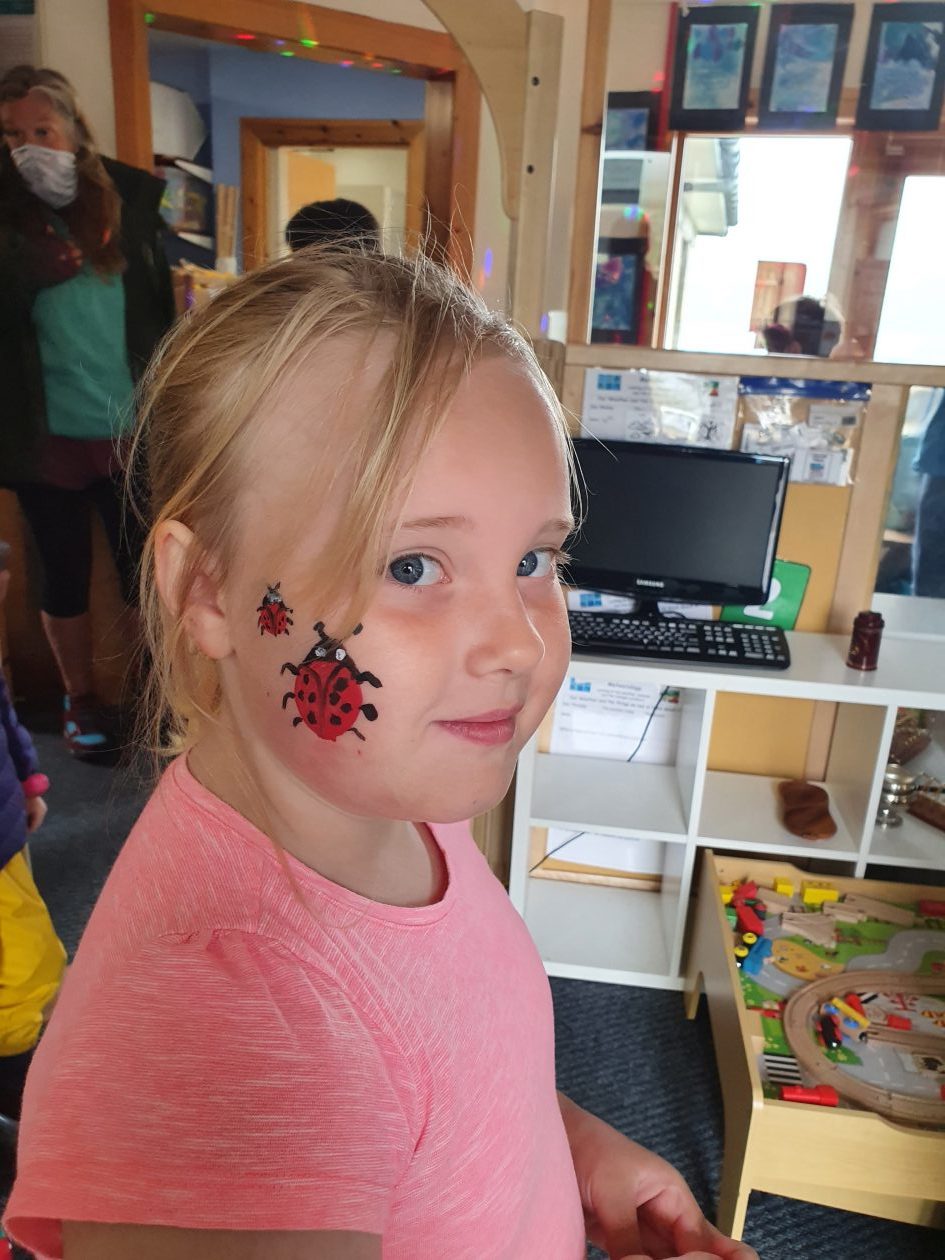
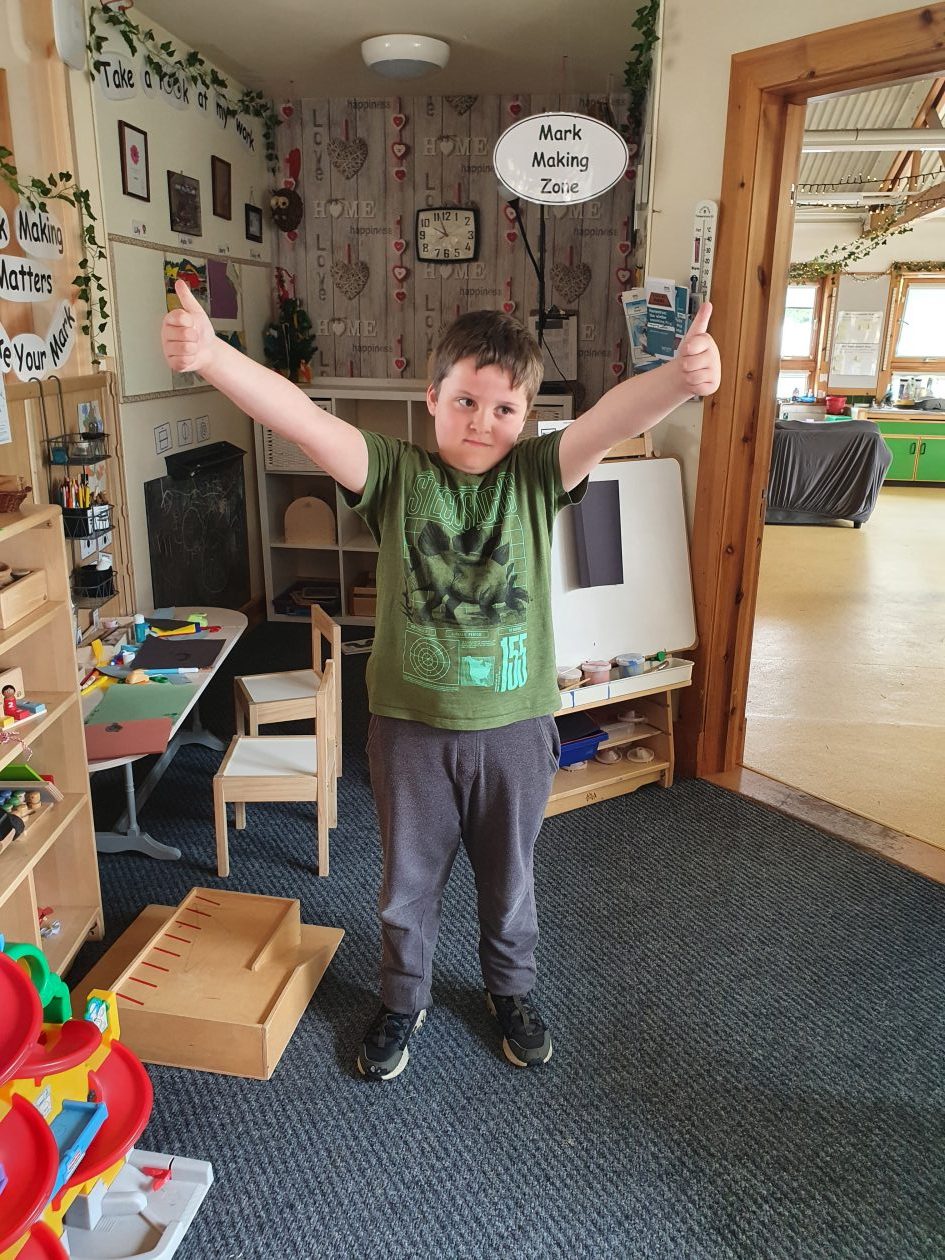
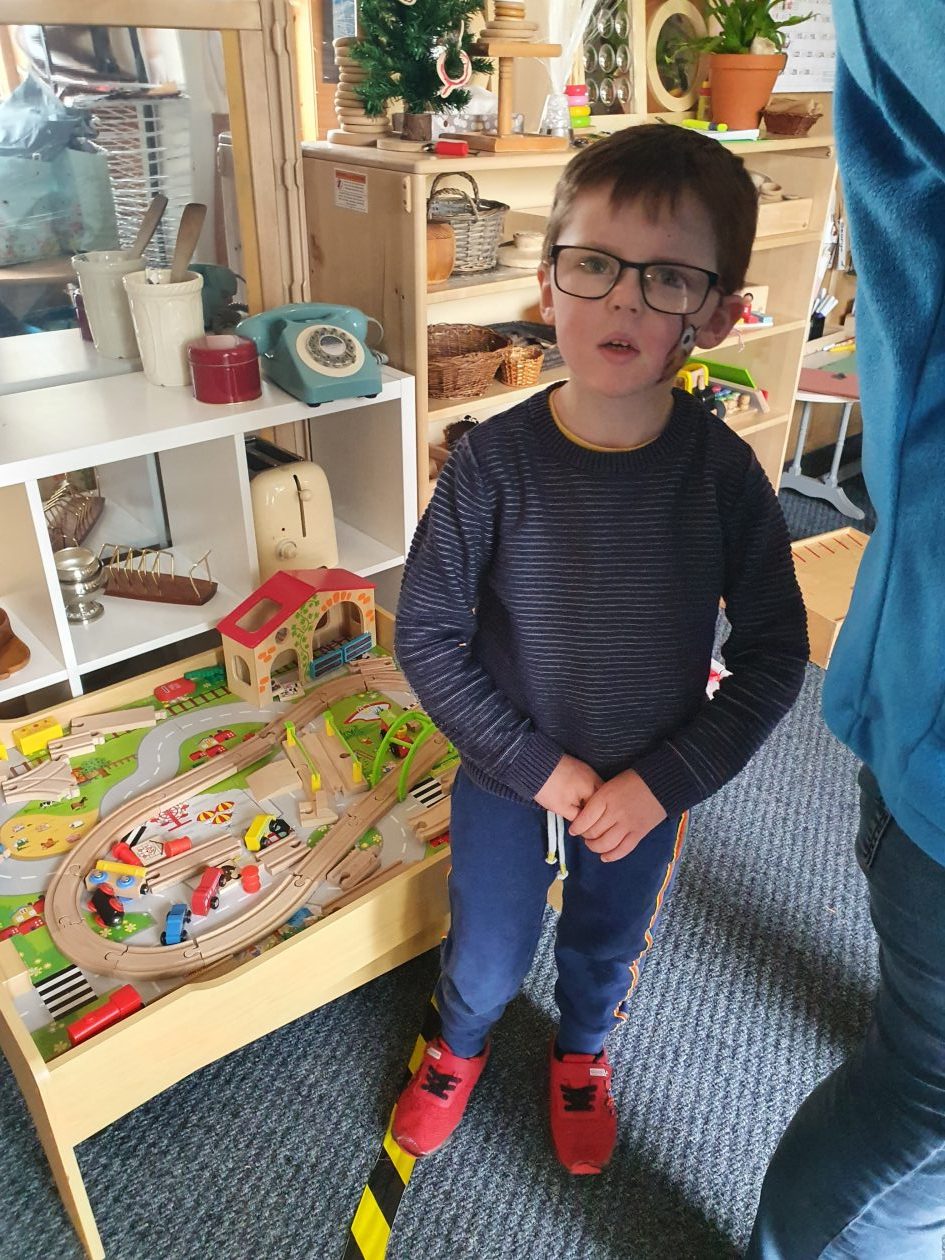
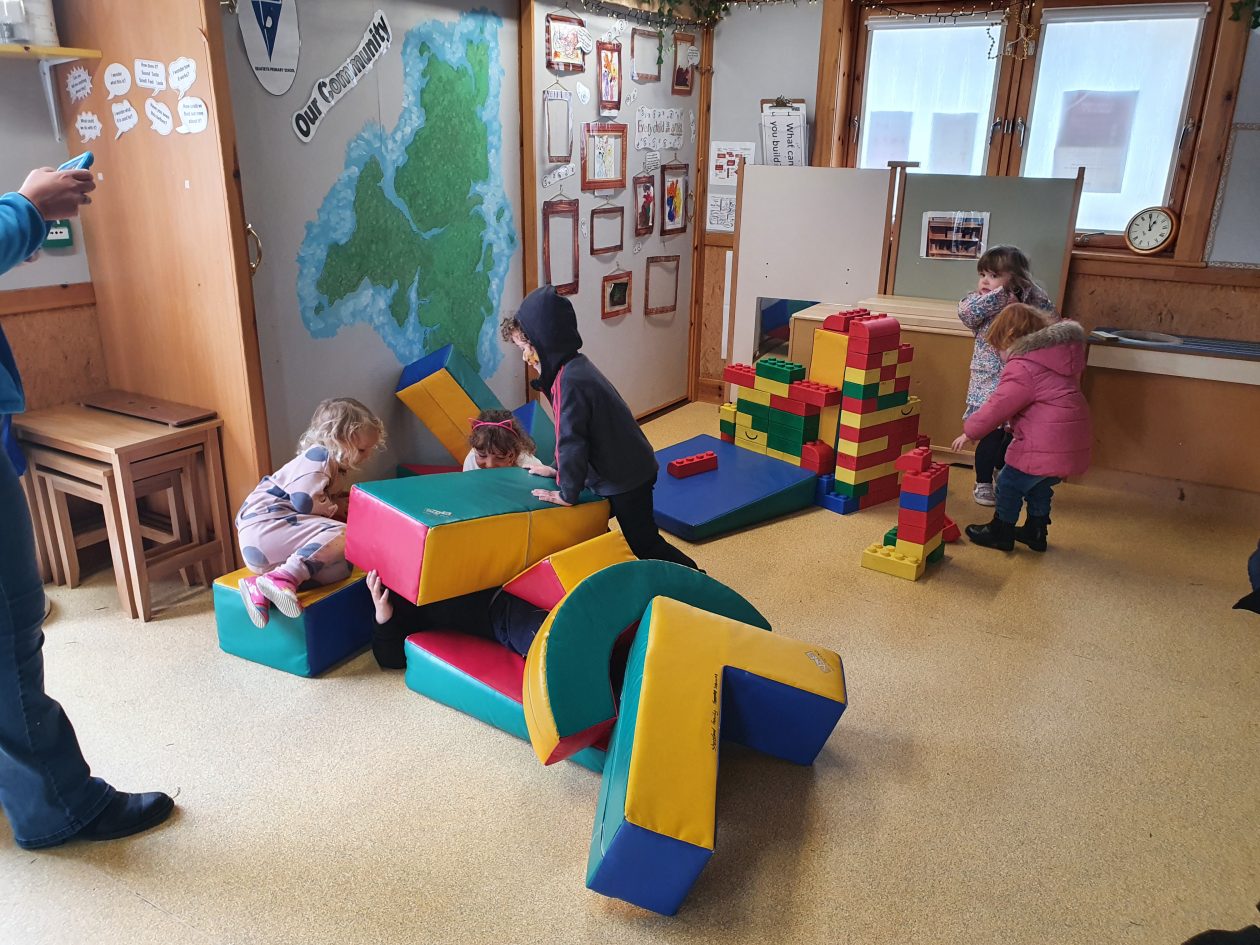
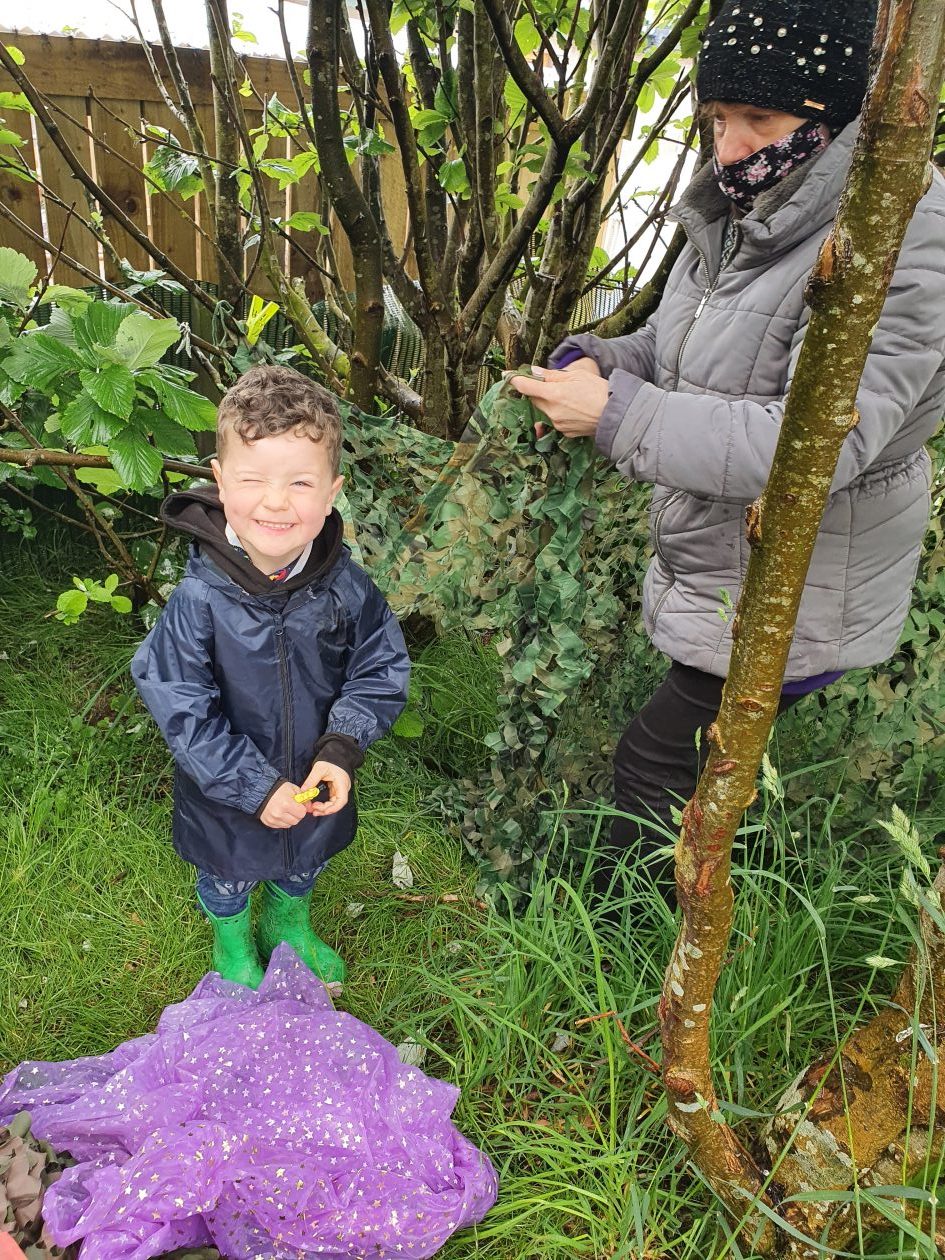
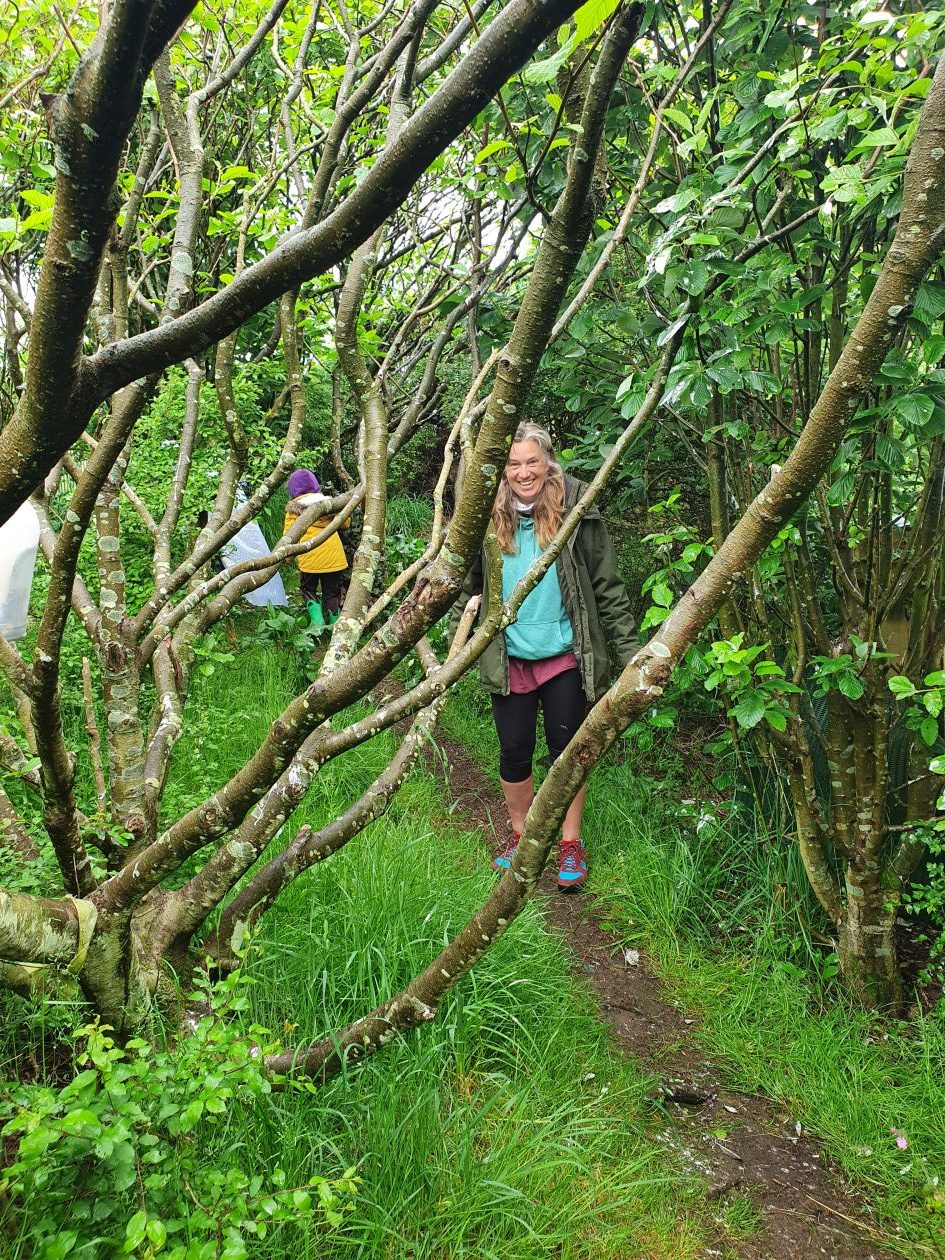
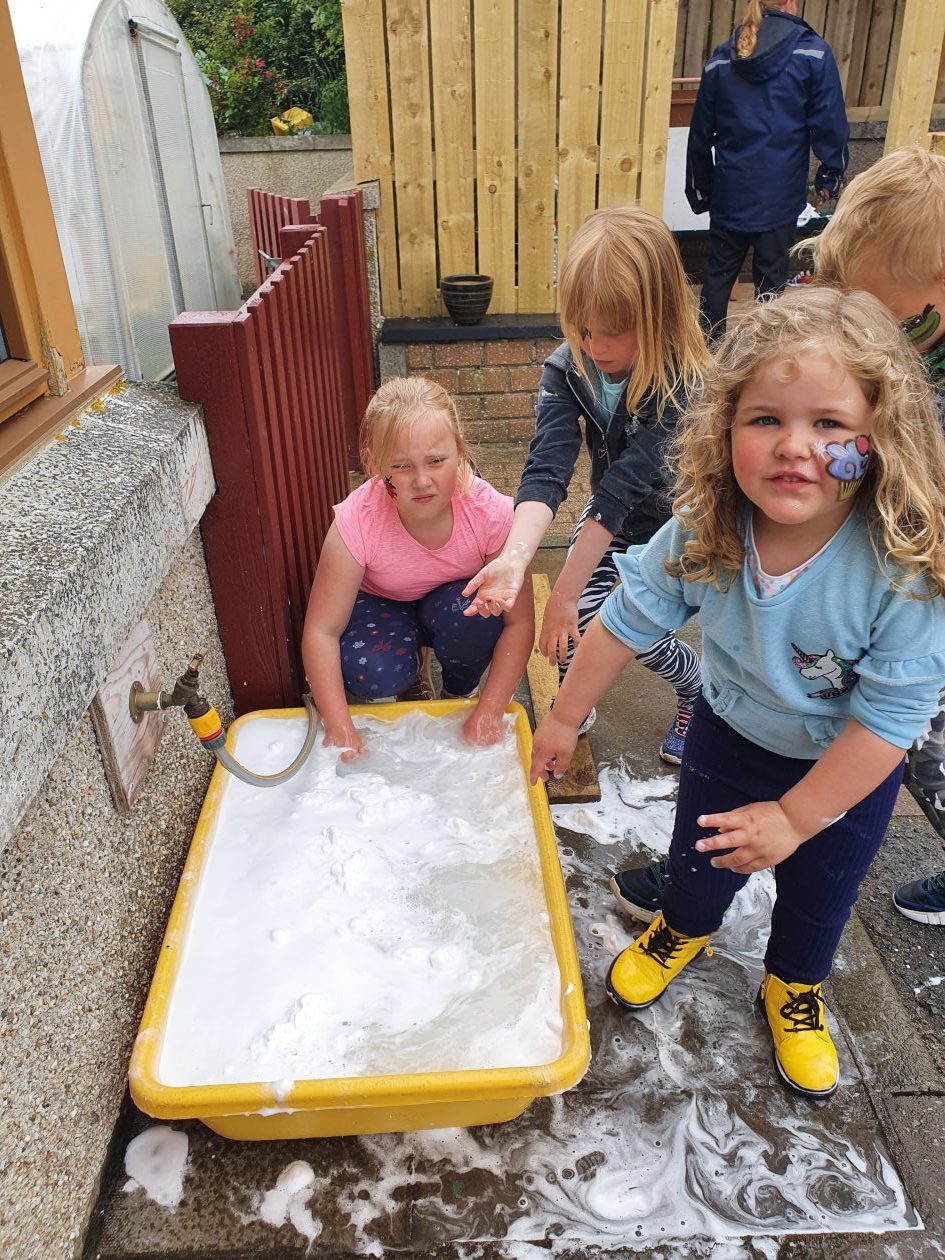
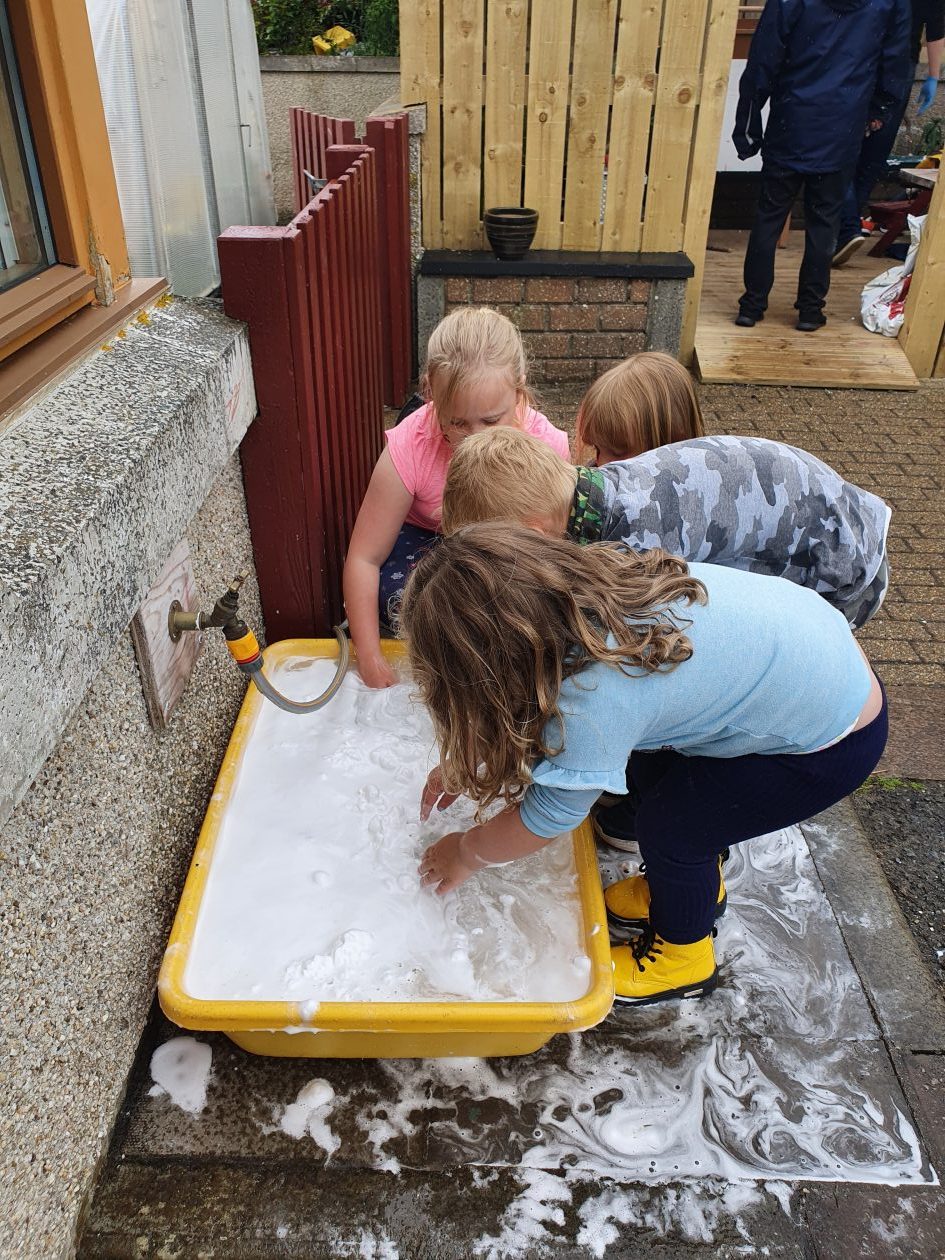
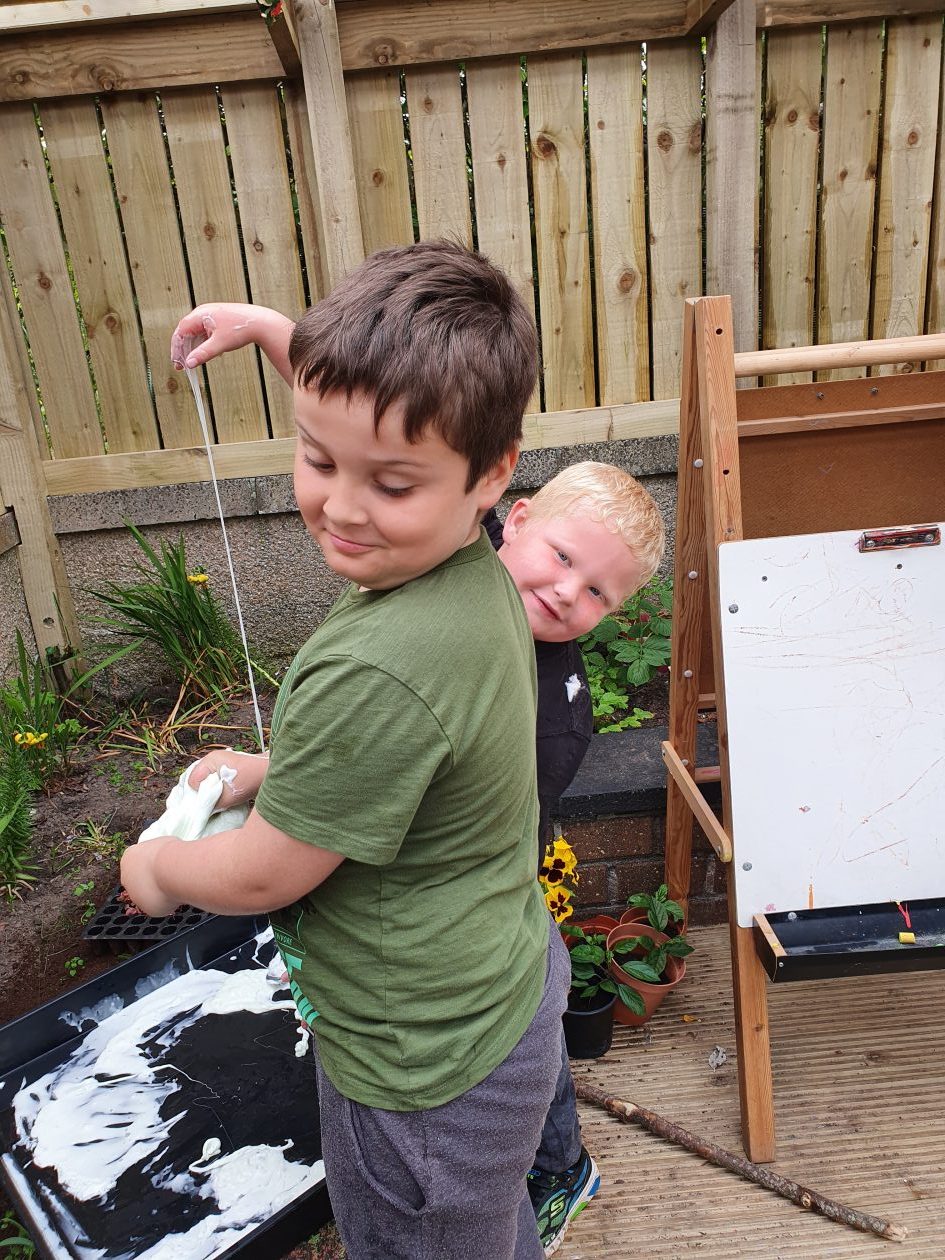

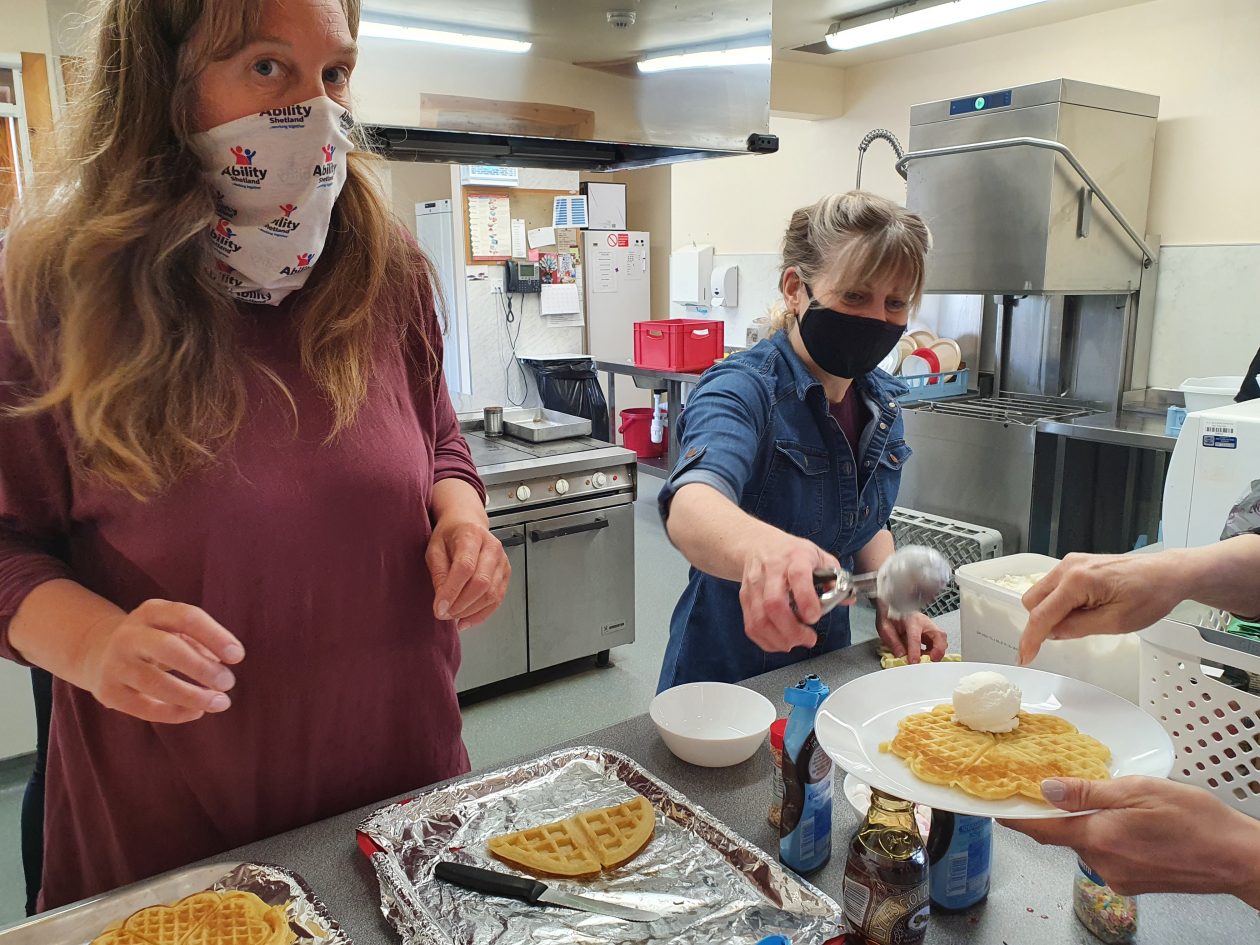

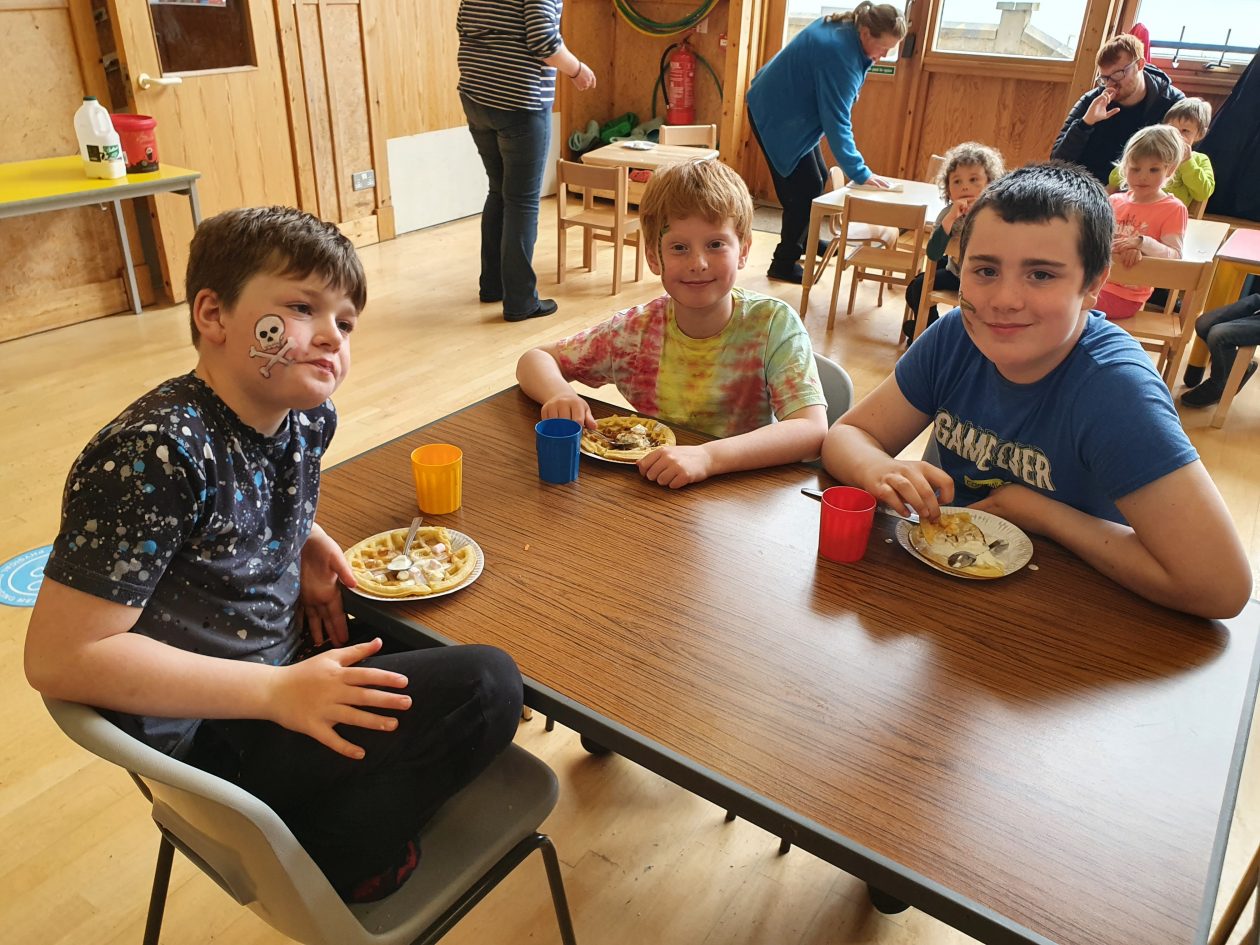
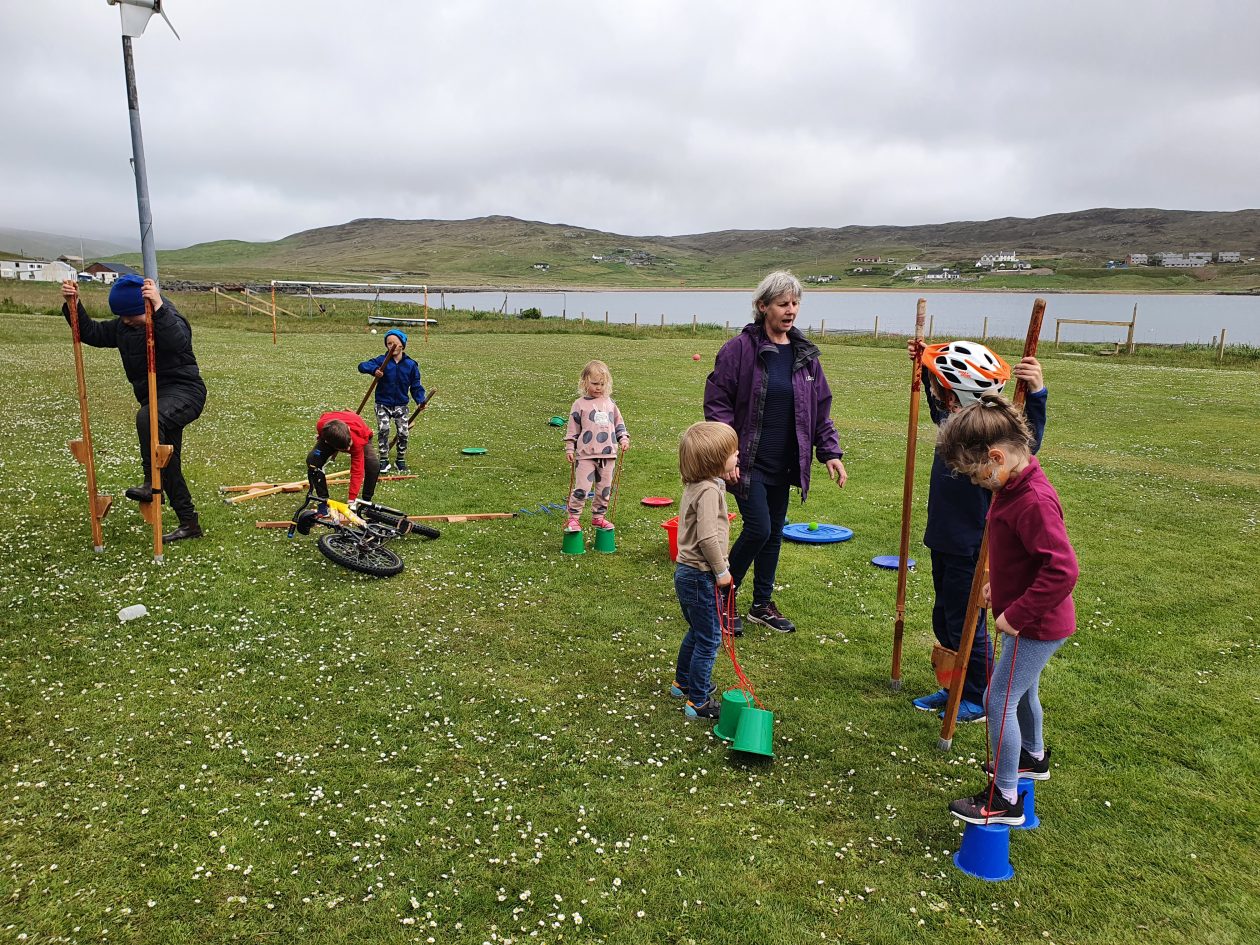
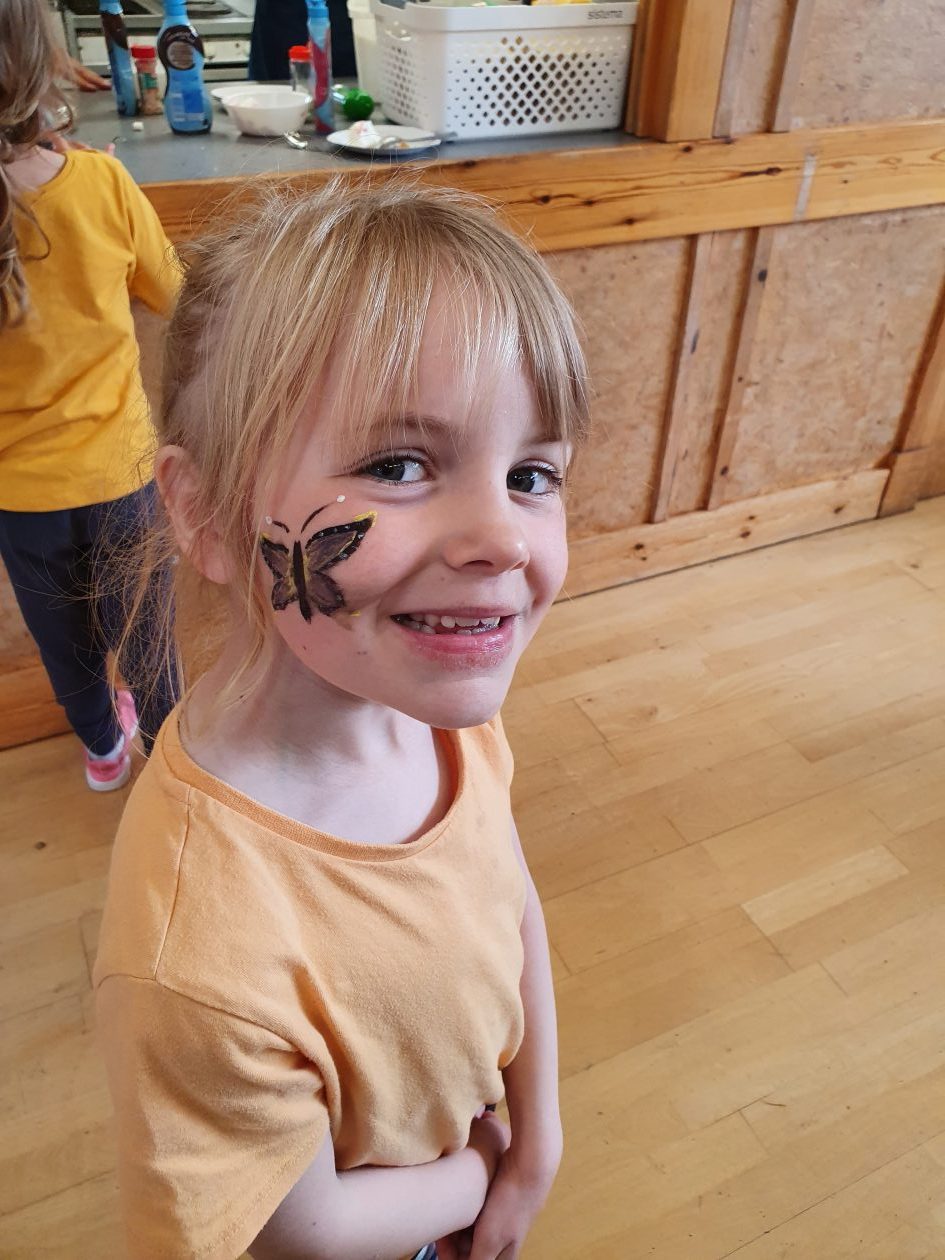
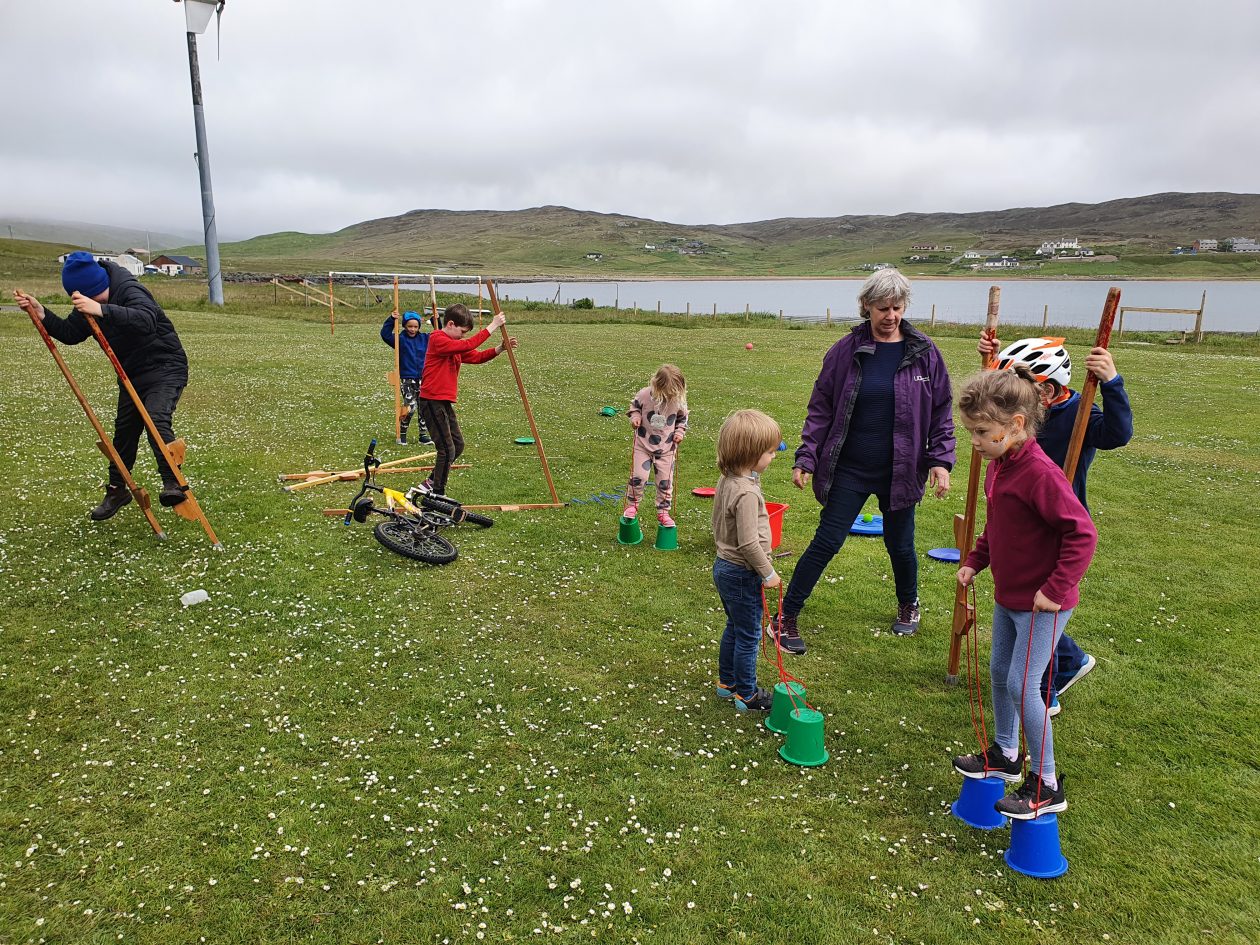
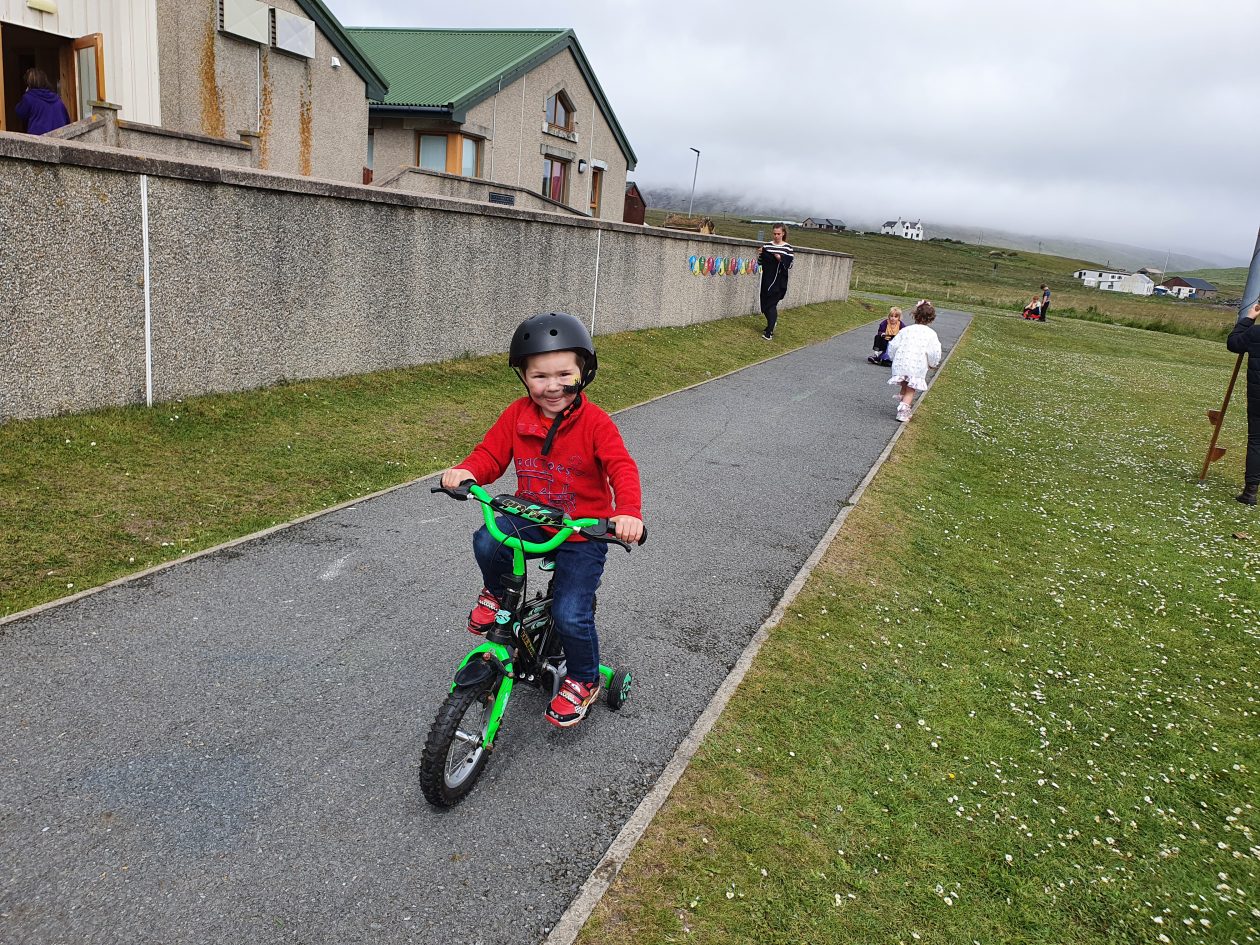
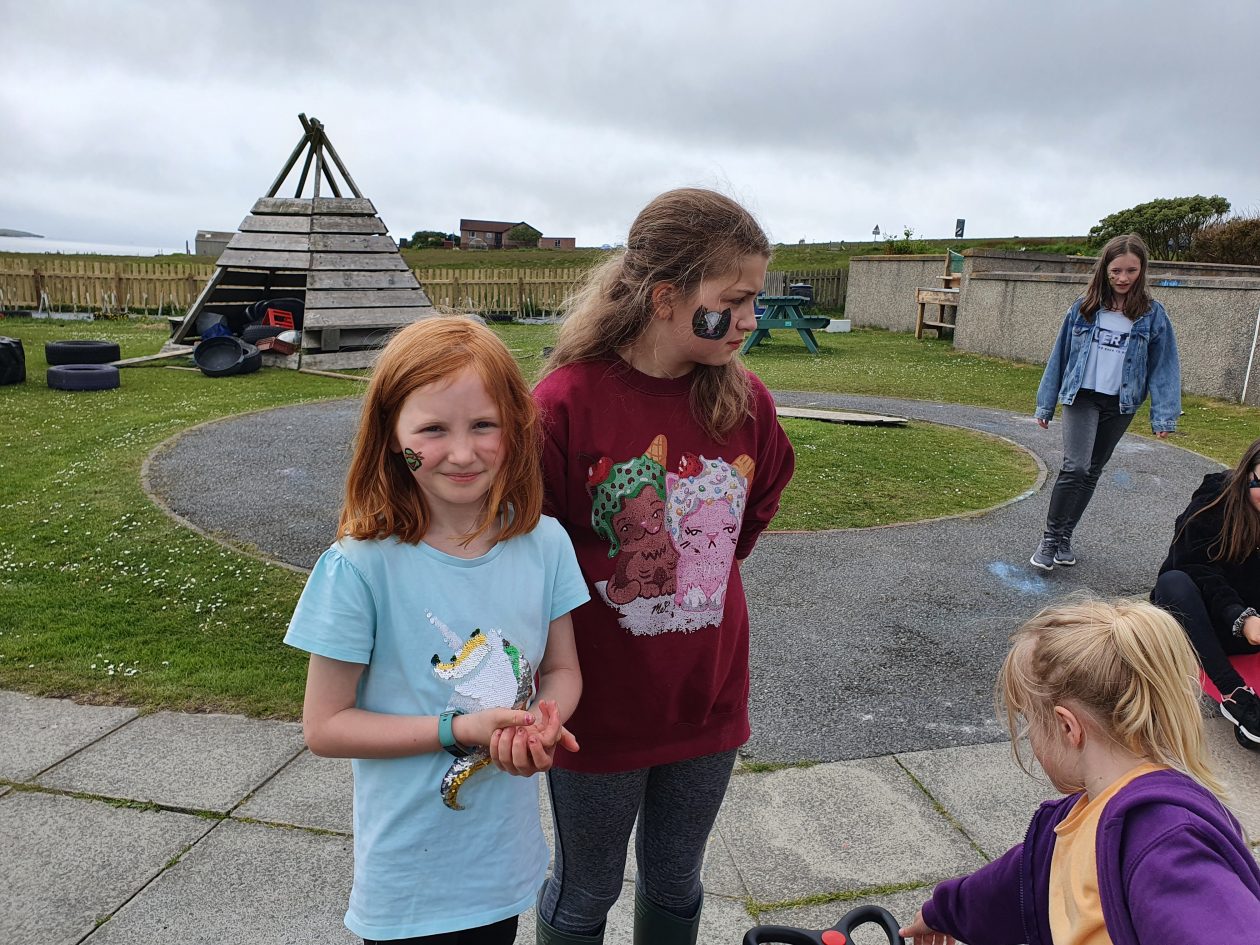
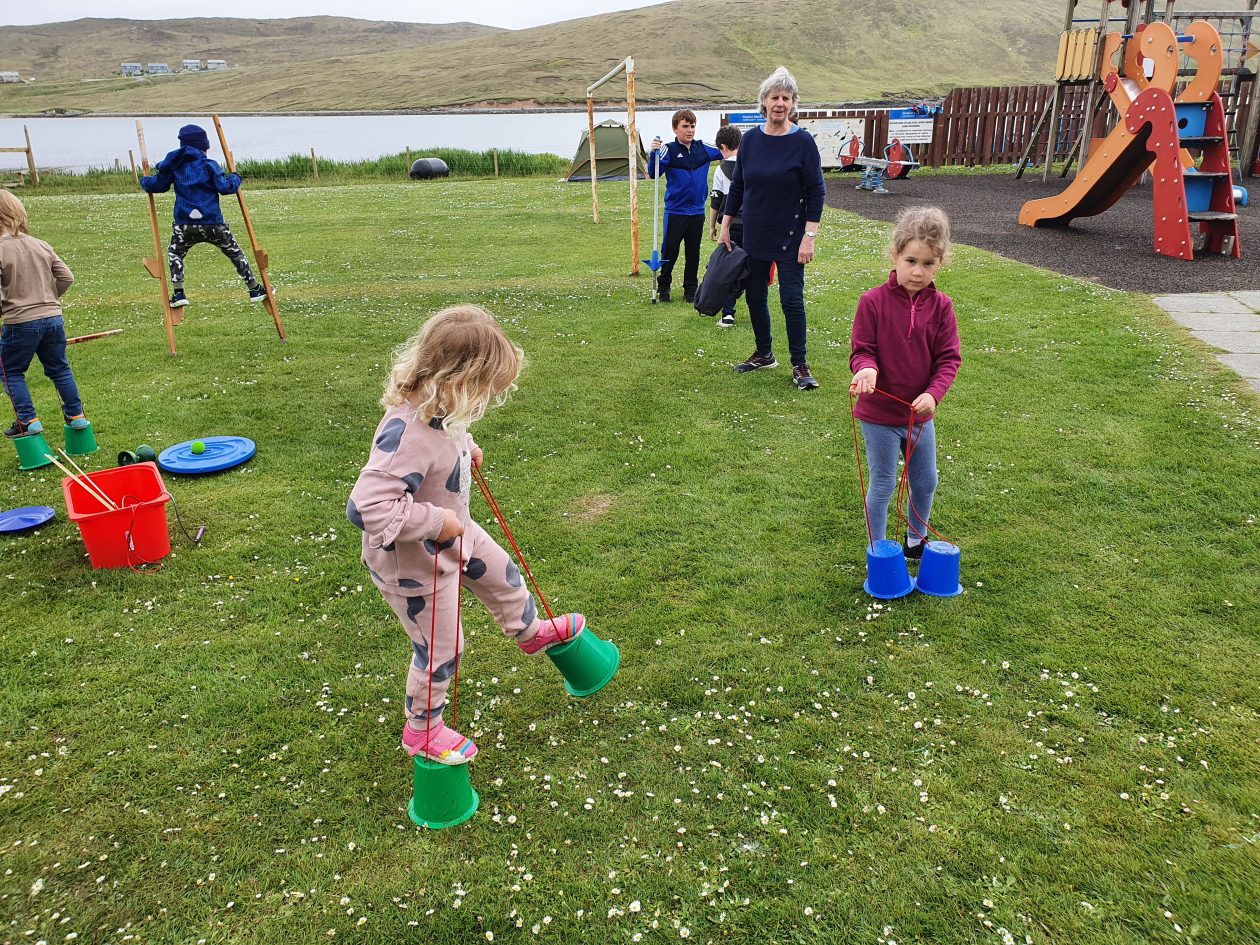
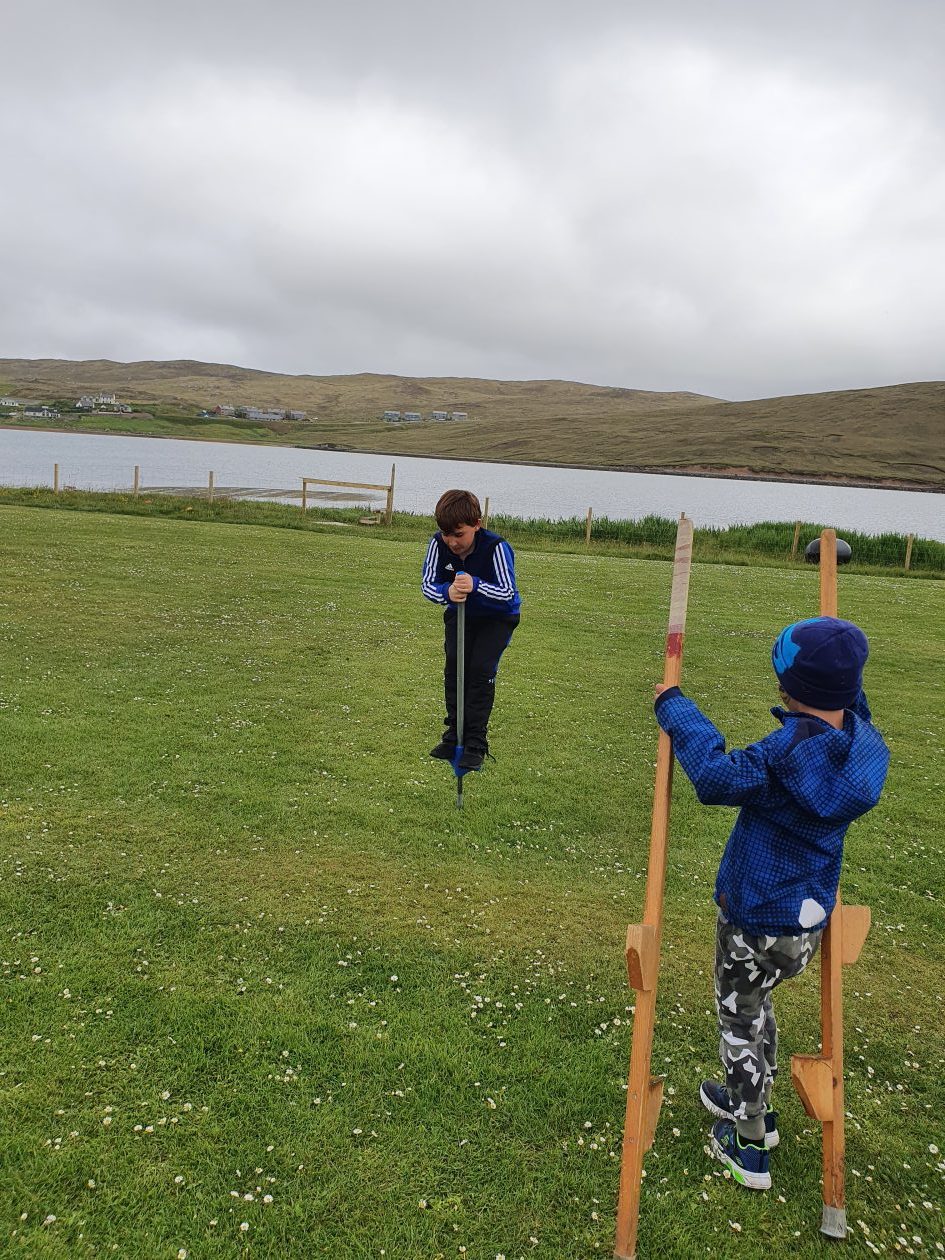
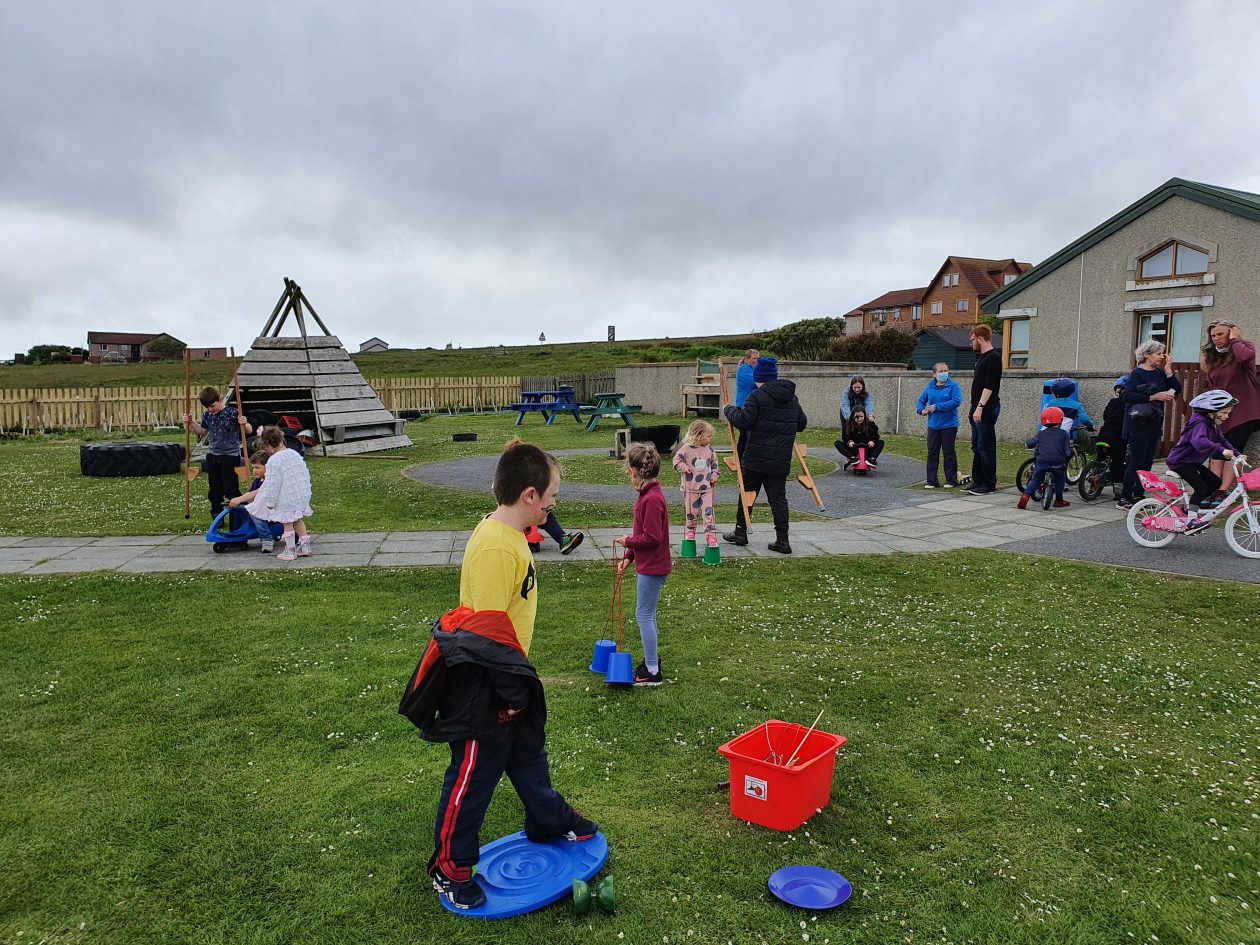
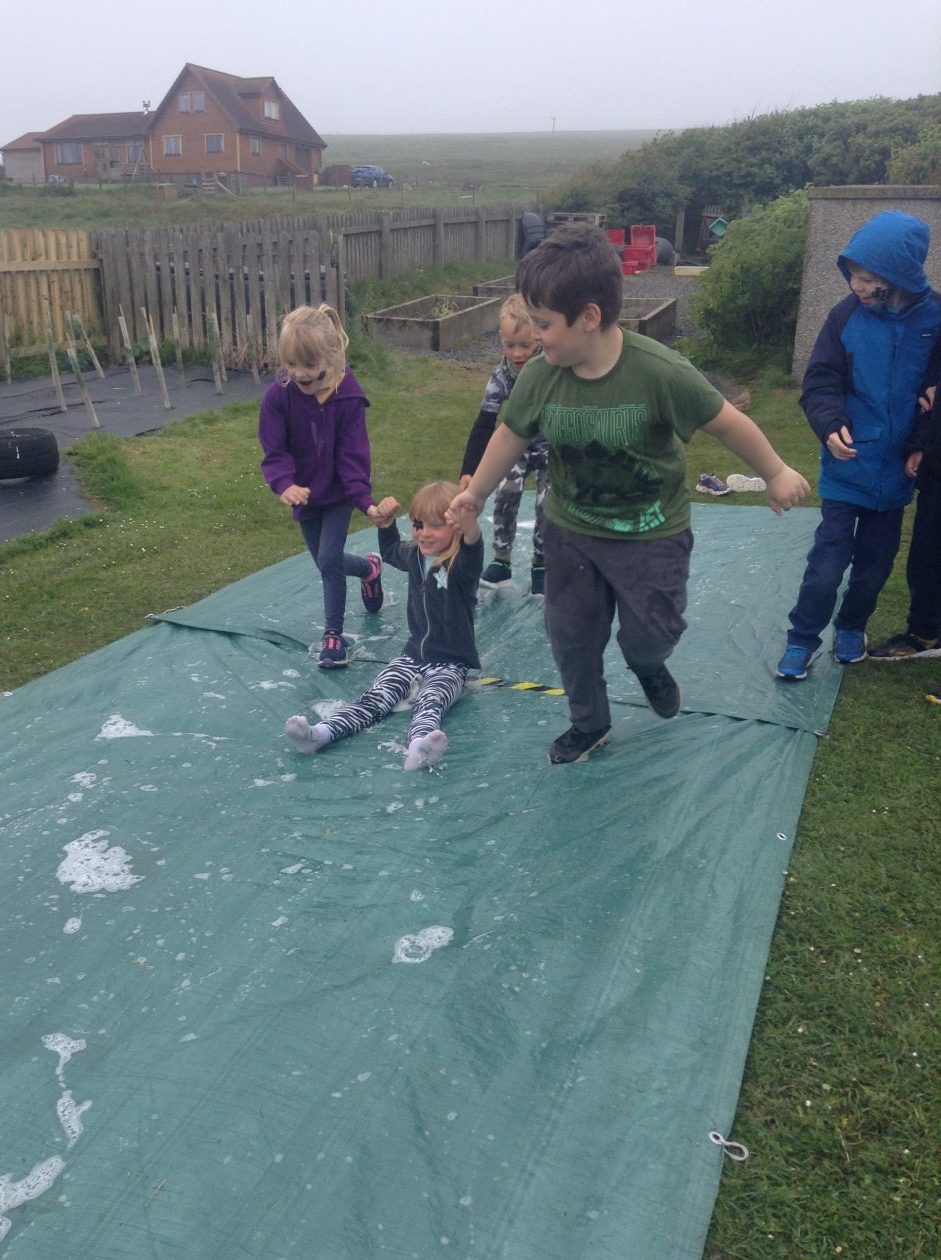
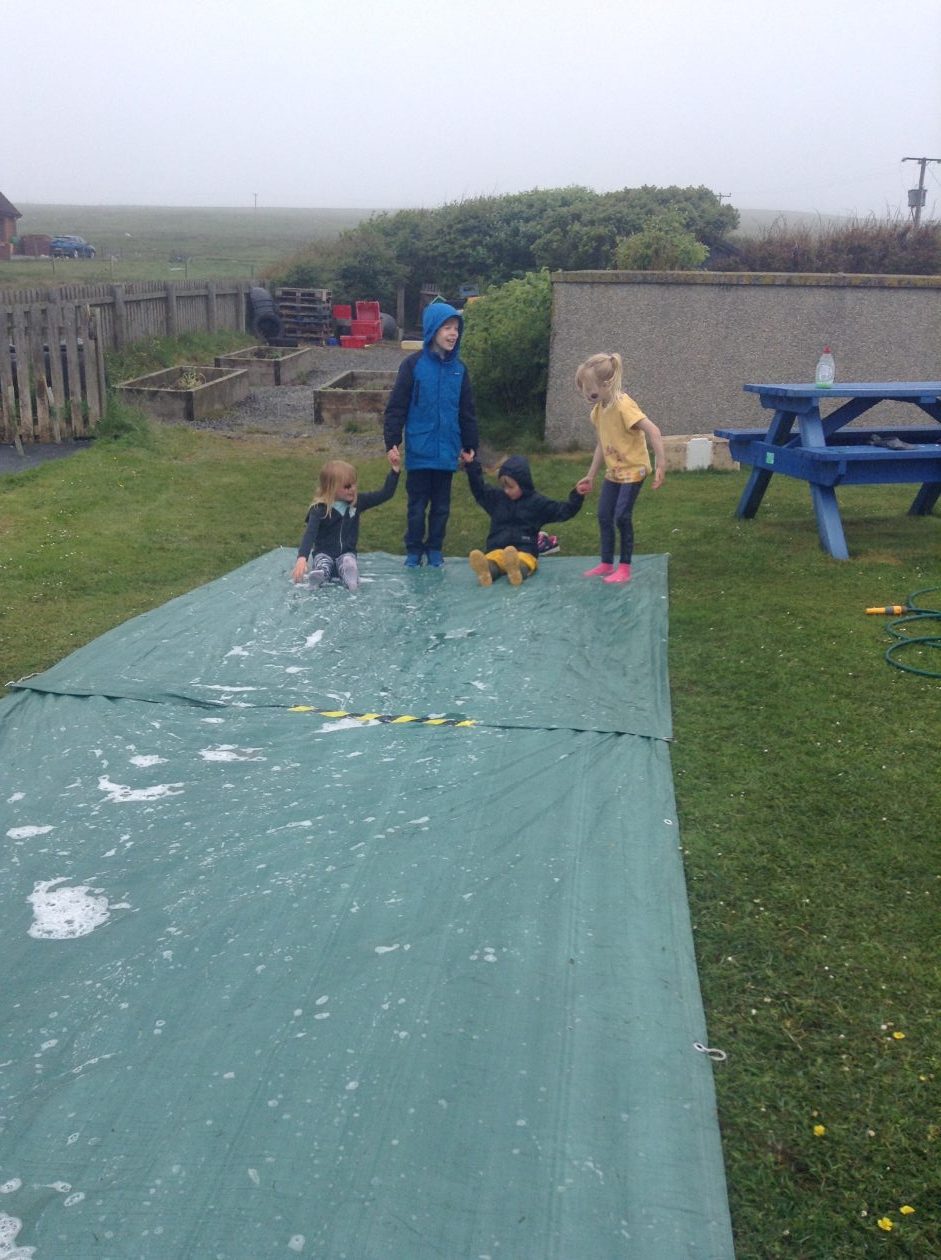
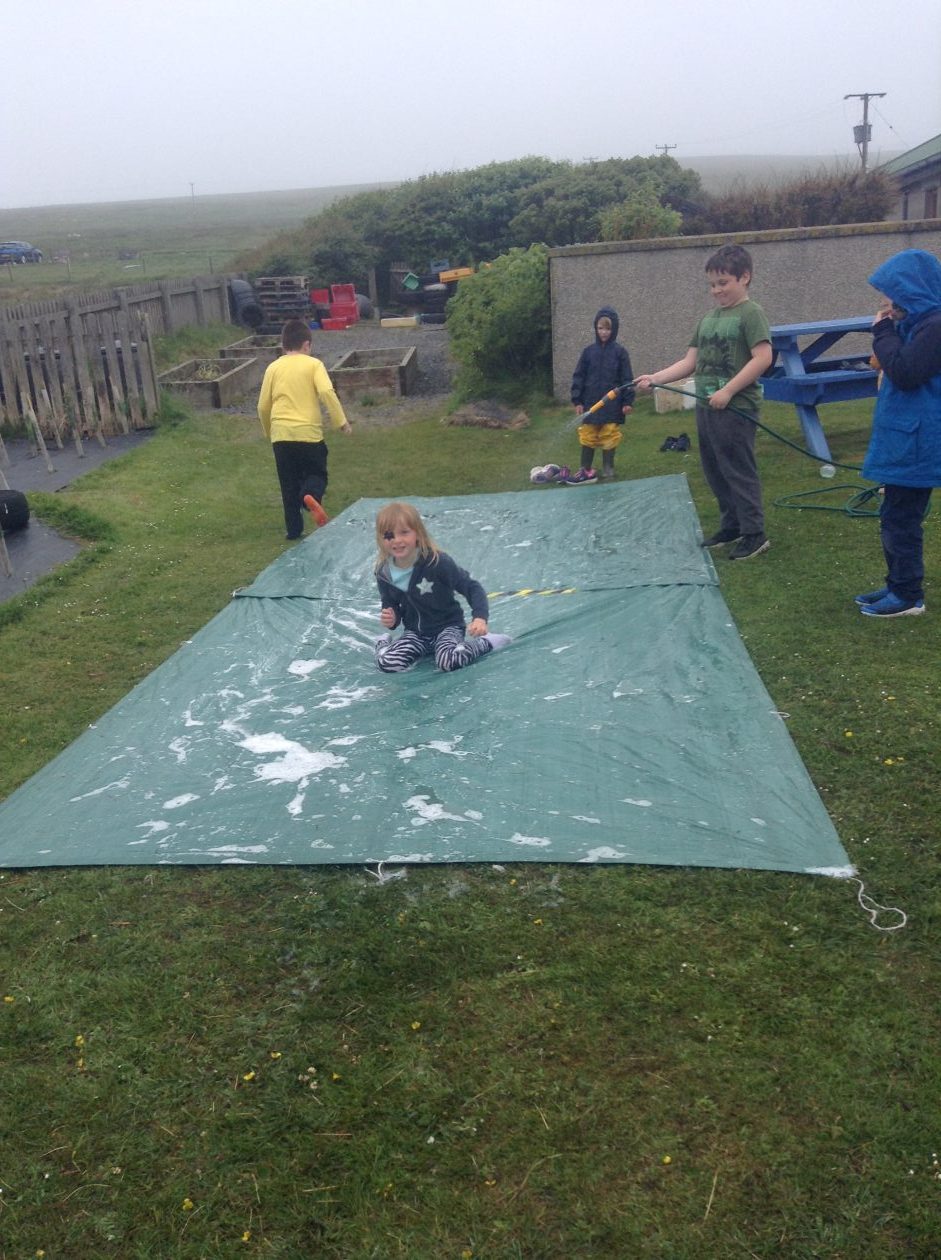
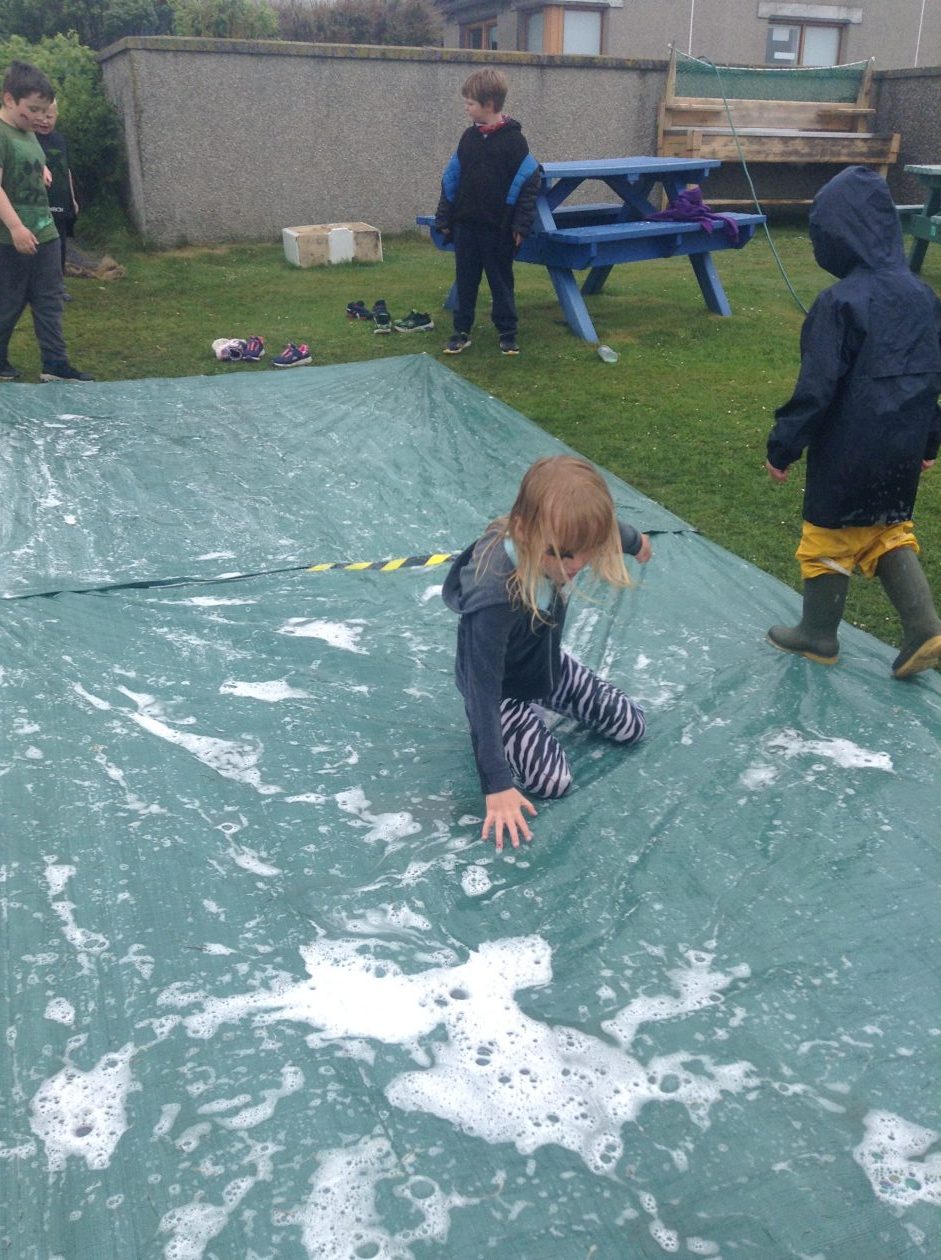
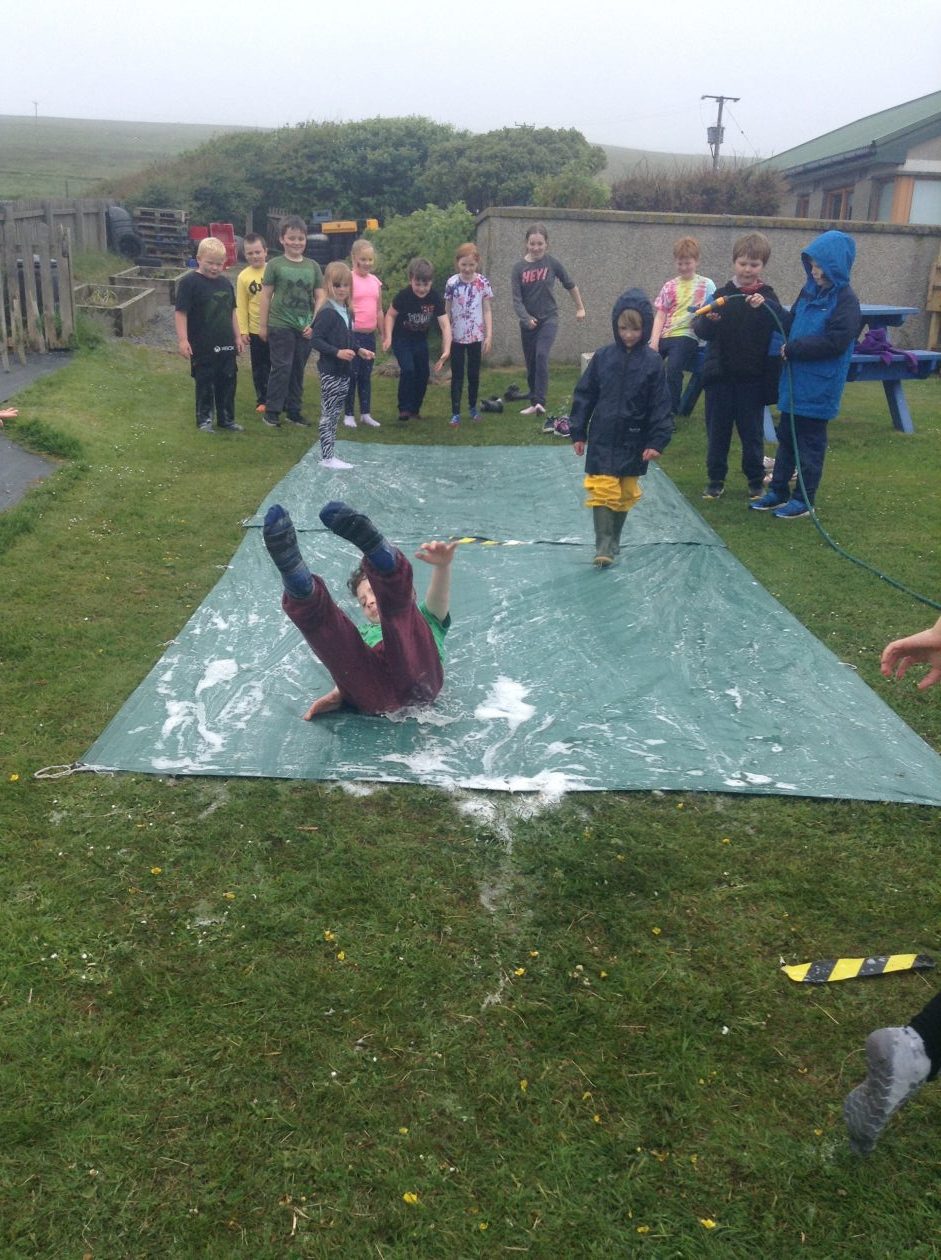

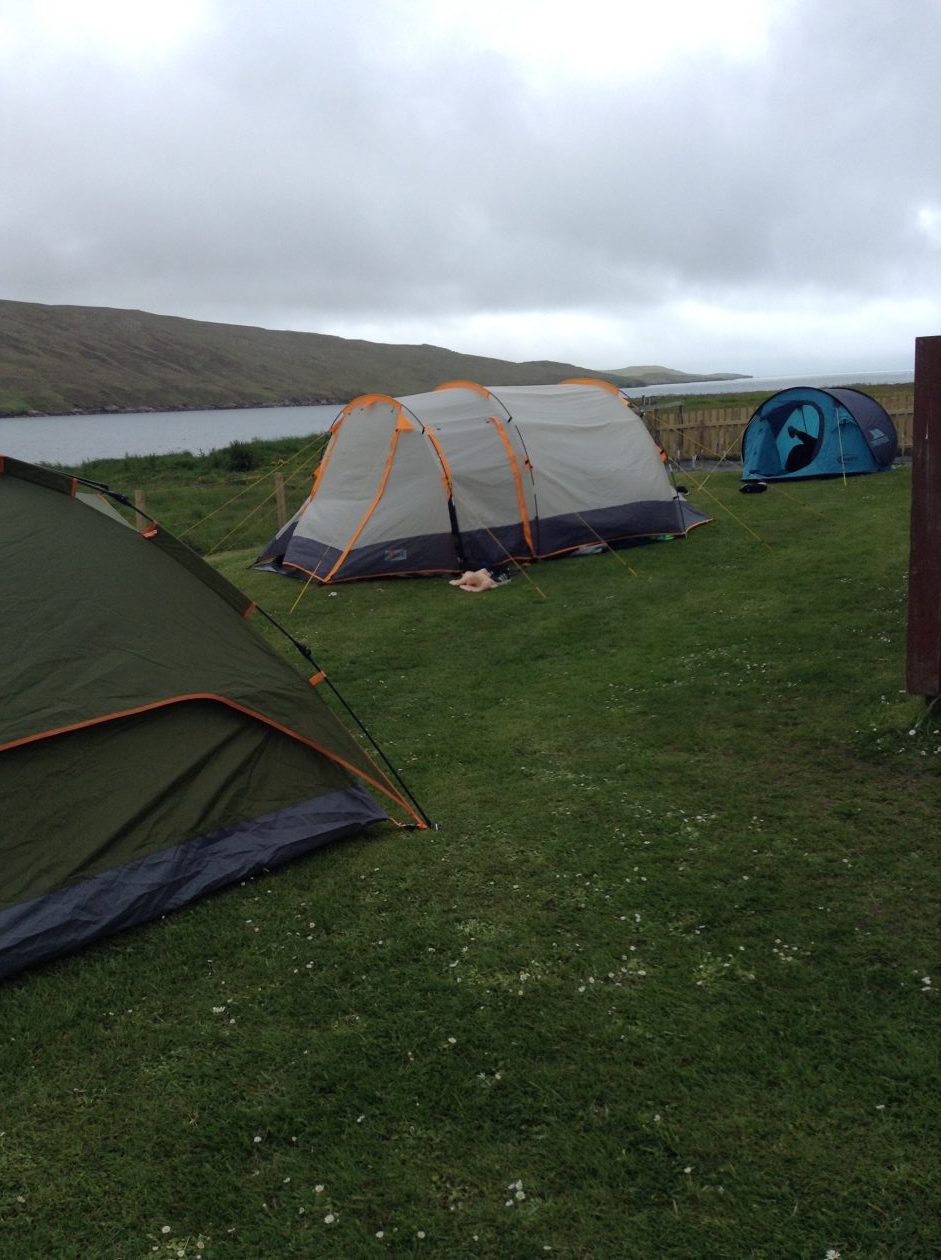


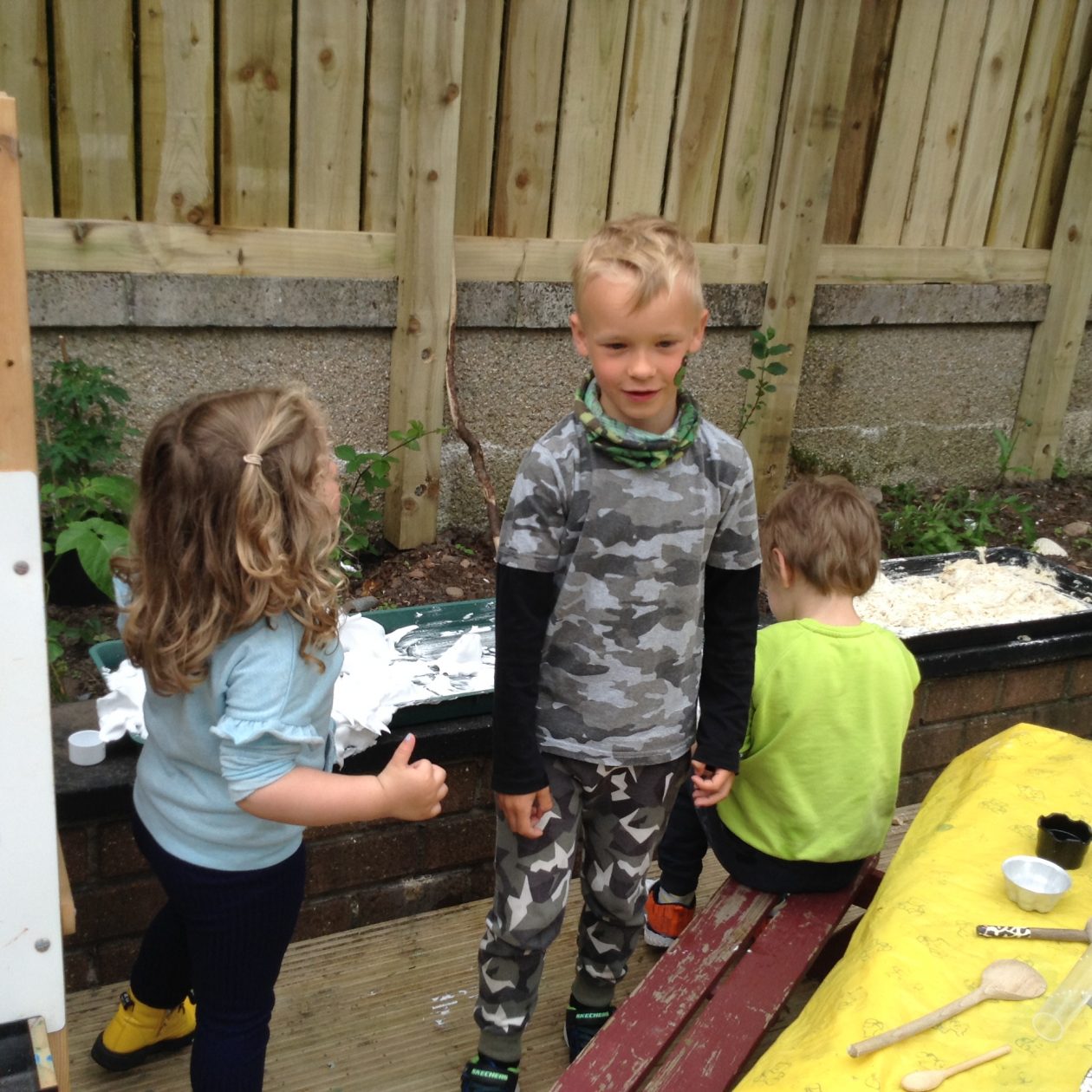













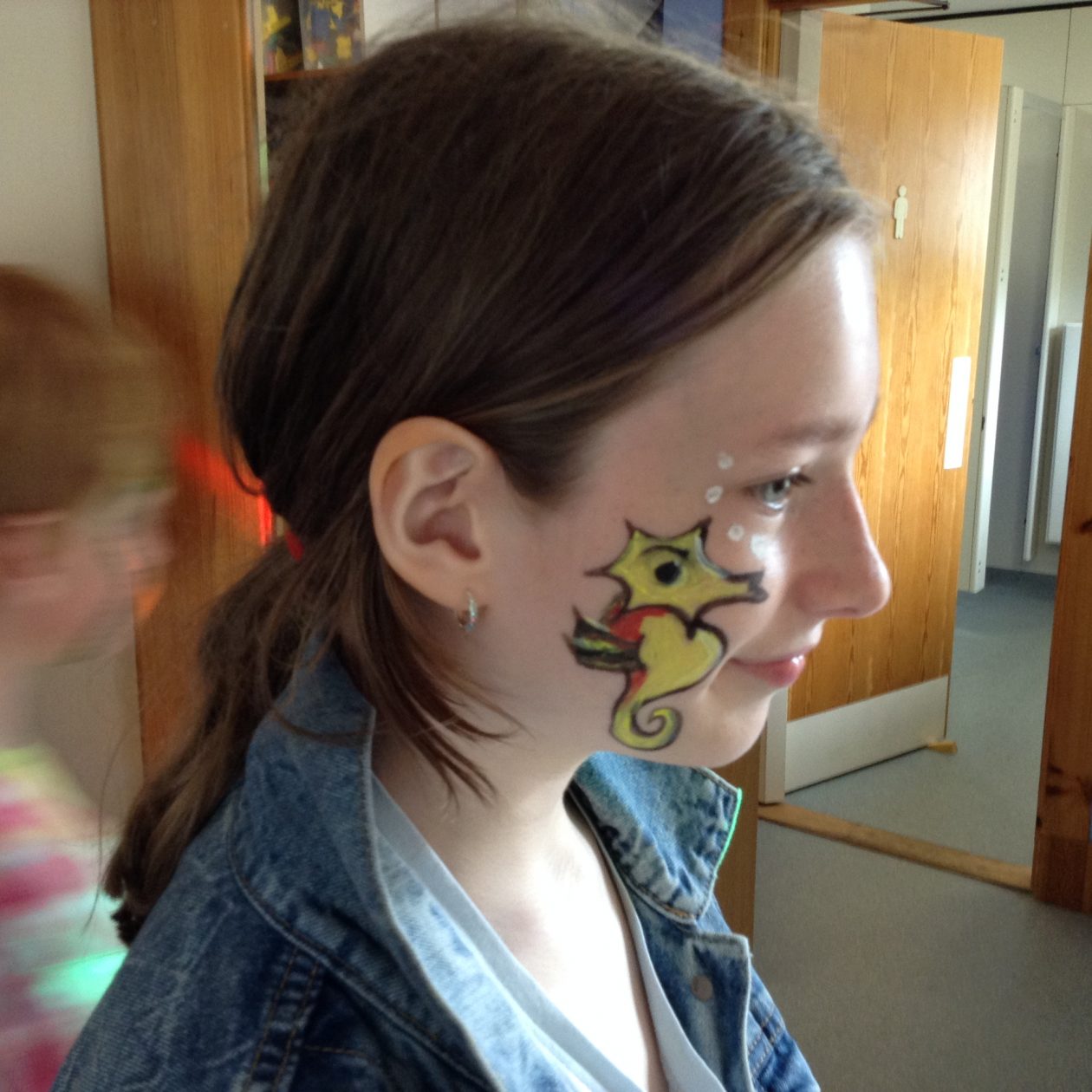
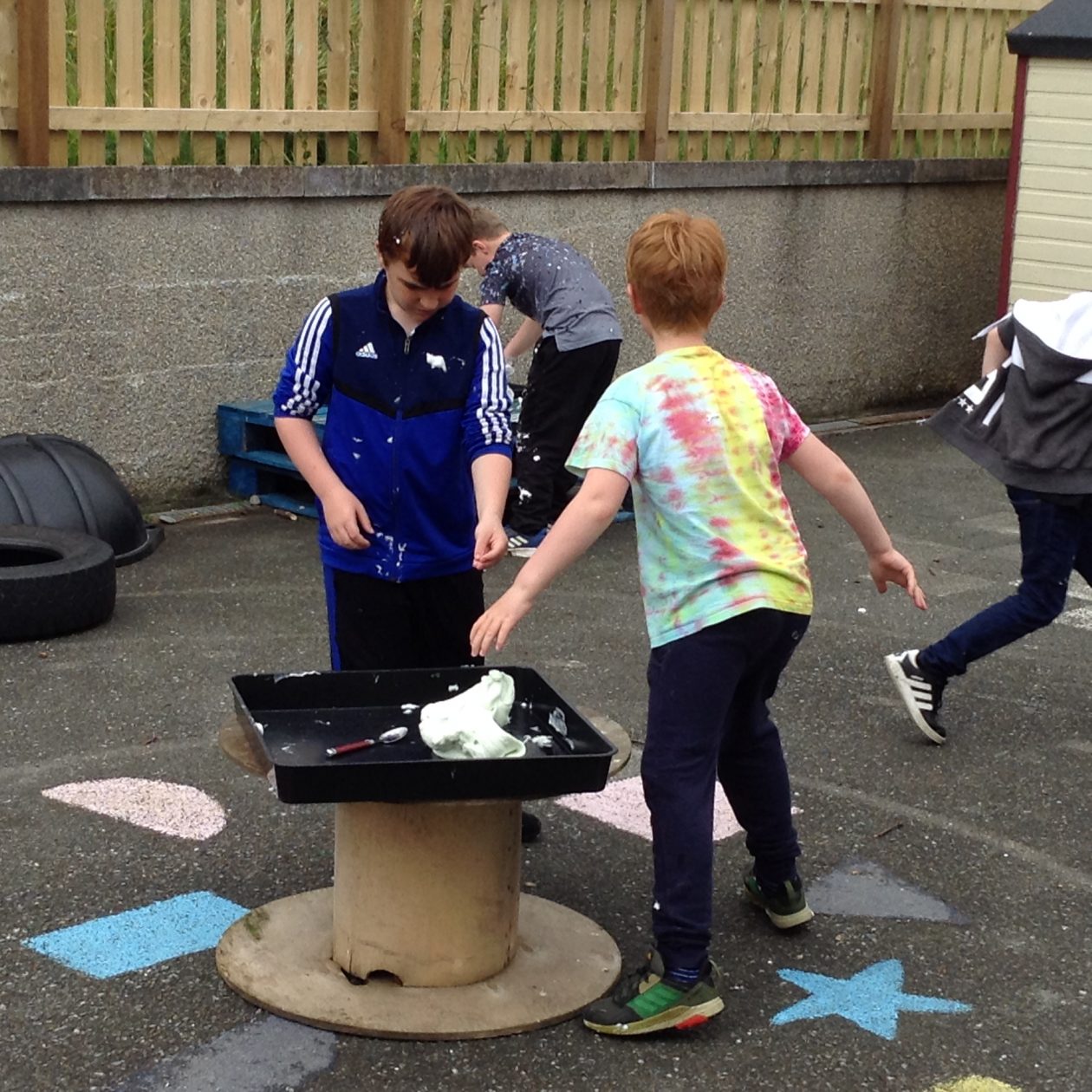
The Christmas Show
Here is Shrek 2 – enjoy!
Return to indoor PE
Here are the control measures to ensure a safe return to indoor PE:-
| Issue | Control Measures |
| Changing | Changing rooms are an area of increased risk of transmission and should be avoided where possible. |
| Consideration should be given to the needs of children and young people who require additional support. | |
| When considering the use of changing rooms, schools should ensure that they implement pragmatic and proportionate control measures which reduce risk to the lowest reasonably practical level. | |
| Young people should be encouraged to arrive at school in their PE kit on days when physical education lessons will take place and, where possible, wait until they get home to change. | |
| Consideration should be given to alternative places for storing learners’ belongings, for example, assigning each learner their own space. | |
| The management of changing rooms, if required should be effective, working as per the risk assessment and updated to reflect any changes in PE guidance and public health advice | |
| Changing – Swimming | Only use the allocated cubicles & lockers. |
| Avoid touching any other areas of the changing areas. | |
| Place “in use” sign on allocated cubicle & use this same cubicle once session is finished. | |
| Swimmers must make their way immediately to their allocated cubicle, change & leave the facility as quickly as is reasonably practicable through changing room to back door for collection. | |
| Cleaning | The physical education department and active spaces must be linked to the enhanced cleaning programme across the school. Shetland Recreational Trust staff will carry out enhanced cleaning duties in their facilities, supplemented by day cleaners where required. |
| More frequent cleaning of rooms/areas that must be used by different groups…(for example, classrooms, toilet blocks, changing rooms and staff areas)’. | |
| Movement of children, young people and staff between classrooms should be minimised wherever possible. Where this cannot be avoided, the provision of appropriate cleaning supplies to enable them to wipe down their own desk/chair/surfaces before leaving and, especially, on entering the room should be considered. | |
| Equipment | Activities where there is no sharing of equipment are safer than those that do, therefore teachers should plan activities that minimise the use of equipment. |
| If any equipment has been shared, this should be carefully cleaned before next use/between each lesson. | |
| Consider keeping extra equipment on hand so that teaching time is not lost to re-clean equipment. | |
| Where possible, remove equipment from indoor spaces that are not essential for participation purposes, for example, benches, tables. Where this is not possible appropriate cleaning measures should be put in place. | |
| Fixed equipment should be checked by the teacher prior to use to avoid children and young people having to adjust or touch it. | |
| Equipment that is difficult to clean should be taken out of use. | |
| Equipment – Swimming | No personal pool equipment such as floats are to be brought to the lessons by pupils. |
| Any personal equipment such as goggles or swim caps etc should not be shared at any time. | |
| Movement | Learners should enter the area individually and make their way to a designated space. |
| Physical distancing should be encouraged where possible, between adults, and between young people, particularly in the senior phase. | |
| Where possible, the teacher should have an assigned area to ensure 2 m spacing. This should be clearly marked. It is recommended that staff wear a face covering out with this designated area when interacting with young people or supporting practical tasks. | |
| Teacher demonstrations/explanations could be done from an assigned area to ensure they stay an appropriate distance from learners. | |
| Brief interactions between teachers and learners closer than 2 m is permitted. If these are brief (15 minutes or less) then no additional measures are needed. | |
| Where adults cannot keep 2 m distance and are interacting face-to-face for a sustained period (about 15 minutes or more), face coverings should be worn. | |
| Where there is a need to work in close proximity with adults and young people requiring additional support, the safety measures to protect adults and children and young people alike should be followed. Staff should wear a face covering, and wash their hands regularly before and after contact. | |
| Clearly communicate the route and rules with learners ahead of every location, movement and transition. | |
| Use learner voice to reflect on how well protocols are being followed and how practice can be improved. | |
| Consider using physical and visual aids to define space and modify layouts, for example, tape, rope or chalk on required surfaces/walls. | |
| Movement – Swimming | PE teachers will be permitted to teach swimming groups from more than one school in a day. |
| Personal Hygiene | Hand-washing facilities or hand sanitiser stations should be available and easily accessible at entry/exit points, when children and young people move between groups and when entering or leaving a facility. |
| Hands should be washed and dried thoroughly or sanitised before and after the activity. | |
| There should be no handshakes at the beginning or end of any activity. | |
| There should be no sharing of water bottles. | |
| Personal Hygiene – Swimming | Face coverings should be secured with pupils’ own belongings |
| Once changed, face coverings should not be taken poolside & left at the side of the pool | |
| Pupils will be encouraged to maintain social distancing once face coverings have been removed in the changing area. | |
| Physical Distancing | Games halls and pools are to be regarded as classrooms and an extension of the school estate, except where this would breach statutory requirements placed on a facility provider. |
| Physical distancing where possible between adults, and between children and young people, particularly in the senior phase. | |
| Focus on activities that do not involve close physical contact. This will contribute to further lowering of any risk involved. | |
| During contact activities, physical distancing does not need to be maintained during play, but should be applied at all other times. | |
| Wherever possible, efforts should be made to keep children and young people within the same groups. | |
| Physical Distancing – Swimming | Pool Session conclusions will be staggered where possible, ensuring numbers in the changing area are kept to manageable levels. |
| Teachers deliver lesson from poolside | |
| Physical Distancing | When delivering swimming lessons swimming teachers that are external to a school bubble should adhere to government guidance on social distancing. |
| School teachers and teaching assistants that are internal to the bubble can replicate the same procedures through swimming lessons as they do in the classroom | |
| All parties involved in the delivery of school swimming should have a dedicated officer or lead responsible for Covid-19 considerations, making sure that they are up to date with central or local government guidance. This person should be aware of the rules and guidelines set out by the facility. | |
| Considerations should be made on how to reduce contacts and maximise distancing between those in school wherever possible and minimise the potential for contamination so far as is reasonably practicable | |
| Showering – Swimming | Swimmers must shower before entering the water |
| Swimmers are permitted to rinse after the lesson. No congregation is permitted in the showering area. | |
| Swim changing facilities can be used as normal. These will be allocated and marked as to be used by staff. | |
| Post pool’ such as hairdrying are not permitted as pupils must change and leave the building promptly. | |
| Transport | Buses transporting children to PE facilities are regarded as dedicated school transport and staff and pupils should follow transport guidance |
| Ventilation | Wherever it is safe to do so, doors and windows should be kept open to increase natural ventilation. |
| Internal fire doors should never be held open (unless assessed and provided with appropriate hold open and self-closing mechanisms which respond to the actuation of the fire alarm system)’. | |
| If natural ventilation is insufficient, ventilators, fans or air conditioners provided to ensure a consistent flow of fresh air. |
